Lifestyle Plan for Healthy Knees | Joint Health Regime
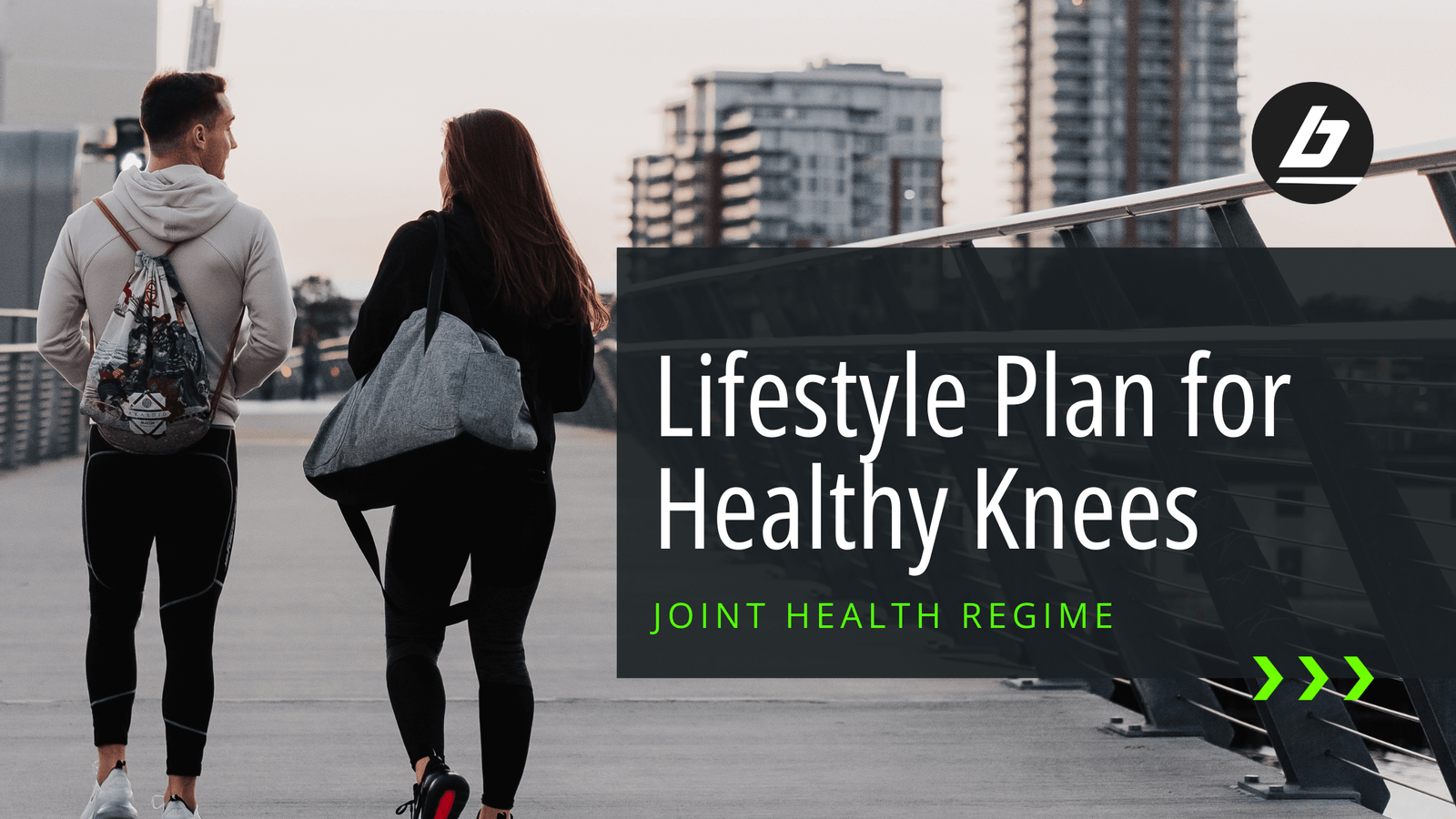
Knee health plays an important role in your health for both the young and the old. You often hear of "older" people suffering from knee pain. It almost makes it seem like a rite of passage — you have to have knee pain as you get older, right?
Wrong! Healthy knees are possible whether you’re an amazing athlete, getting older, or just feel like your knees don’t work "right." If you’re trying to avoid a knee replacement or would just like your knees to feel better, you’ve come to the right place.

What Happens Inside your Knee?
Your knee is an amazing joint, but it also carries a major load. Knees absorb the pressure of your body weight. They experience wear and tear from normal use — just by carrying your body weight around! Athletes feel even more pressure and pain in their knee joints during high impact activities and because of overuse.

Inside your knee are menisci or areas of cartilage. As your knees experience stress, the menisci begin to wear away. This causes your surrounding muscles and ligaments to weaken. Since the cartilage is meant to keep your bones from grinding on one another, your cartilage wearing down causes the swelling, pain, and inability to use your knee. This grinding can eventually lead to osteoarthritis and other degenerative knee problems.
How can you take care of your knees? Check out our tips:
Eat a Healthy Diet
Your knee is made up of tendons, ligaments, and bones, all of which work together. Strengthening your muscles and tendons help your bones stay healthy and strong, improving your overall knee health. A healthy diet can help strengthen your muscles and ligaments. Your diet should include:
- Protein – Eating enough protein helps your body build more collagen and elastin, which your body needs to build healthy tissues, keeping your ligaments and tendons strong. Try including ½ gram of protein per pound of your weight to improve your knee’s tissues, ligaments, and muscles.
- Vitamin C – Include plenty of vitamin-rich fruits and vegetables in your diet to strengthen the collagen. Vitamin C deficiencies weaken the knee’s collagen, causing tendon and muscle issues. Foods rich in vitamin C include broccoli, cauliflower, peppers, strawberries, and citrus fruits.
- Omega 3s – Your body naturally has an inflammatory response after an injury, but foods rich in Omega 3s can also help fight the inflammation. Omega 3 fats include fish, walnuts, and flaxseed. Omega 3s also help your body increase its muscle protein, which helps maintain proper muscle mass.
- Vitamin D and calcium – Calcium builds strong bones and vitamin D helps your body absorb that calcium. Calcium also helps with nerve pain and muscle contractions. Calcium-rich foods include milk, leafy greens, and broccoli. Vitamin D rich foods include egg yolks, salmon, mushrooms, and tuna.
Take Preventative Measures
Taking care of your body before, during, and after workouts is important for your knee health. Warming up and cooling down your muscles reduces the risk of an injury, while providing proper compression helps support the knee, also preventing knee injuries during your workout.
Warming up before exercising moves the blood through the joints and muscles, strengthening your knees and preventing injuries. Stretching also helps give your knees a greater range of motion, which improves your results when exercising. As you move your knee, it releases synovial fluid, which is like a lubricant for your knee joint. This helps protect the knee joint, and gives it a greater range of motion during your work out.
Warm-ups that focus on your knees include:
- Exercise bike – Pedaling helps get the blood moving through the knee area. Set the bike to its lowest resistance and bike for 5 minutes or so to loosen things up.
- Squats – Using on your body weight, squat gently, to warm up your leg and knee muscles, getting them ready for your workout. Wall squats are a great variation if you need extra stability.
- Stair climb or march in place – Bending your knees while doing simple cardio helps gets your blood flowing. Stair climbing may also double as your cardio workout, but during your warm-up, go slow and focus on using your knees properly
- Brisk walking – Walk at a brisk pace for 5 to 10 minutes to get the blood flowing throughout your body, allowing a greater range of motion and healthier movement of your knee joints.

If you have any type of knee injury or you worry about overworking your knees, it's also worth considering wearing a compression sleeve. Properly compressing with knee sleeves and compression tights help increase blood flow and reduce pain. Knee compression gives your knee more flexibility, range of motion, and endurance while allowing you to work out at a steady and healthy pace.
Stay Active & Feel The Burn
Your exercise routine should focus on weight training and resistance band training. Try avoiding any workouts that put too much strain on the knees, including high impact cardio exercises, such as running and jumping, or squats with heavy weights. Instead, incorporate weight and resistance band training for weight loss and strength building while being gentle on the knees.
When weight training, consider starting with low weight dumbbells. This isn’t a weight lifting contest — the idea is to go slow and steady. Get your body used to the low weights before increasing them. The faster you increase the weight, the harder it is on your knees.
When using weights, consider the following:
- Start with a few reps and build your endurance up by adding more. If an exercise calls for 10 reps, start with 2 or 3 and see you feel. Once you master the maximum number of reps for each exercise, increase your weights by a few pounds and start all over again, with small repetitions, allowing your body time to get used to the heavier weights before increasing your repetitions.
- If you aren’t ready for weights or you want to slowly break into them, try resistance band training first. Resistance bands use your own body weight for resistance. You’ll get just as much of a workout without the risk of hurting yourself using heavy weights. You may be surprised at how well a resistance band can assist your efforts.

Allow Time to Recover
Every time you work out, you create tiny tears in your muscles and ligaments. This is how your body gets stronger. Your body has to work overtime to repair those muscles and ligaments, which then results in more cell growth and stronger muscles.
After working out, always cool down. It gives your muscles time to stop contracting and to start repairing by enhancing the body’s blood flow, especially to the areas that need help, such as your knees. Give your body plenty of time to cool down and recover. Don’t do any strenuous activity immediately after working out, keep everything slow and steady.
If you’ve injured yourself or your feel strained after working out, allow plenty of time to recover using some of the following:
- Massage — Self-massage in the near area, helps promote blood flow to the area, which helps it heal faster. Work in small, circular strokes and stop if you feel any discomfort or sudden pain. Self-massage should feel comforting, not jarring.
- Physiotherapy — Get help from a physiotherapist that can recommend proper knee strengthening exercises based on the nature and depth of your injury. Physiotherapy helps increase your knee’s flexibility, manages the pain, and helps increase your knee’s strength, allowing you to get back to working out at full capacity again.
- PRICE — The PRICE method, Protection, Rest, Ice, Compression, and Elevation is your best friend when suffering from a knee injury. Protect is the newest addition to this acronym — maybe because it seems obvious, but protecting your knee from further injury is crucial. Rest gives your body time to recover. As you rest, consider elevating your leg to reduce inflammation and encourage healing. Use ice for the first 48-72 hours to keep down the swelling and increase the blood flow to the area. Find an ice pack that sits comfortably on your knee, allowing you to ice the area for 20 minutes at a time throughout the day. Compression keeps the knee stable and reduces pain, and elevation helps reduce inflammation as well.
Healthy knees help enhance your body’s overall wellness. Your knees carry your body and control how your body maneuvers. Knee pain can make you feel miserable and incapable of handling even the simplest tasks. Knowing how to care for your knees not only during an injury, but all of the time will help you age gracefully, keep you active, and give you the chance to live life the way you imagined even into your golden years.


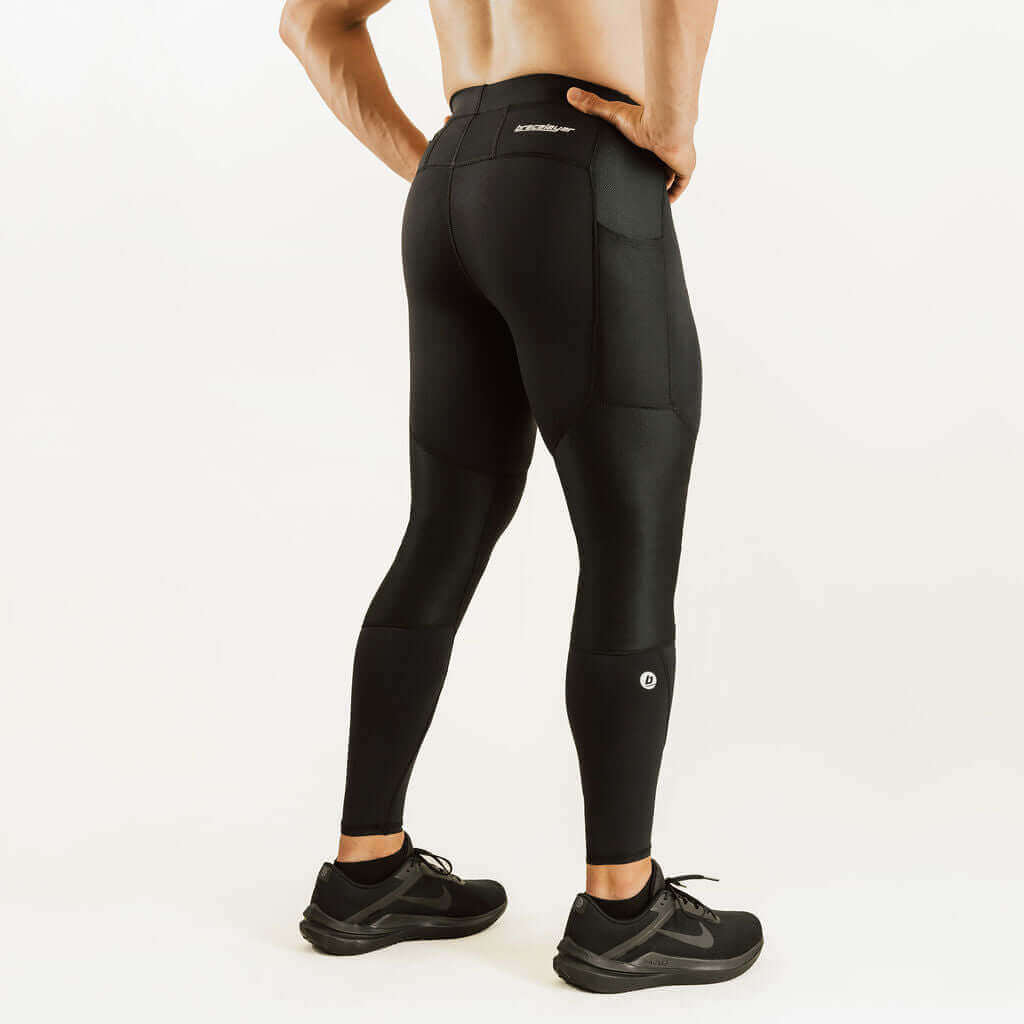




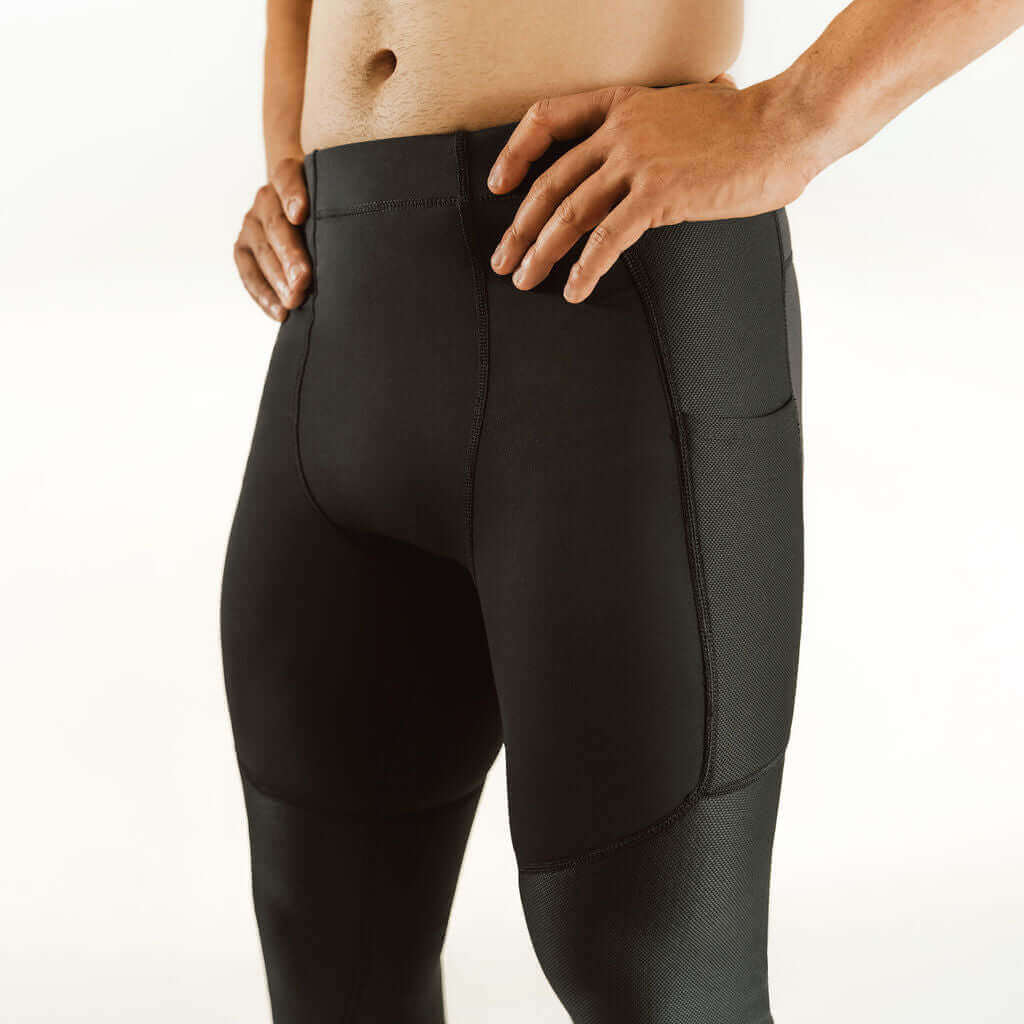
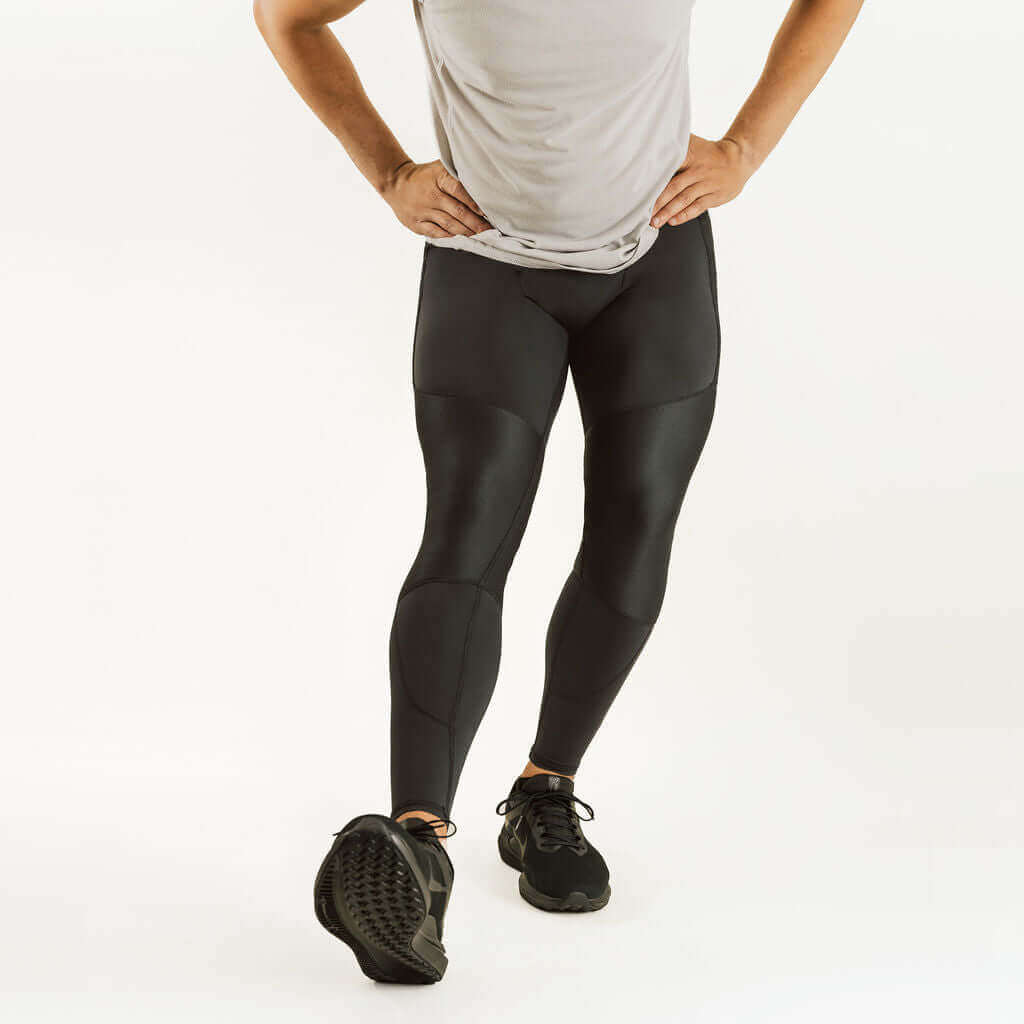
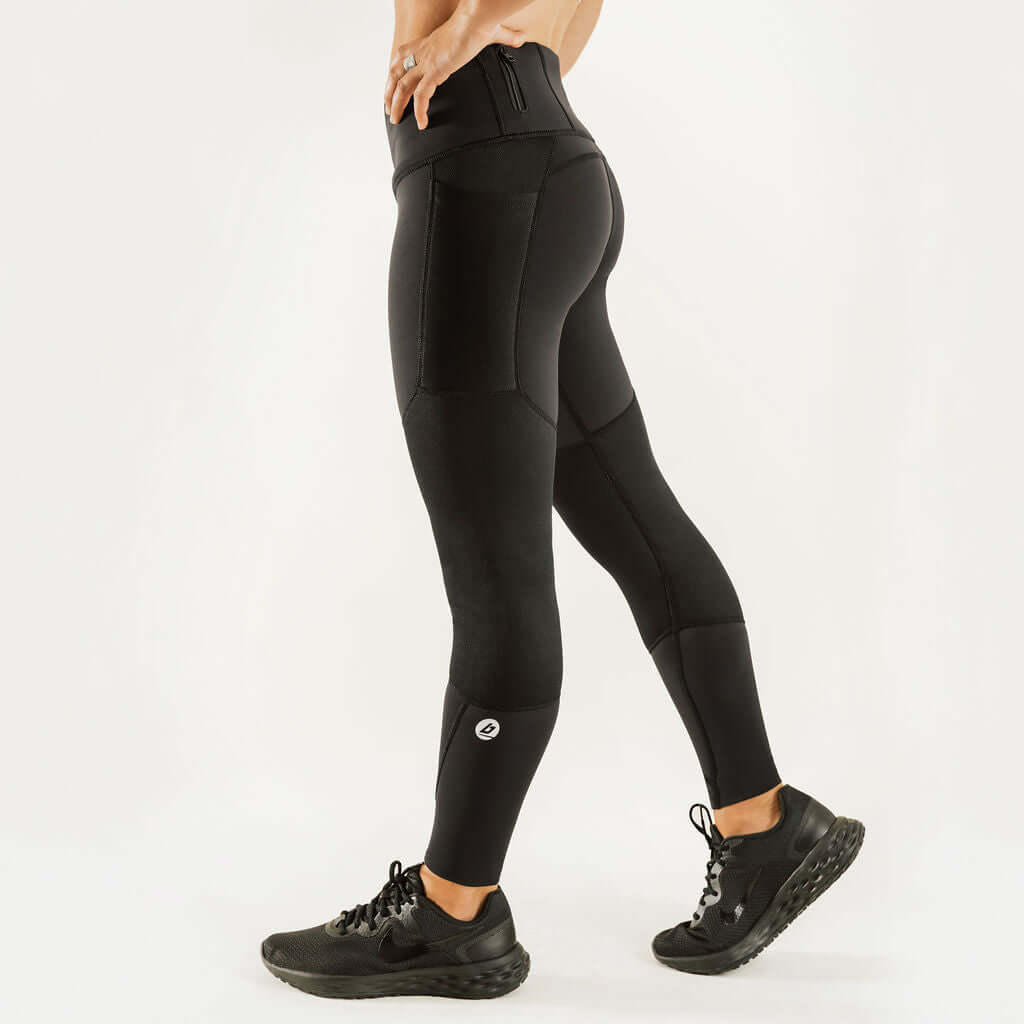

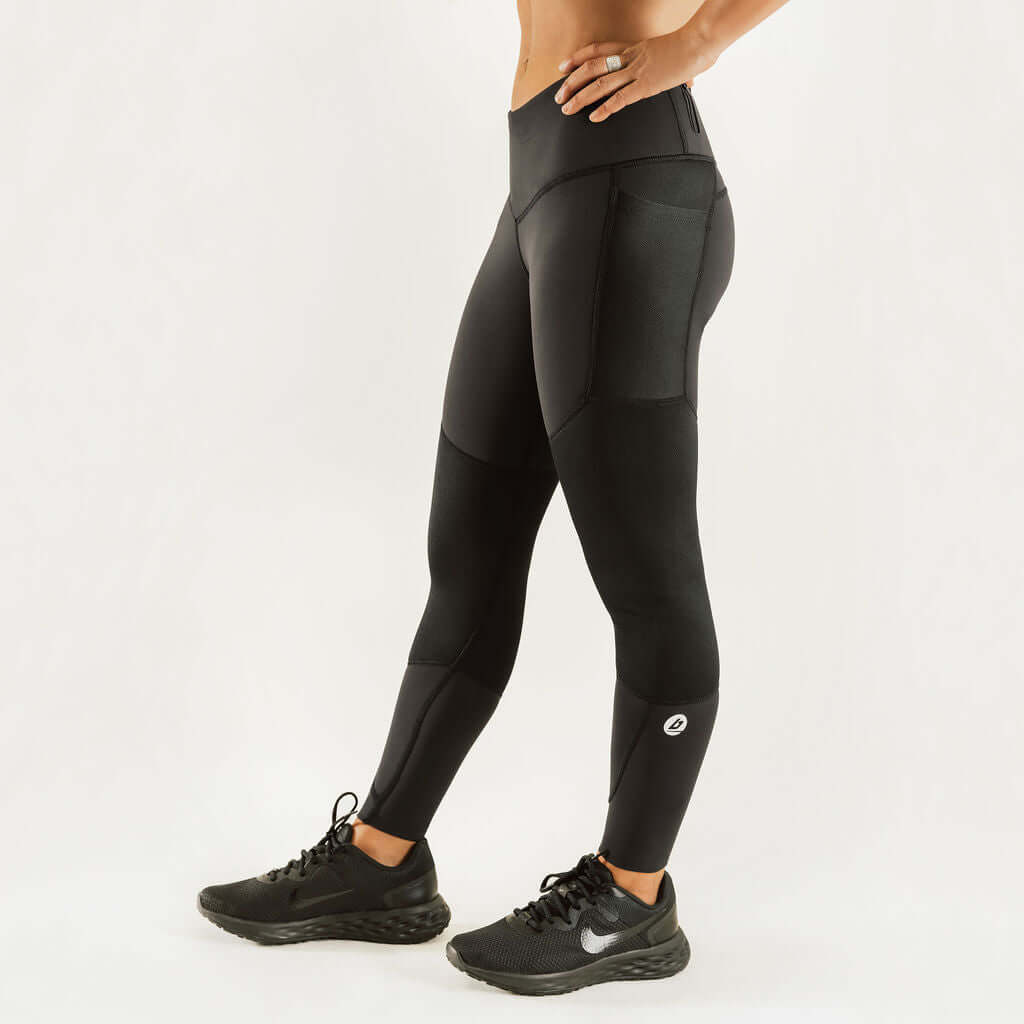

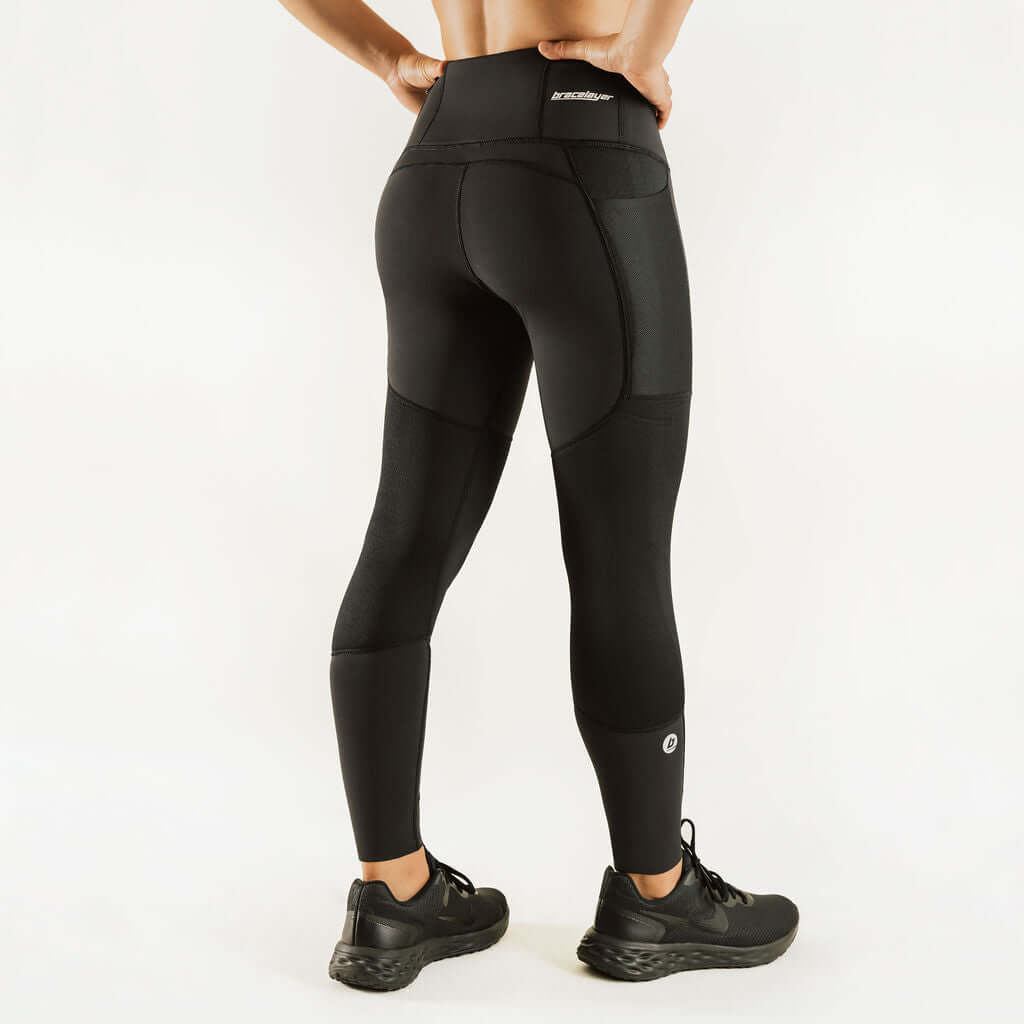
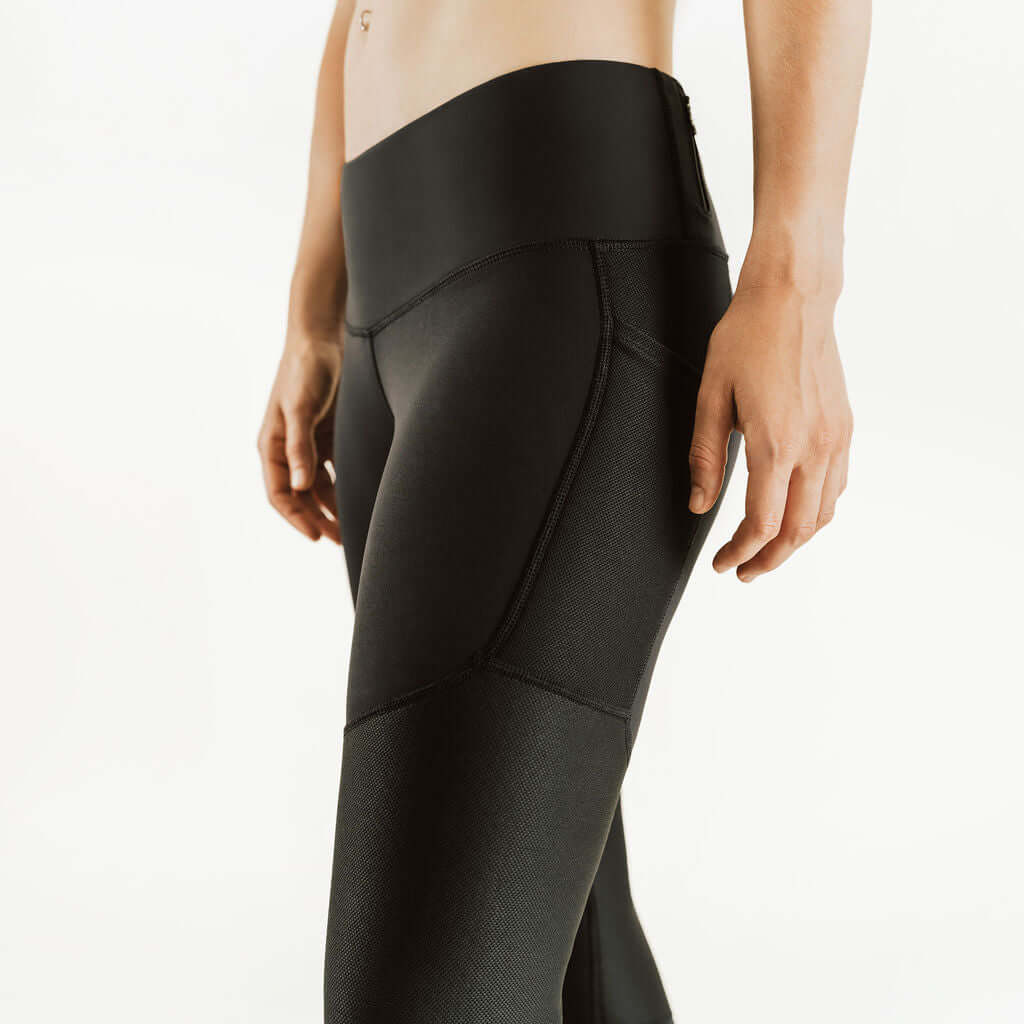
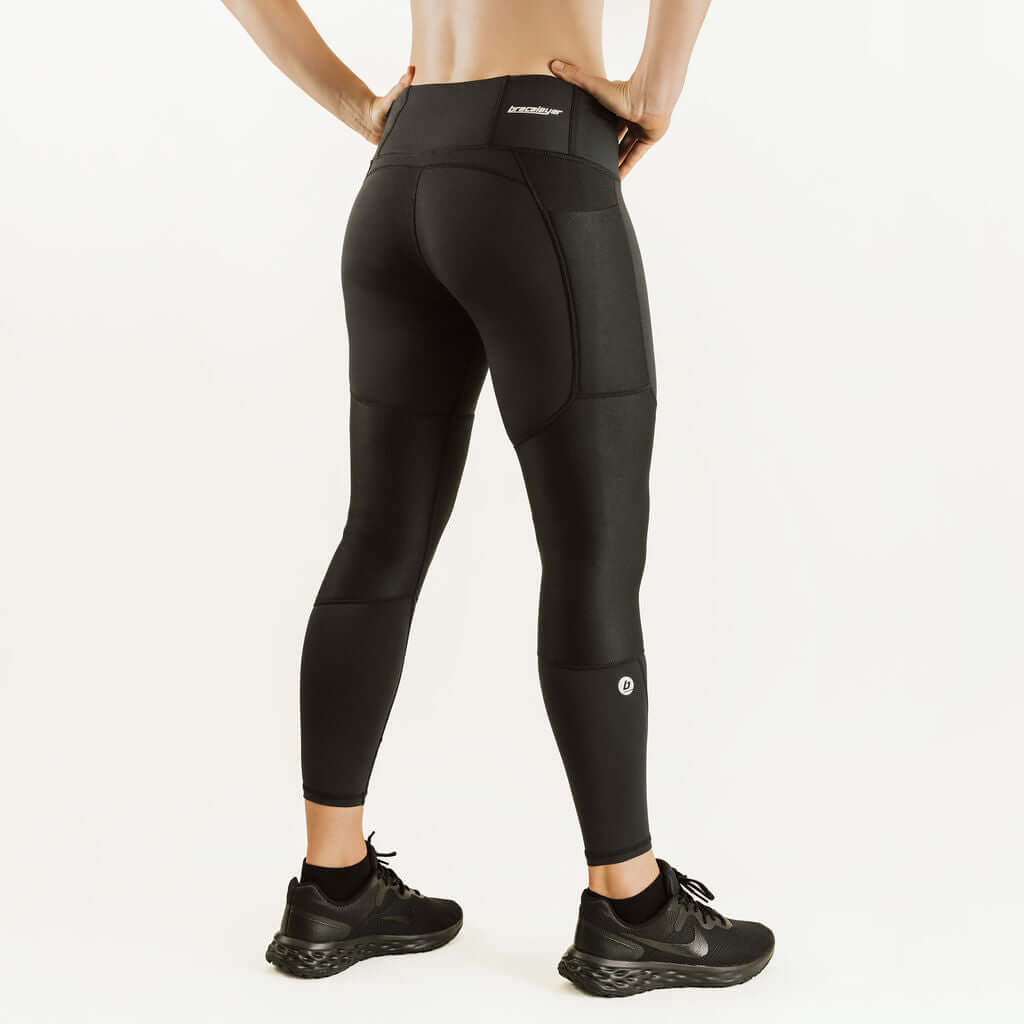
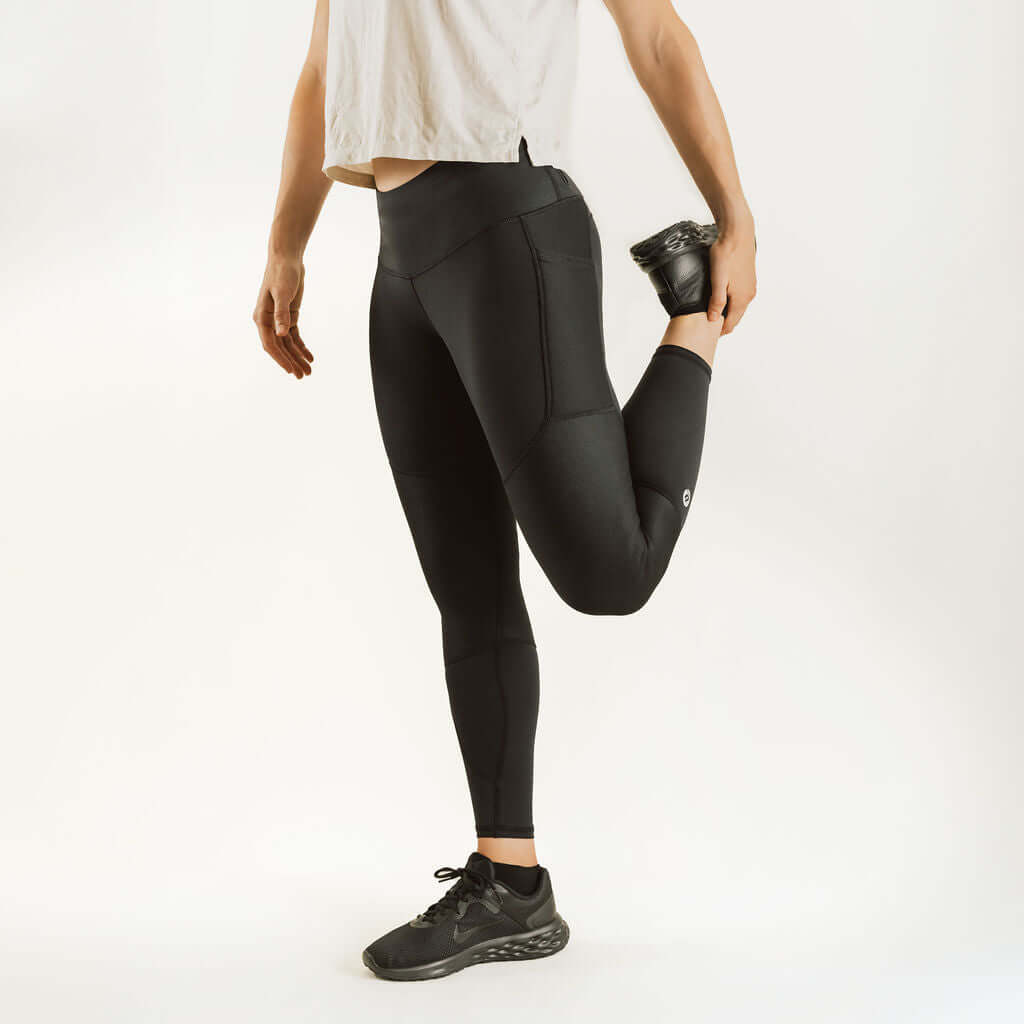
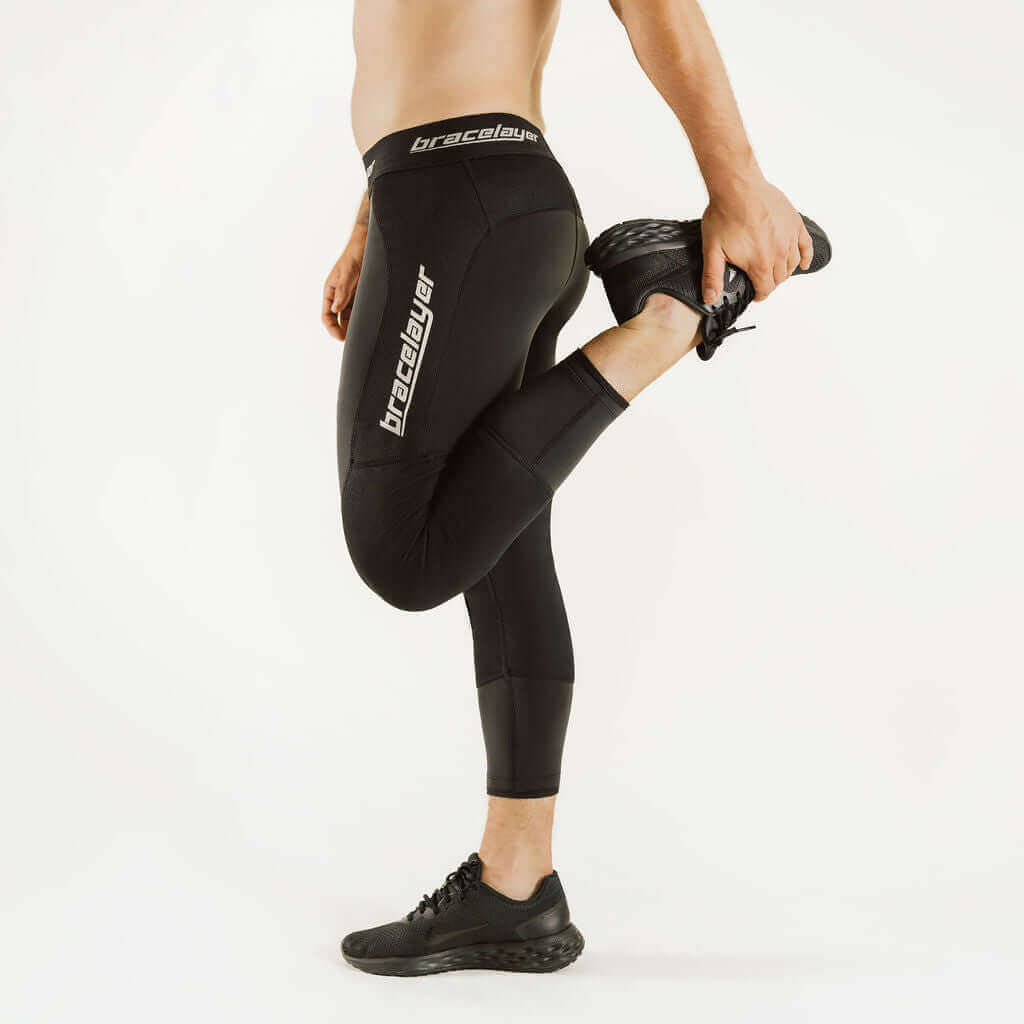
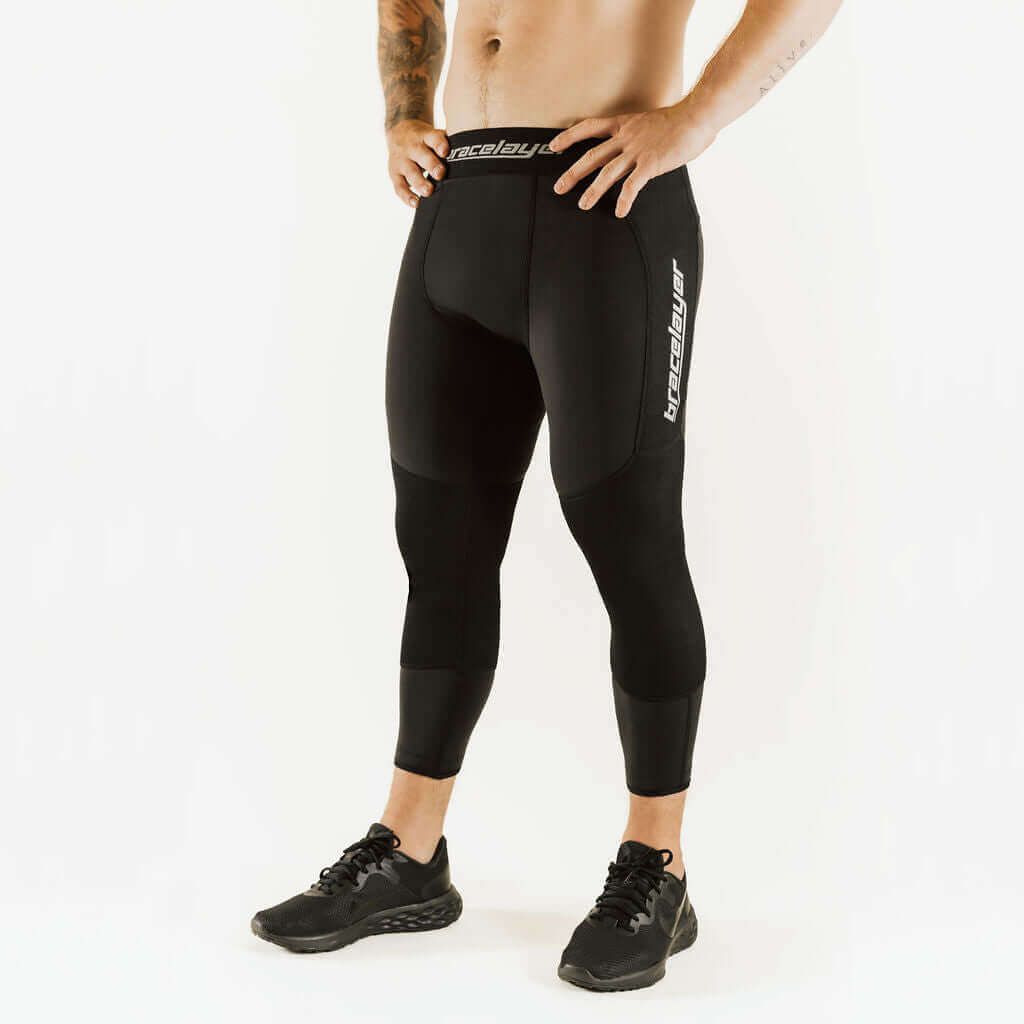
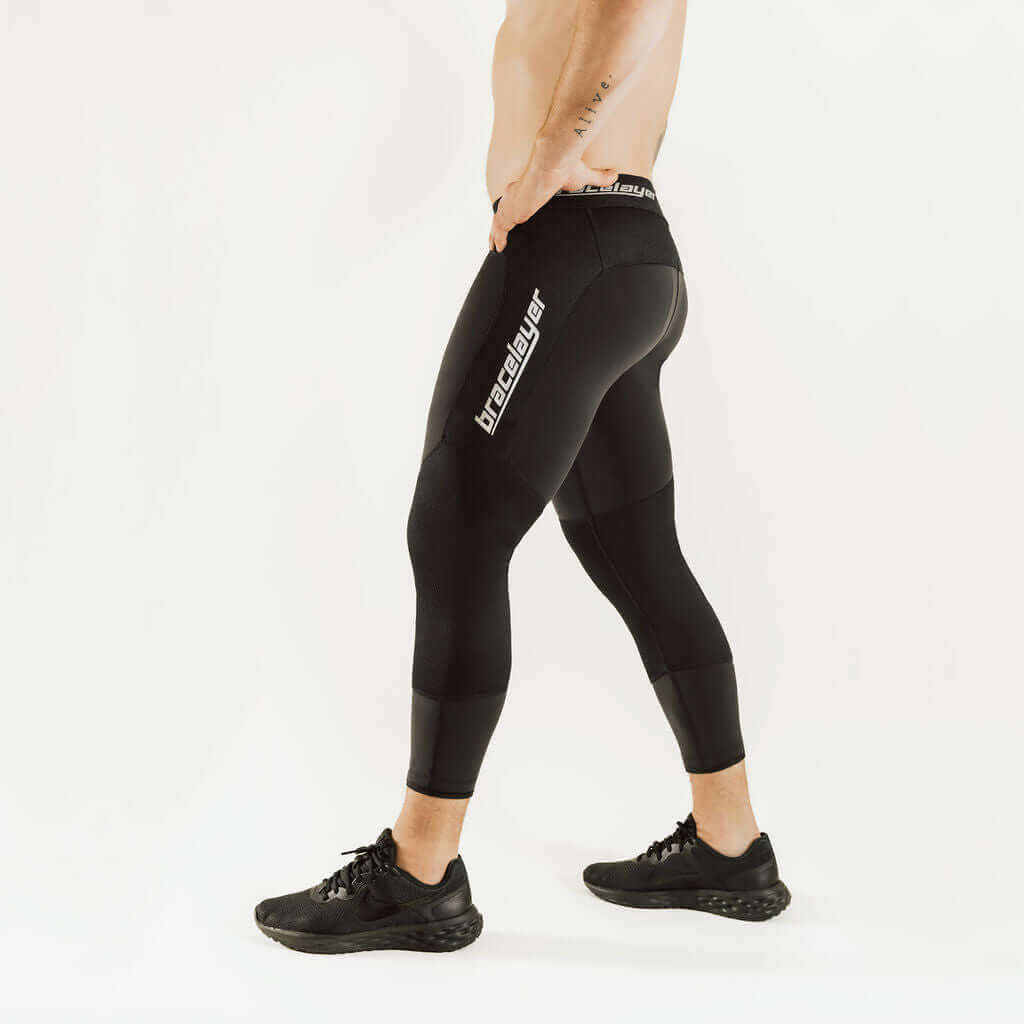


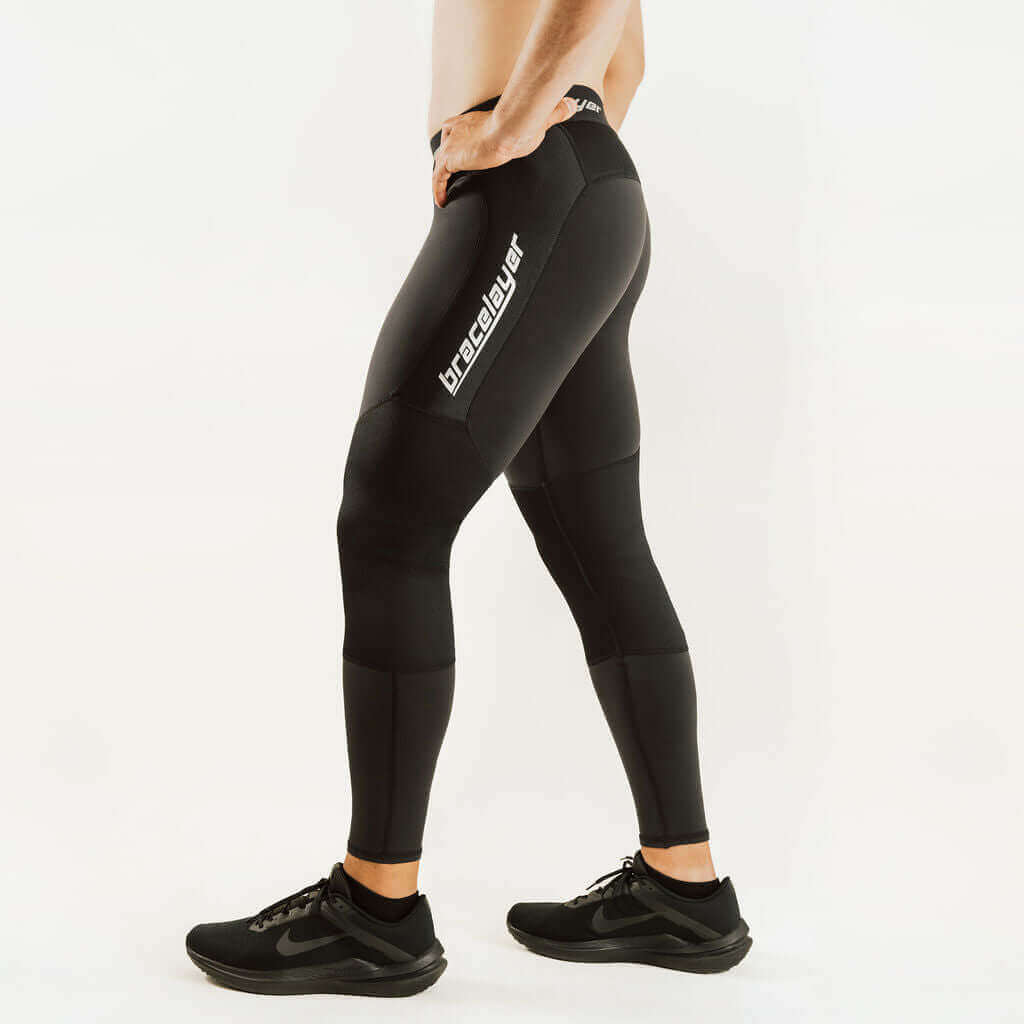

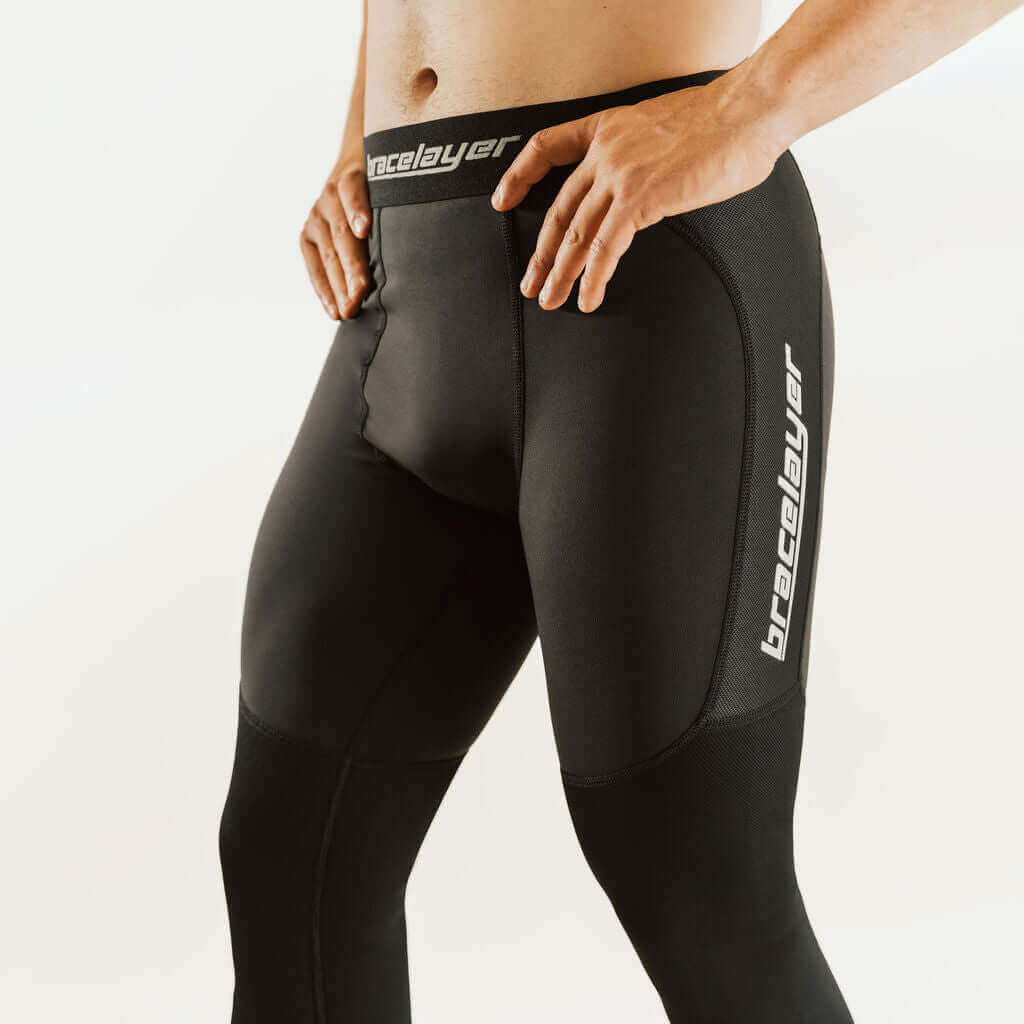
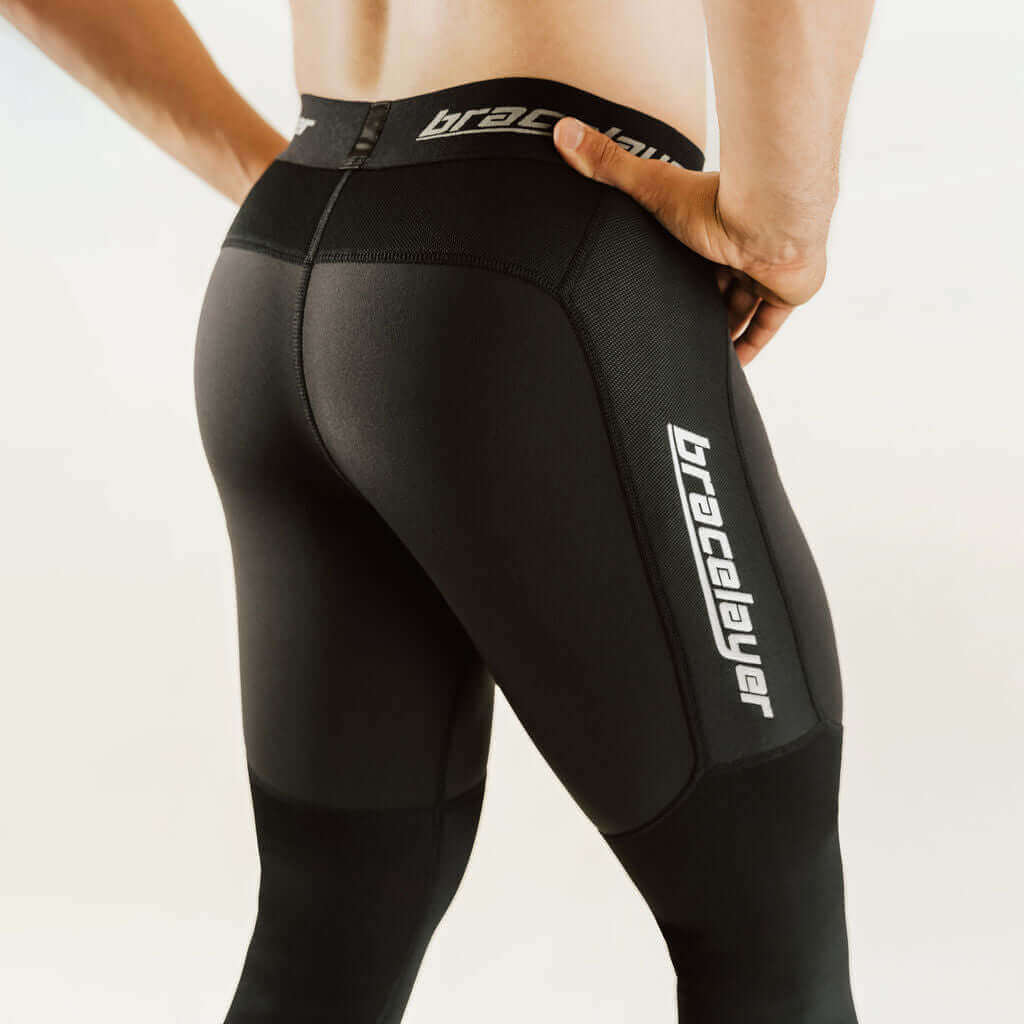

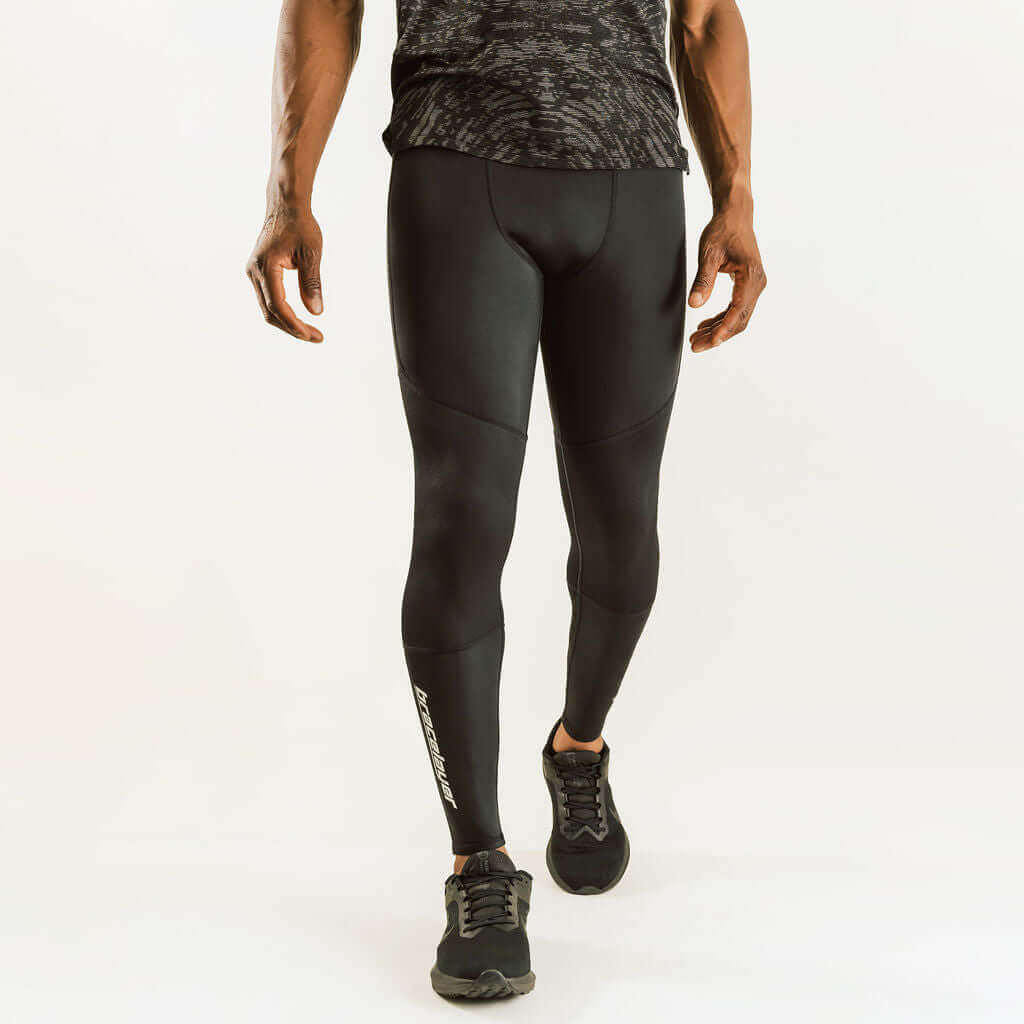
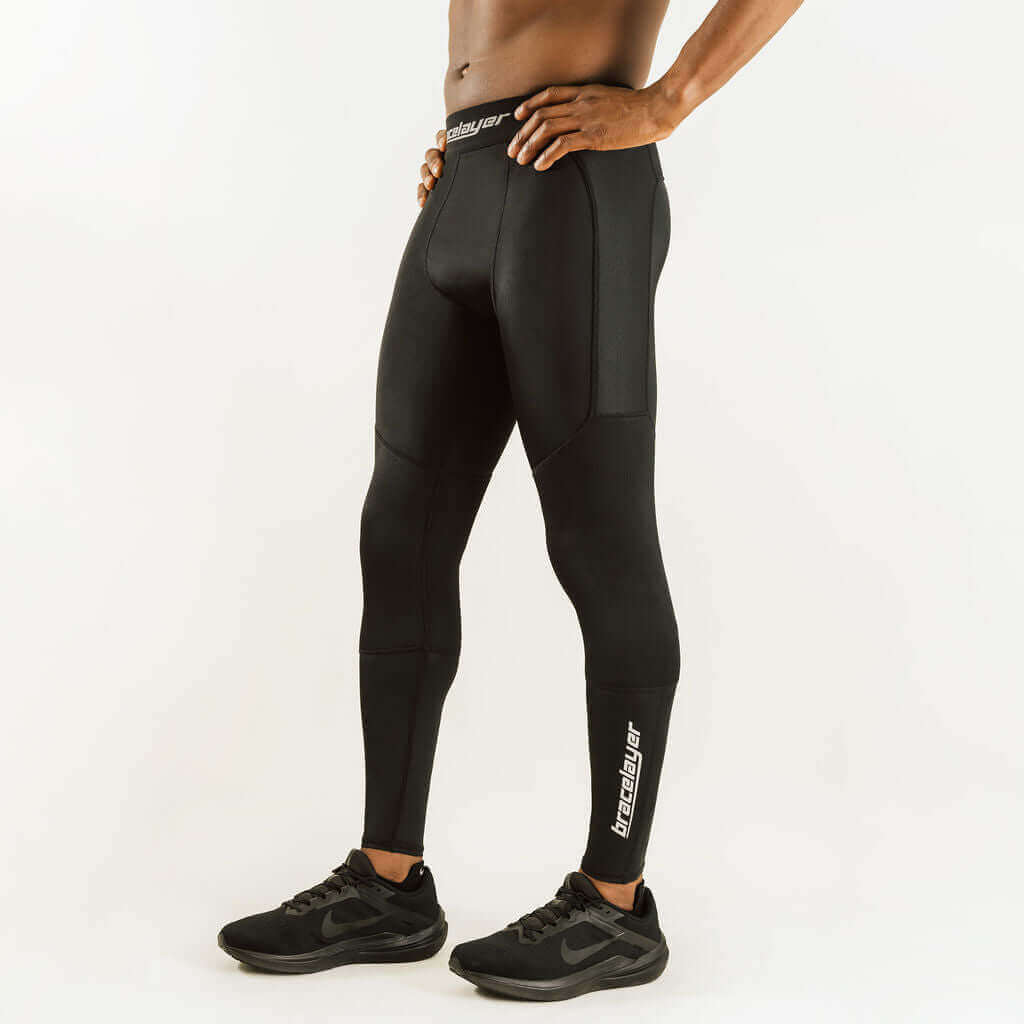
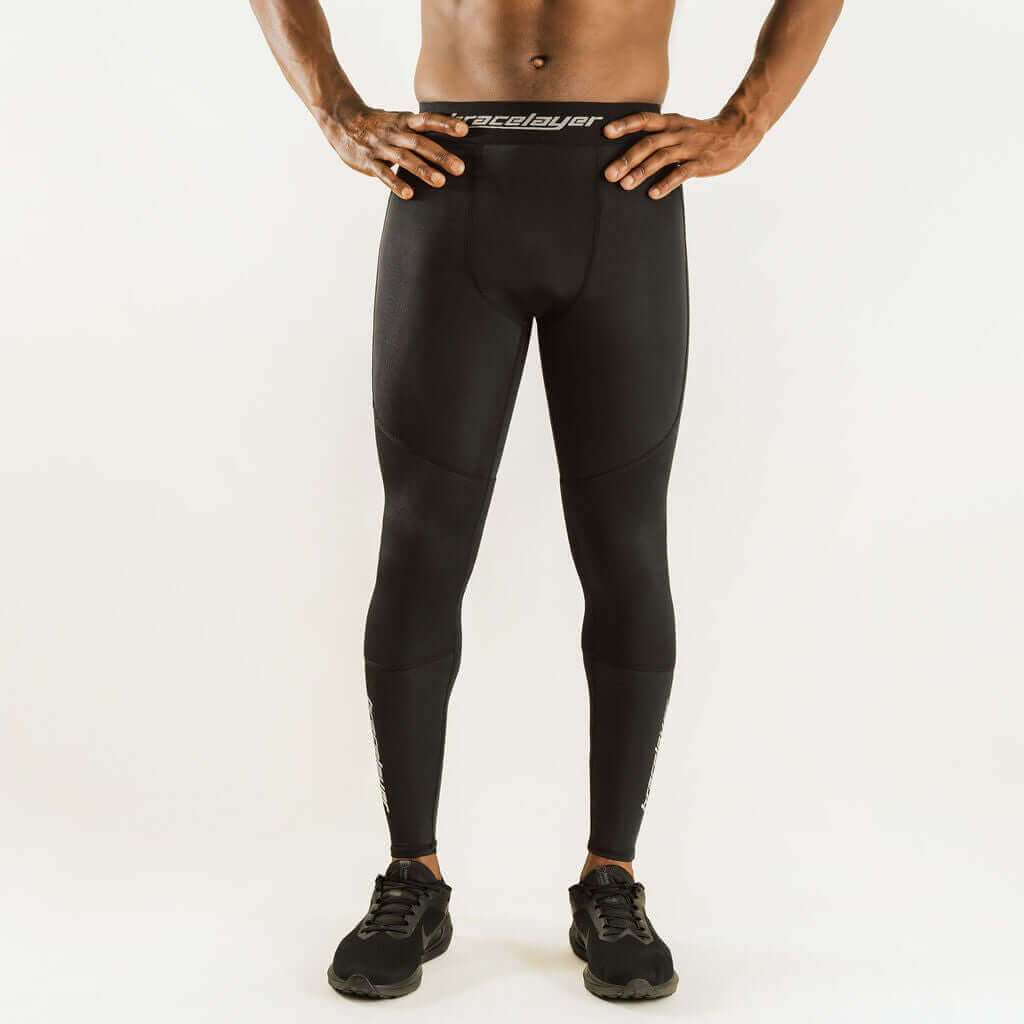
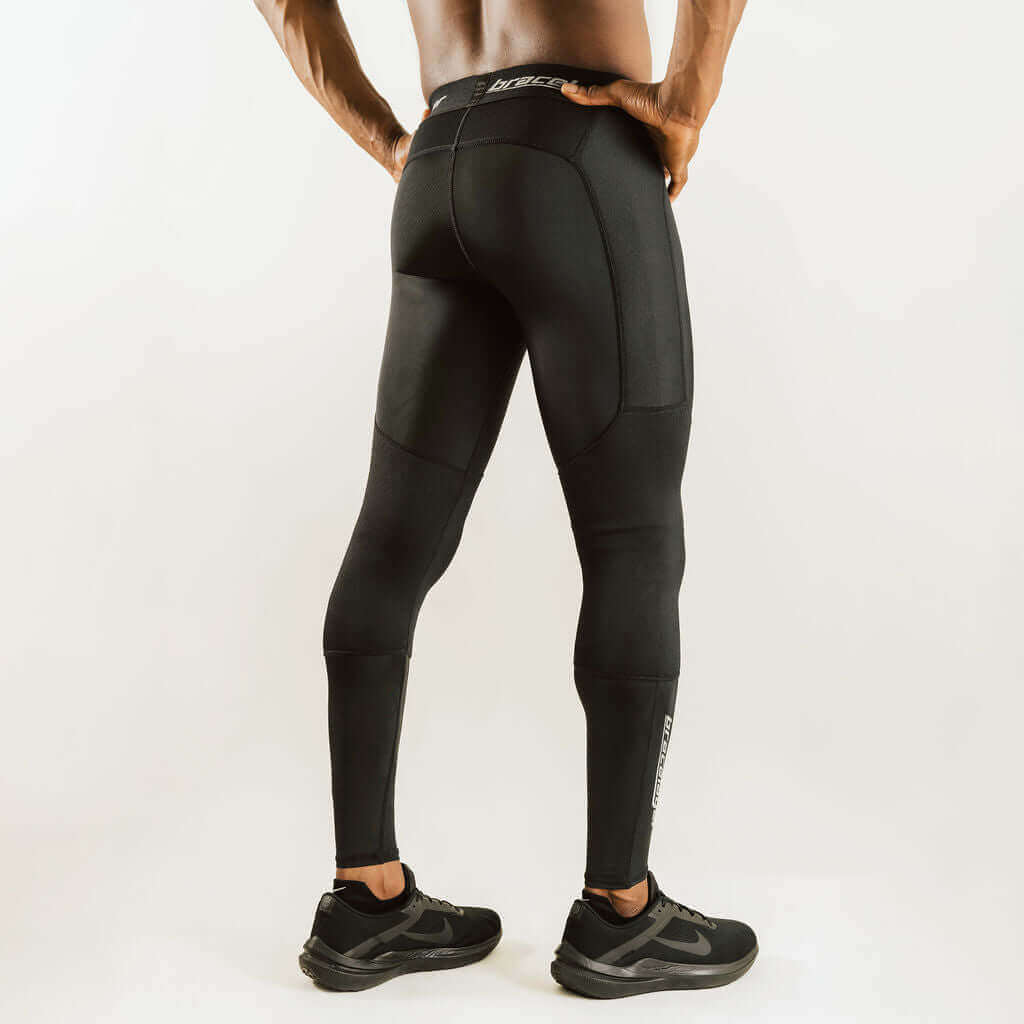
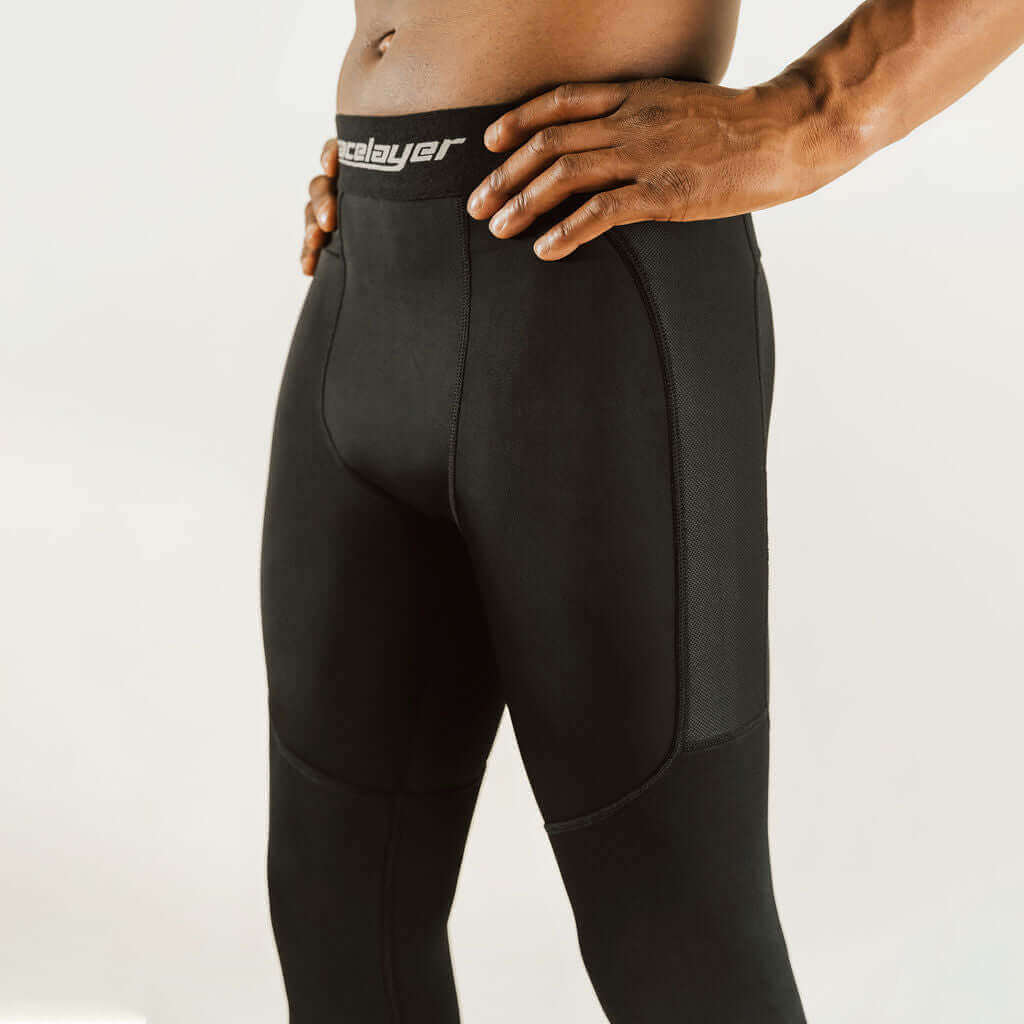
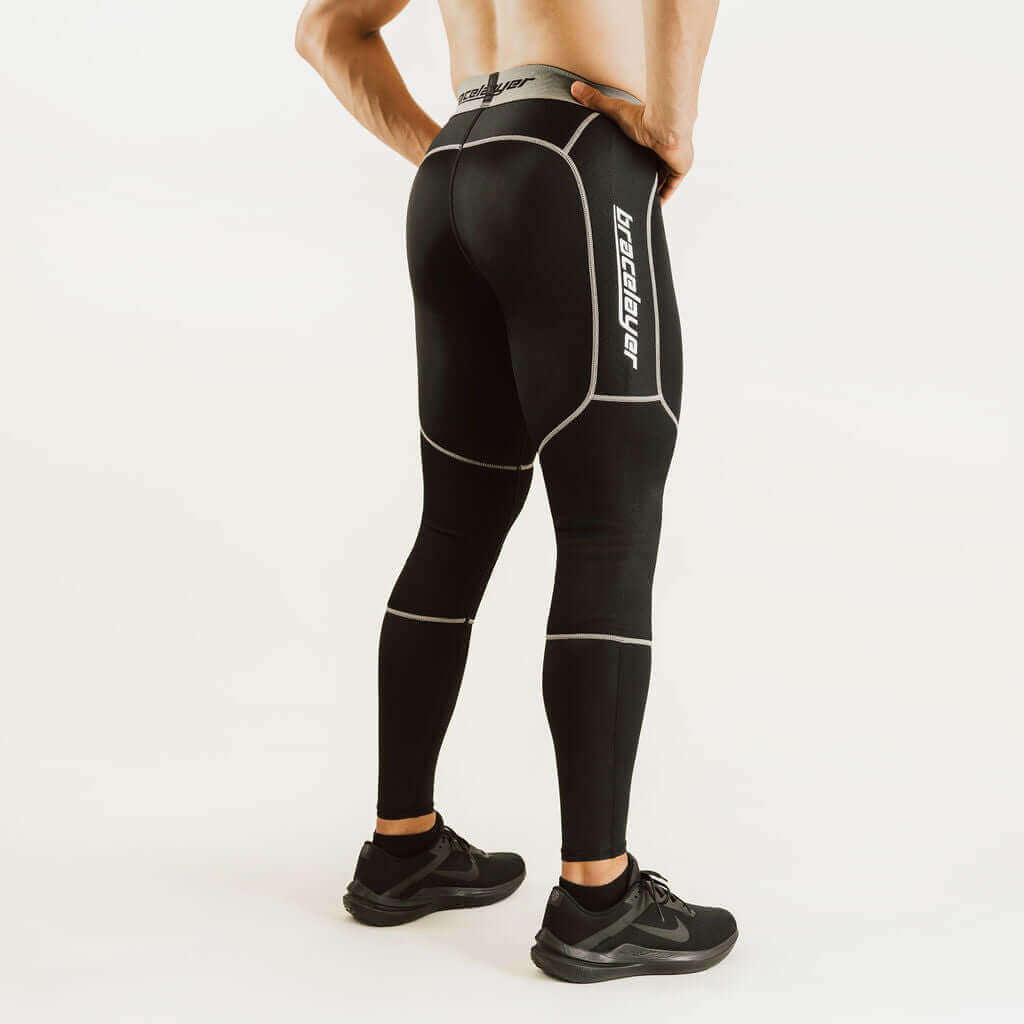
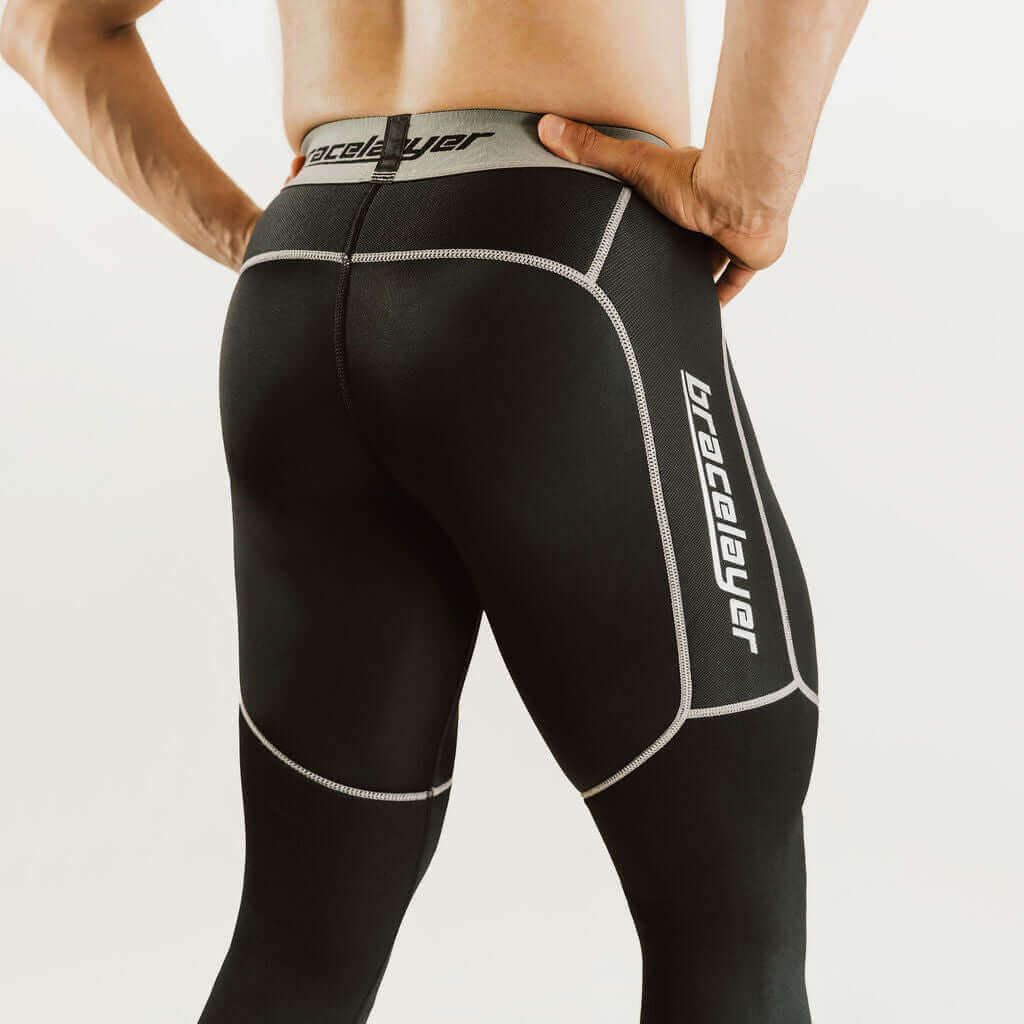

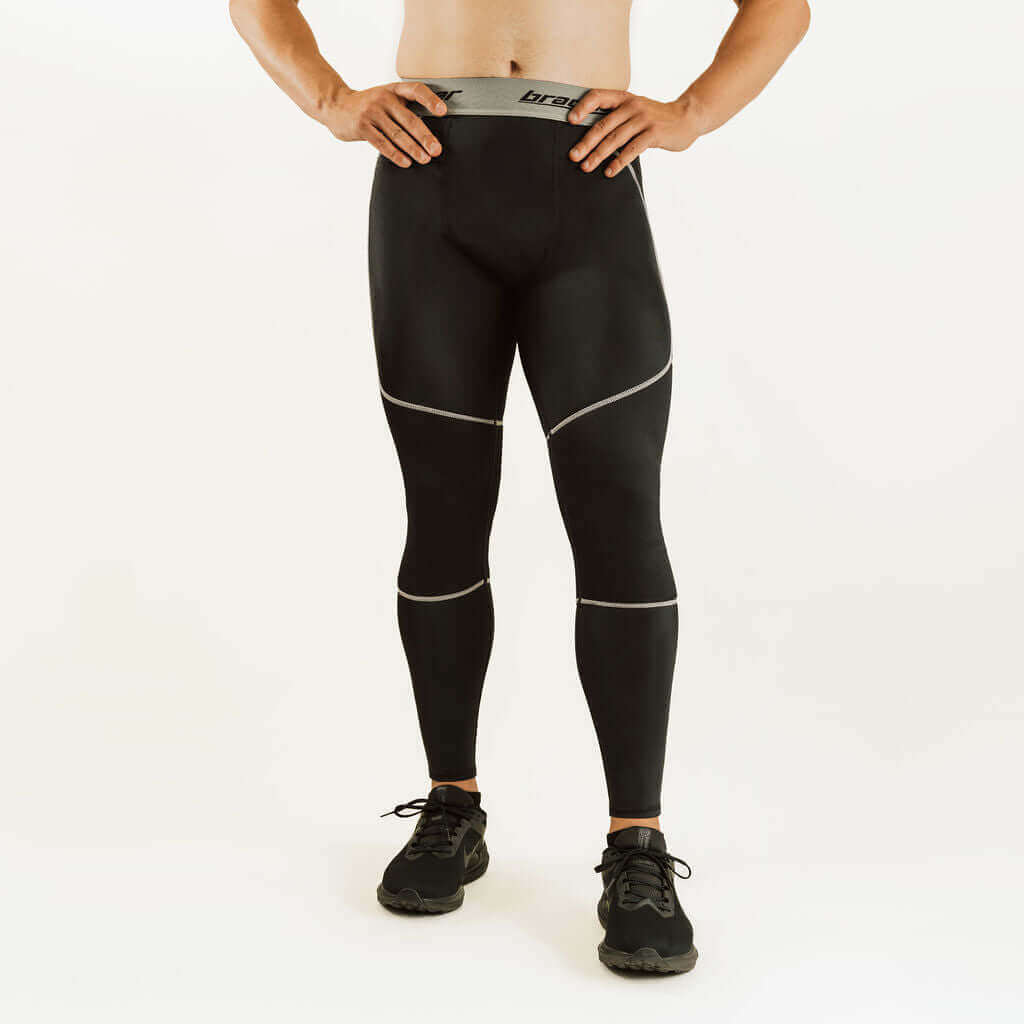
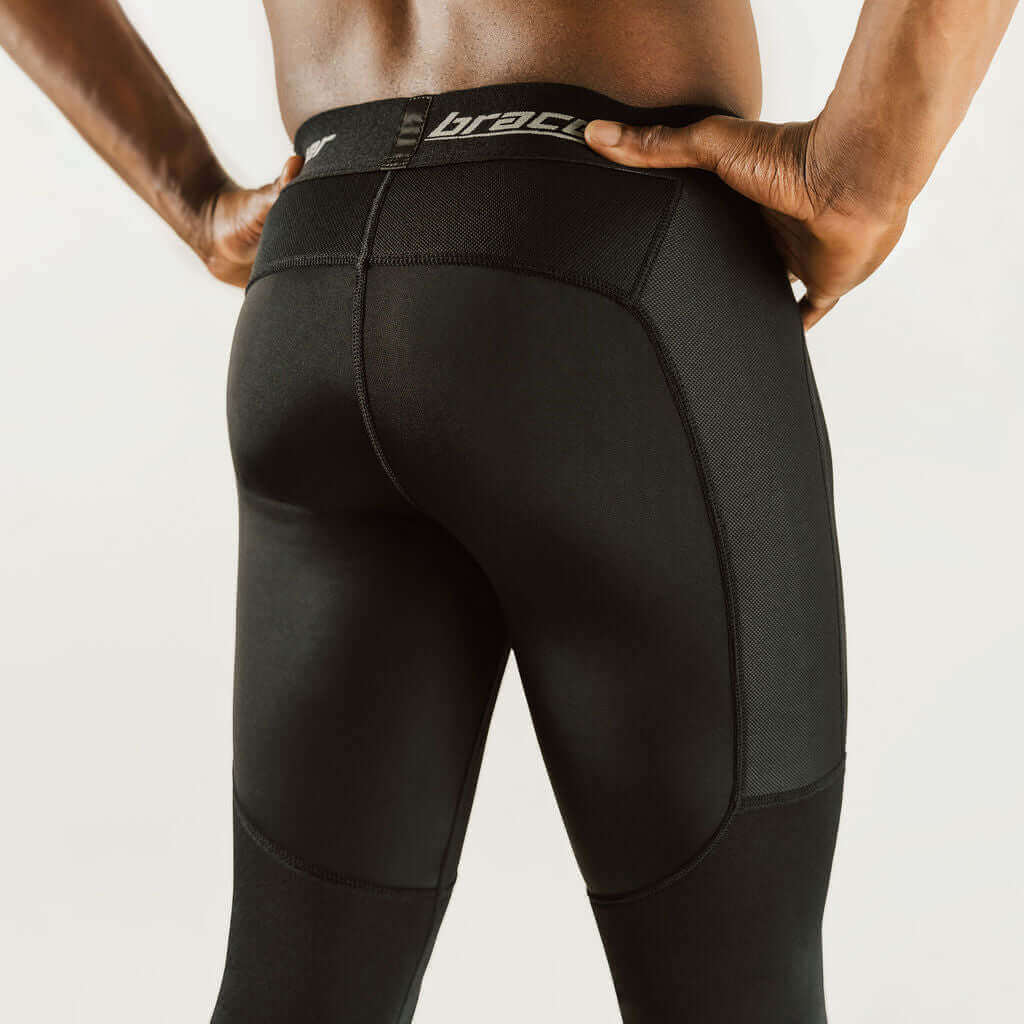
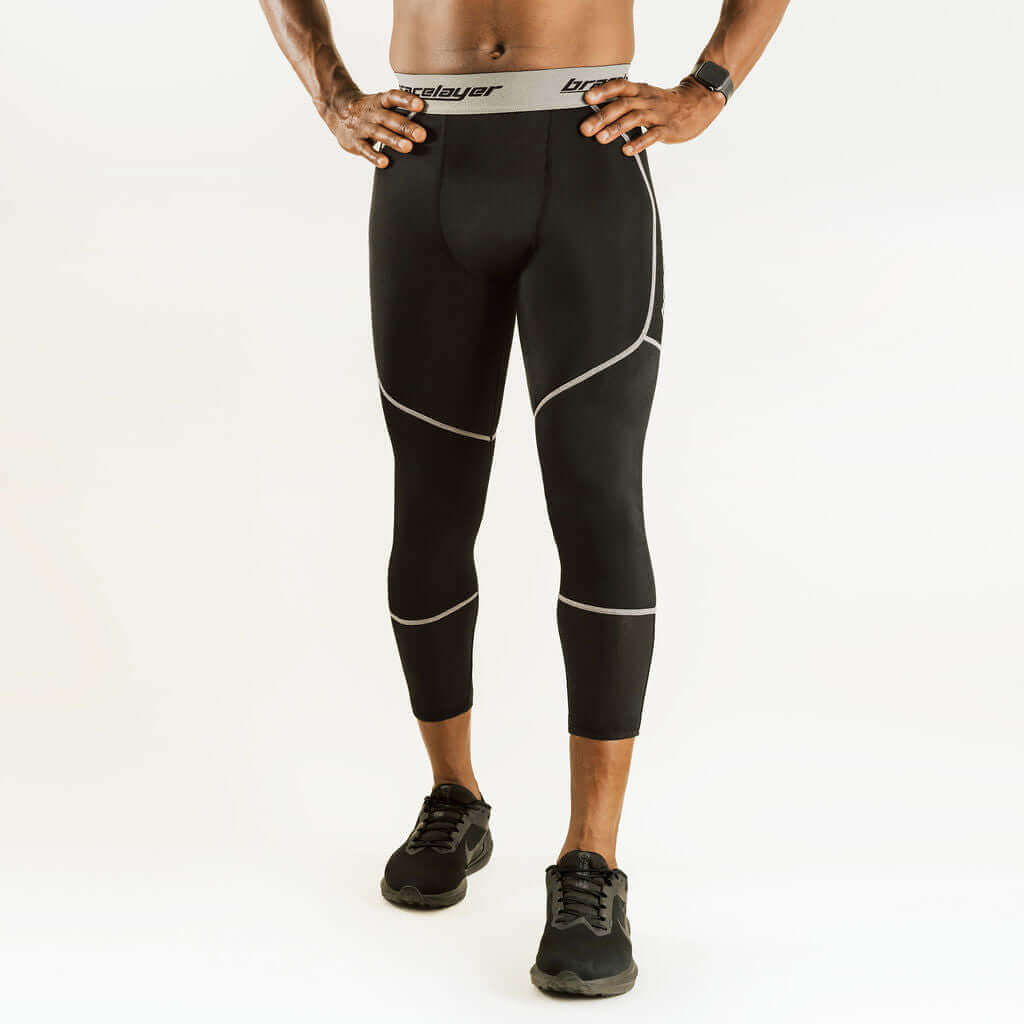
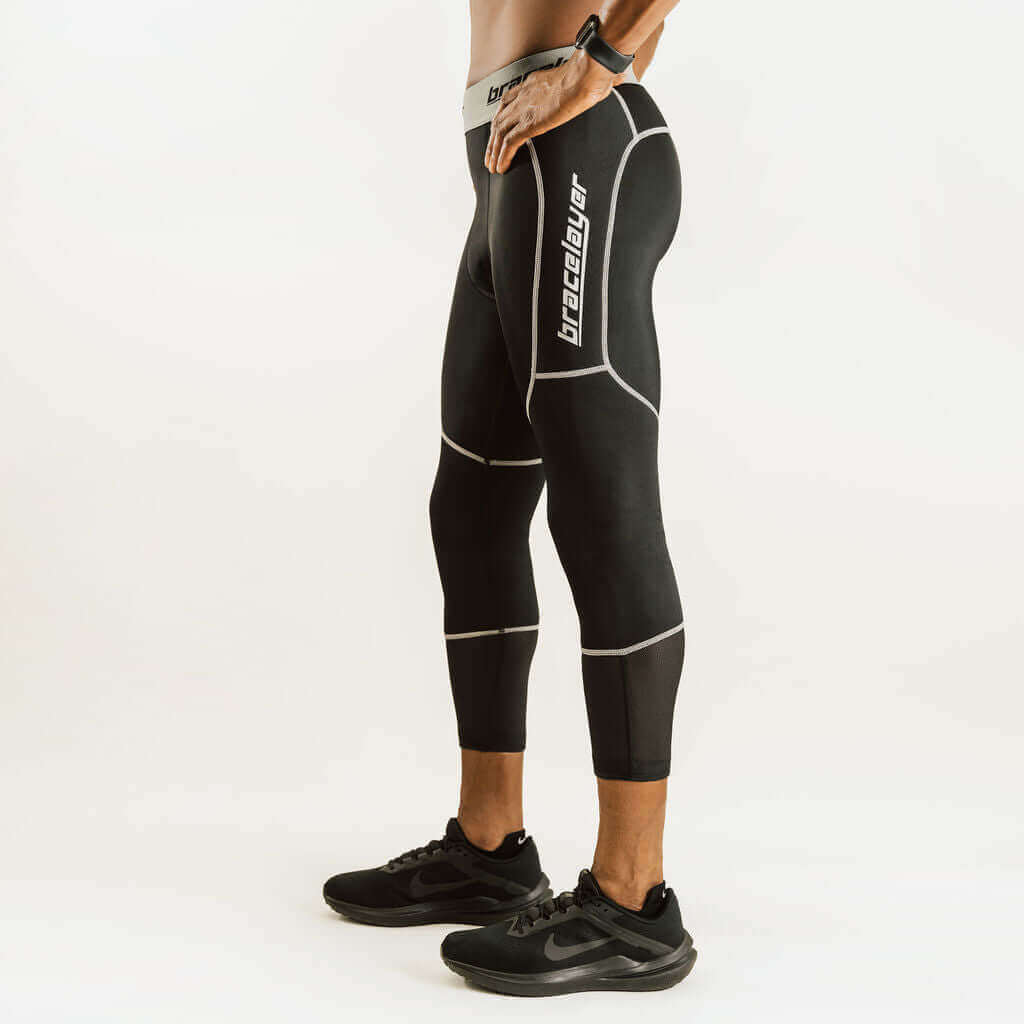
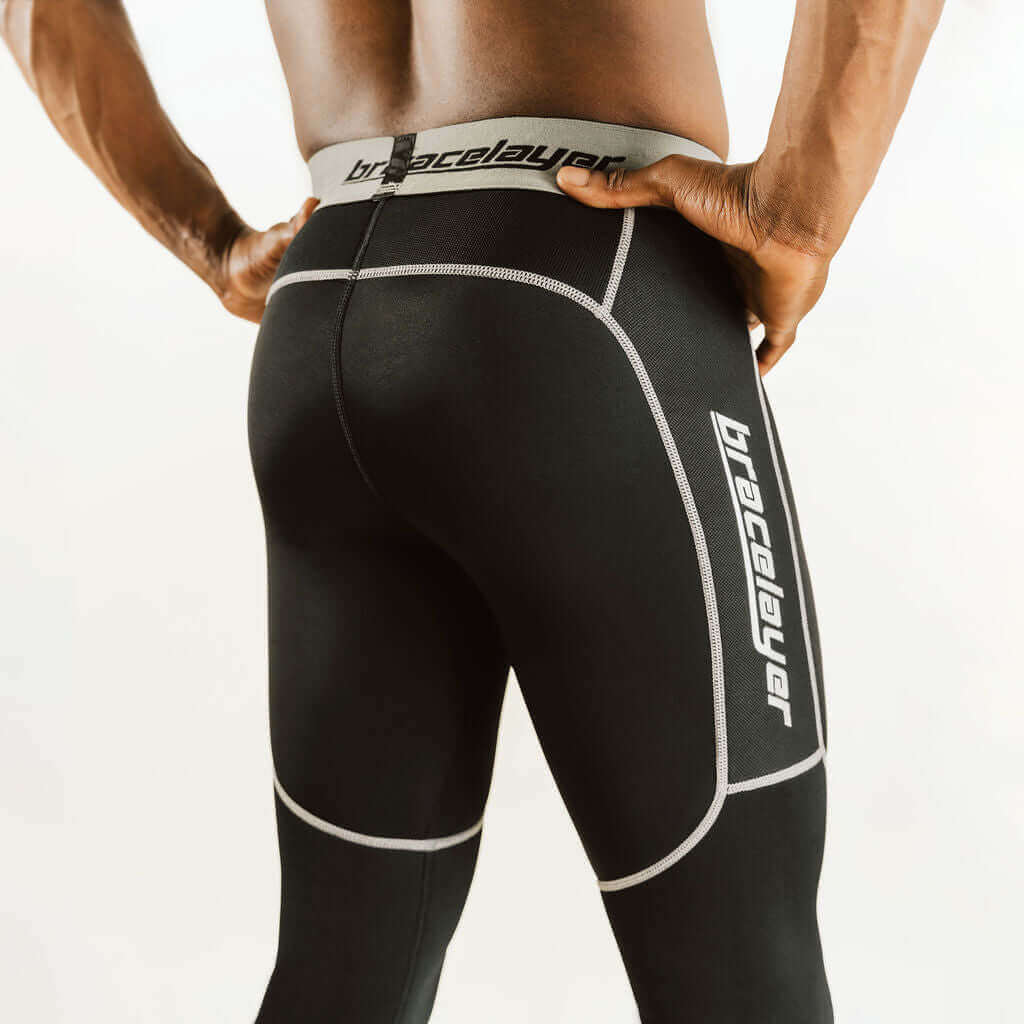
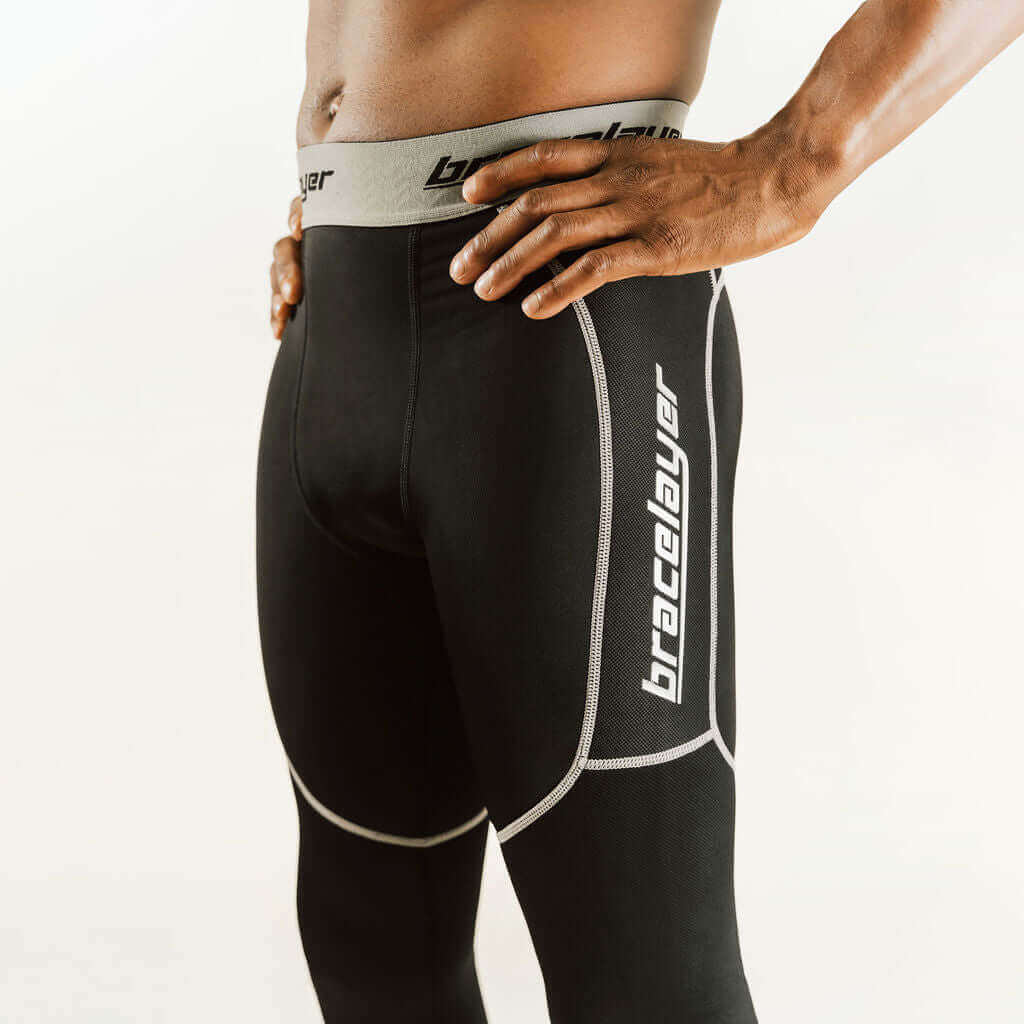
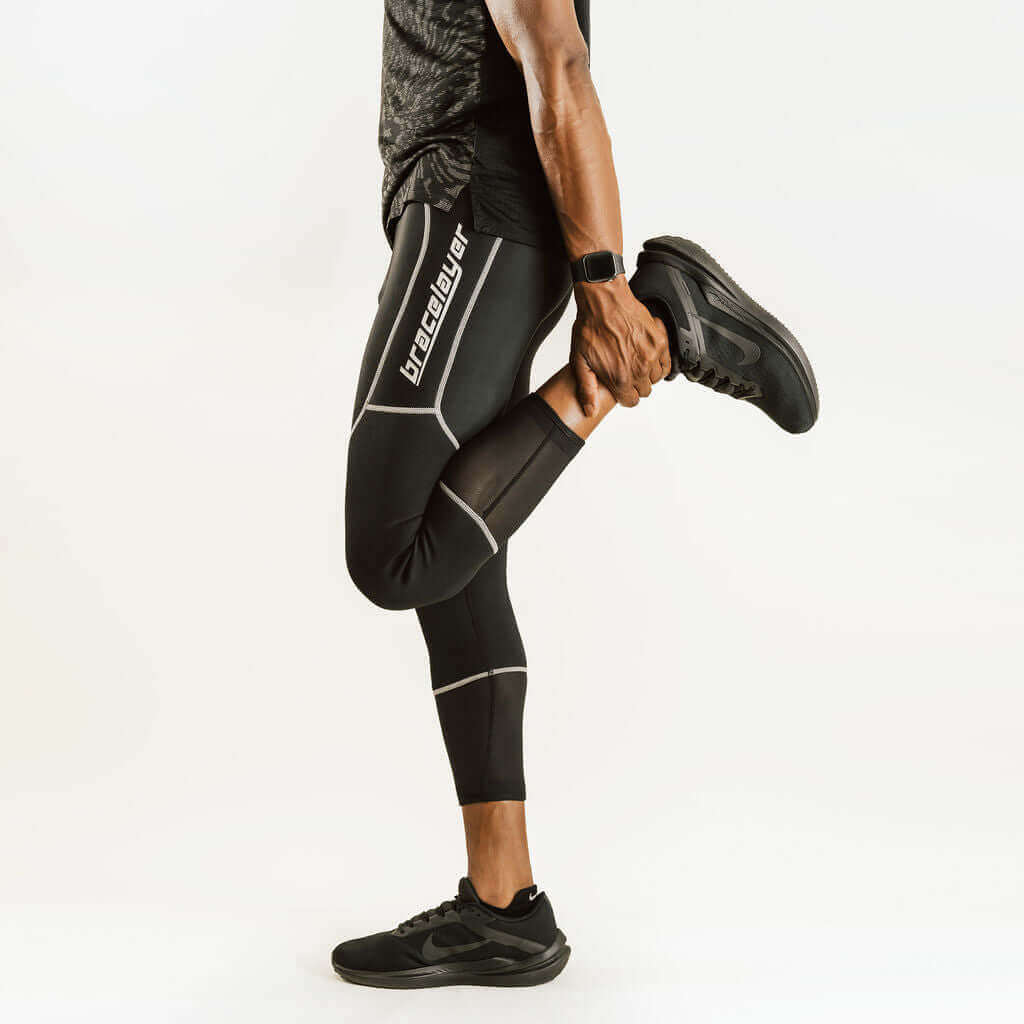
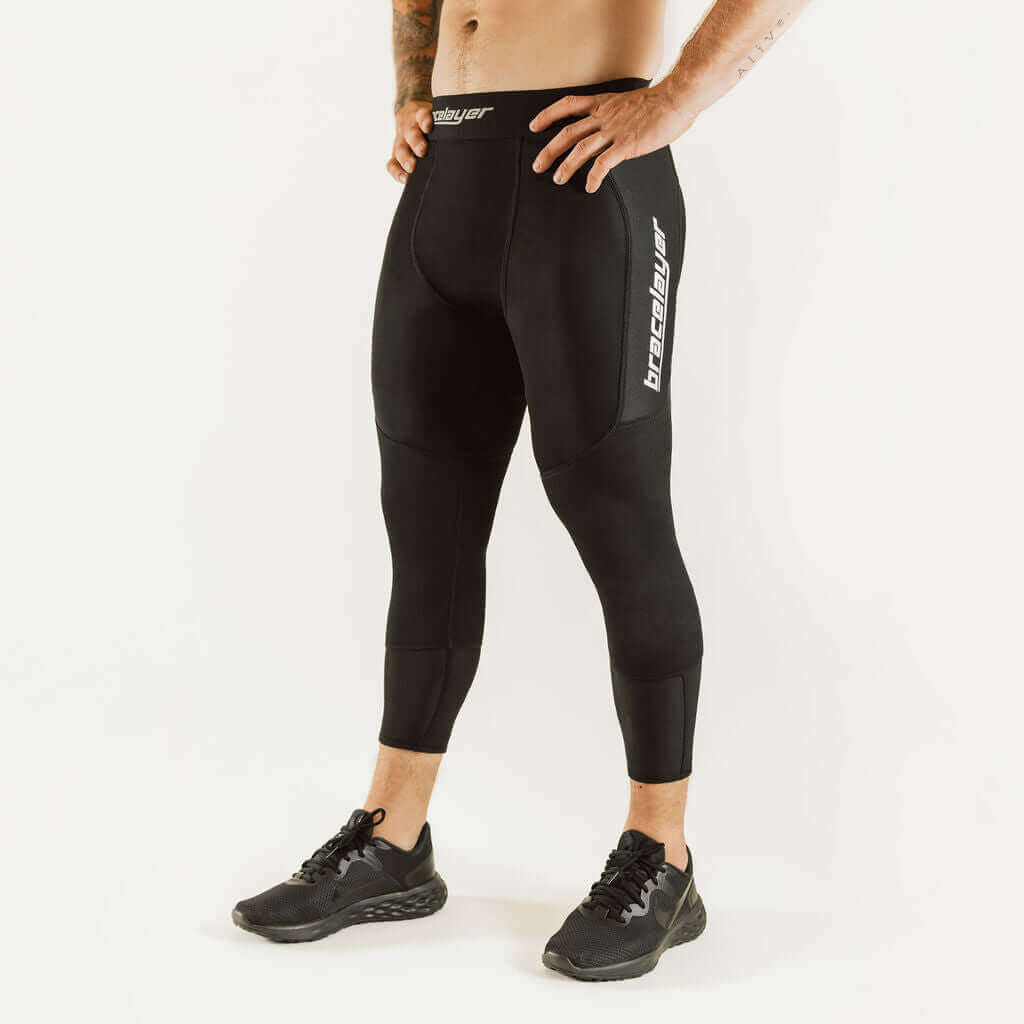
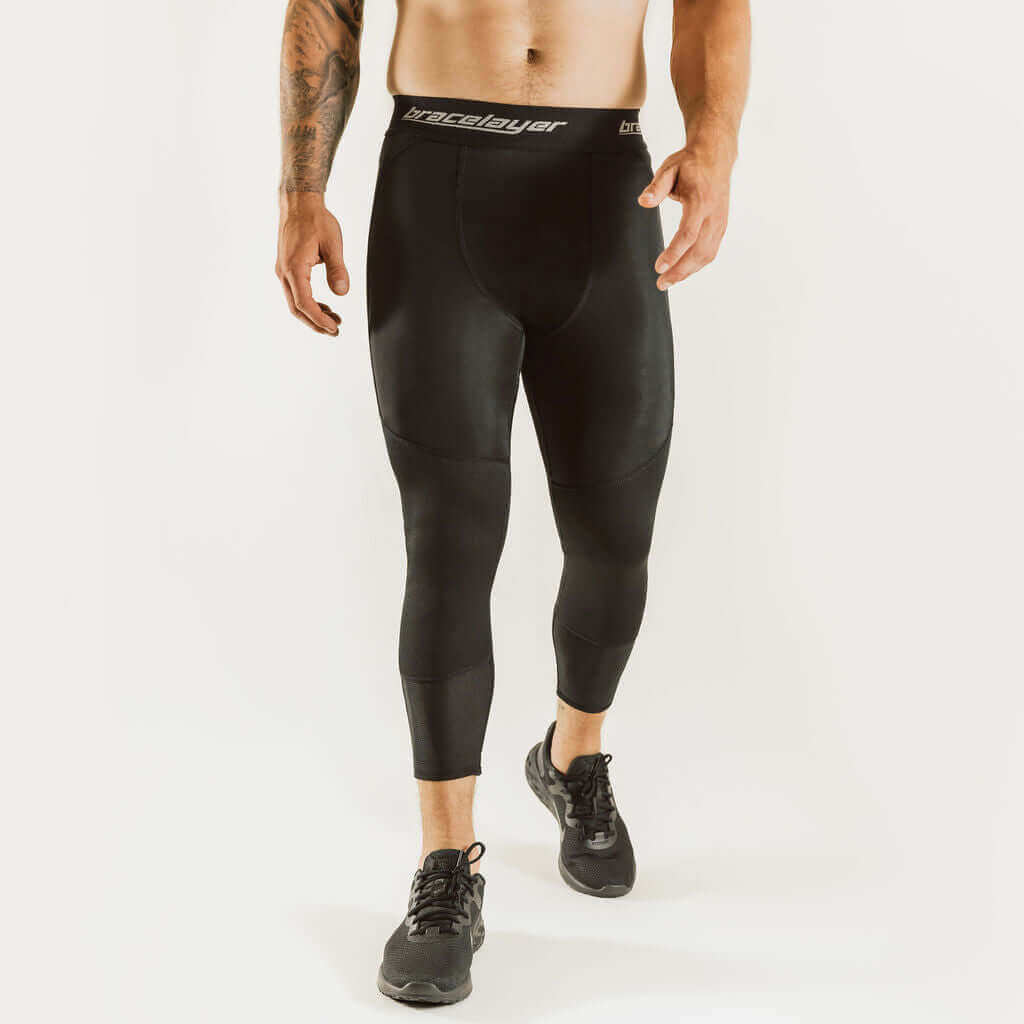
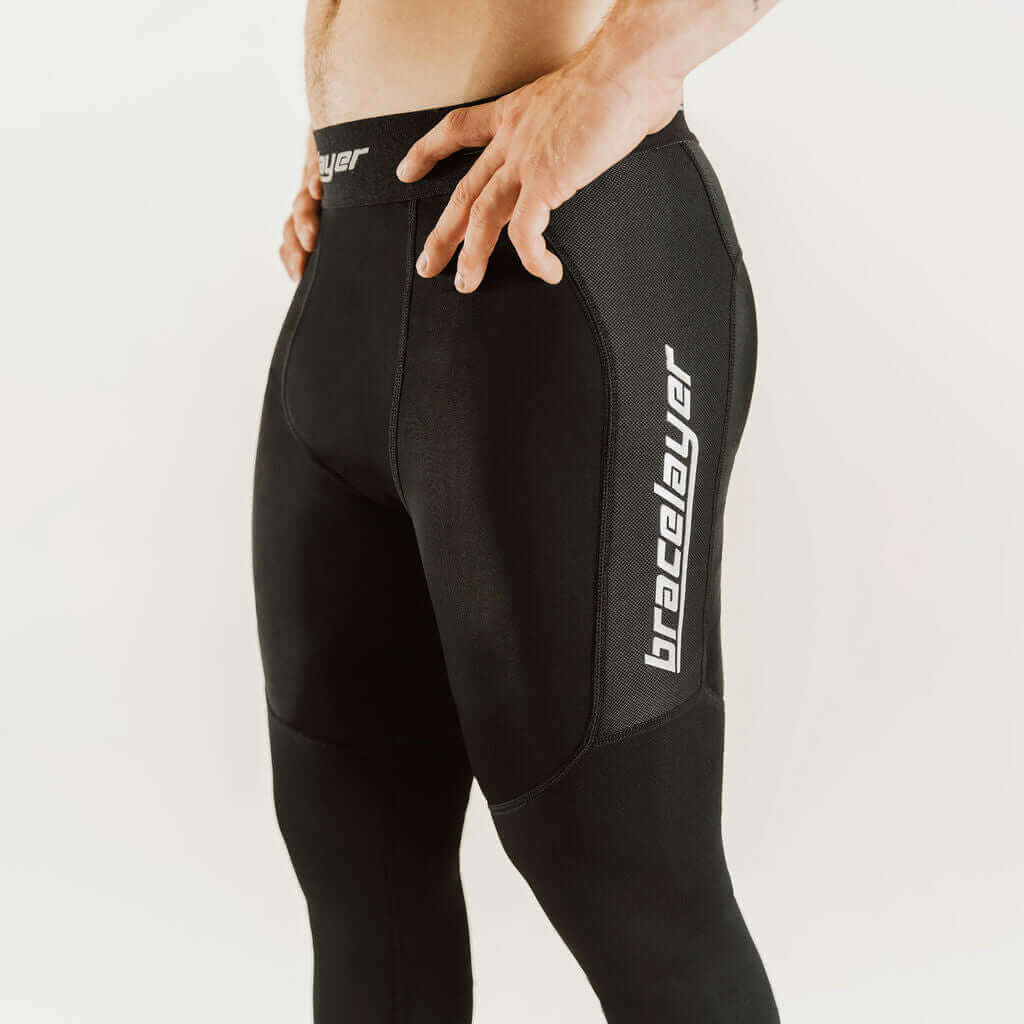
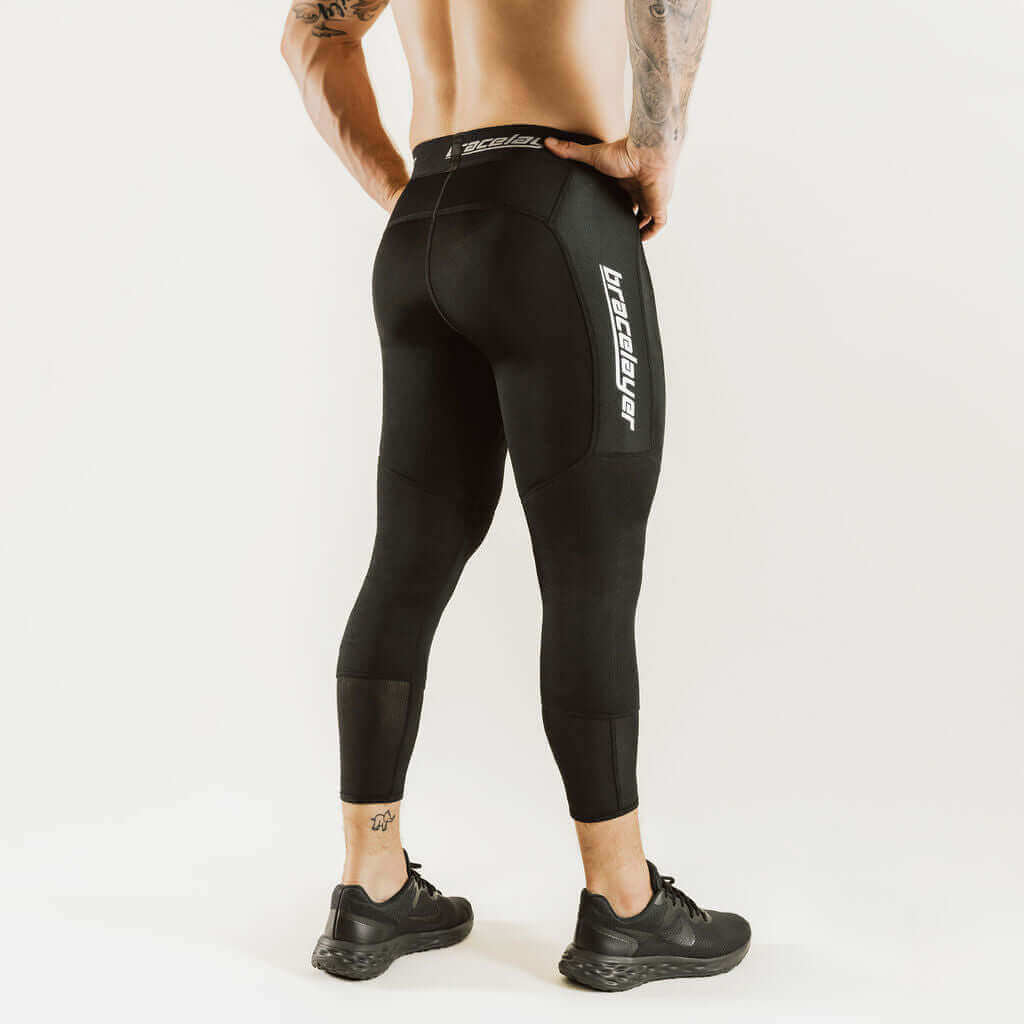
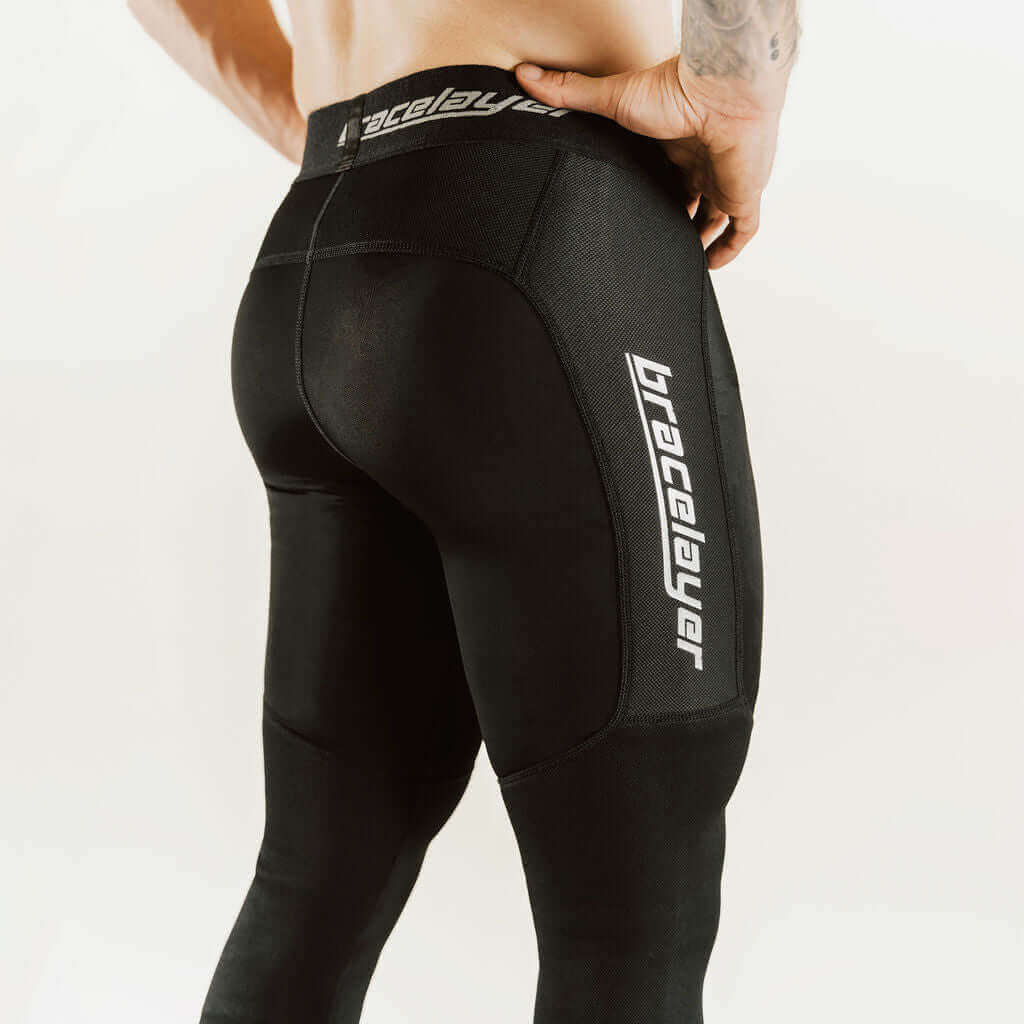
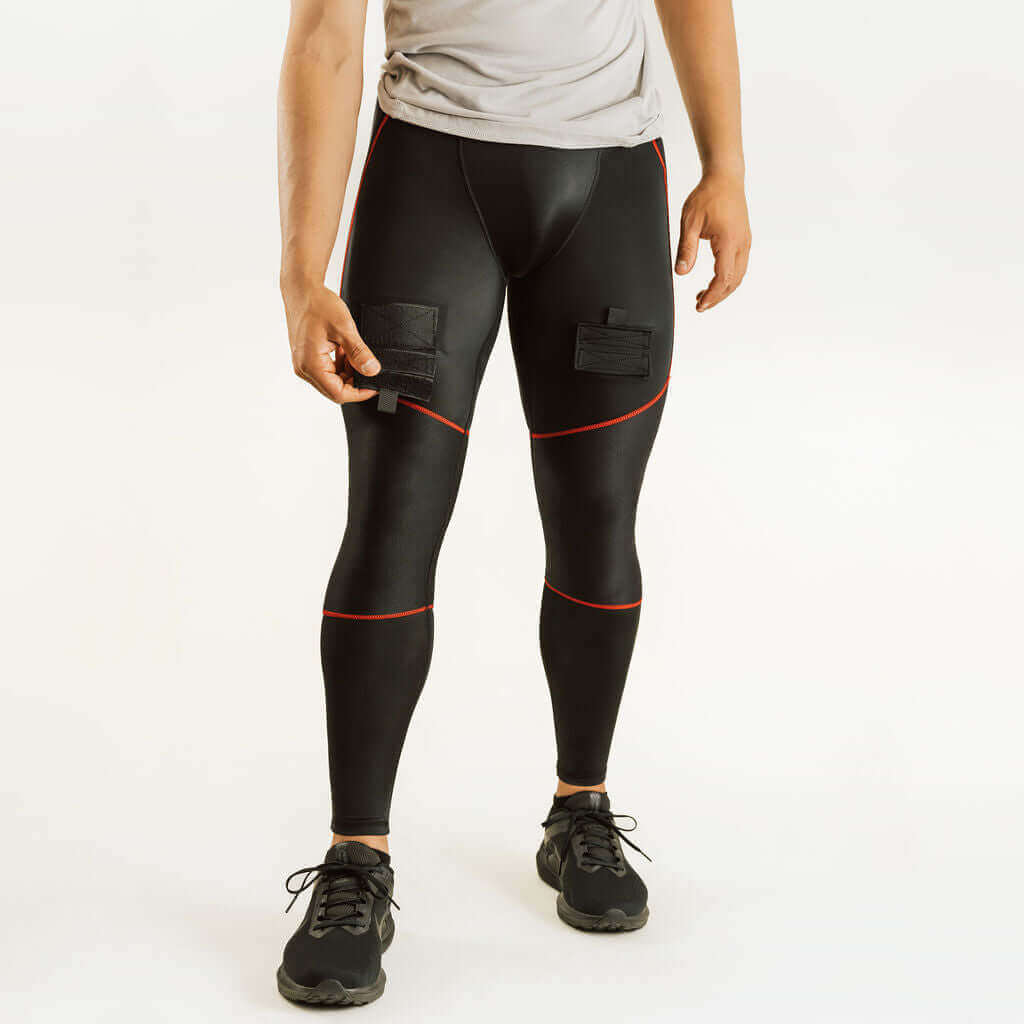
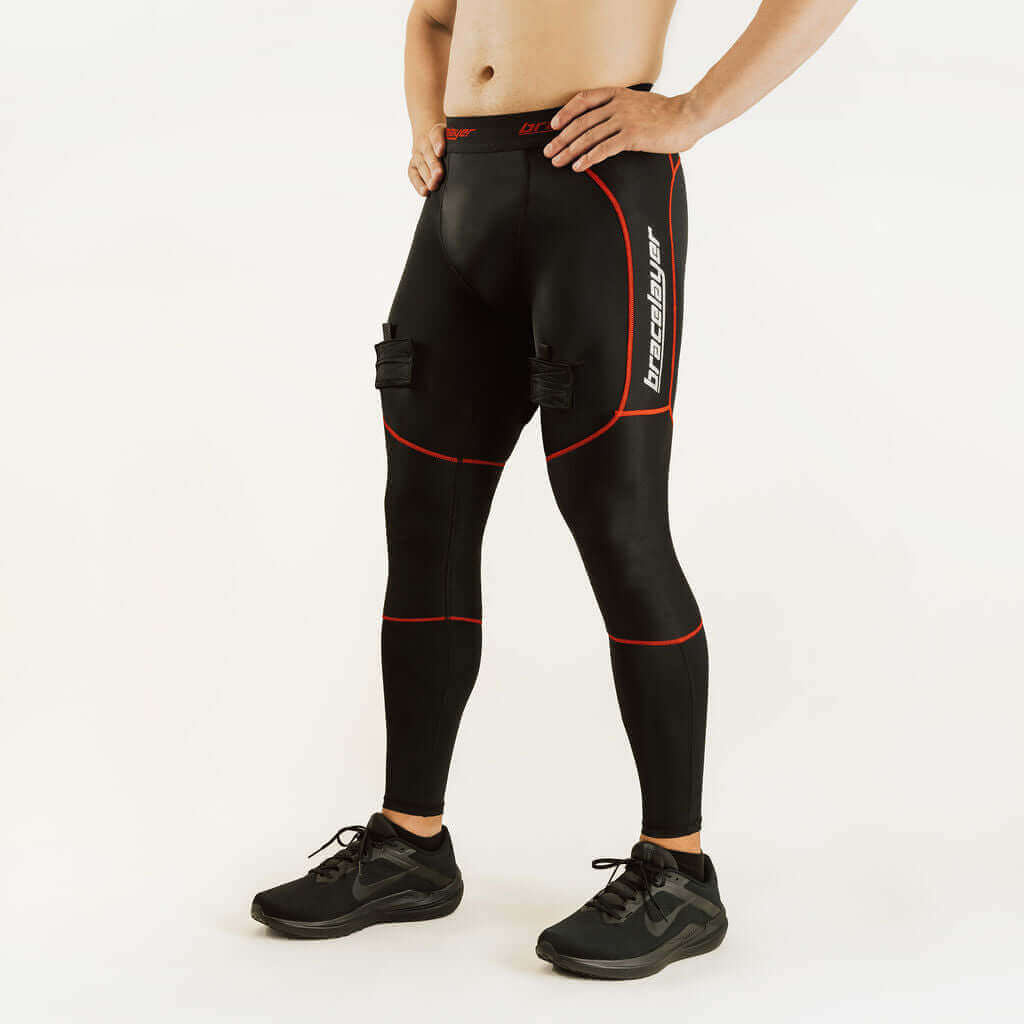
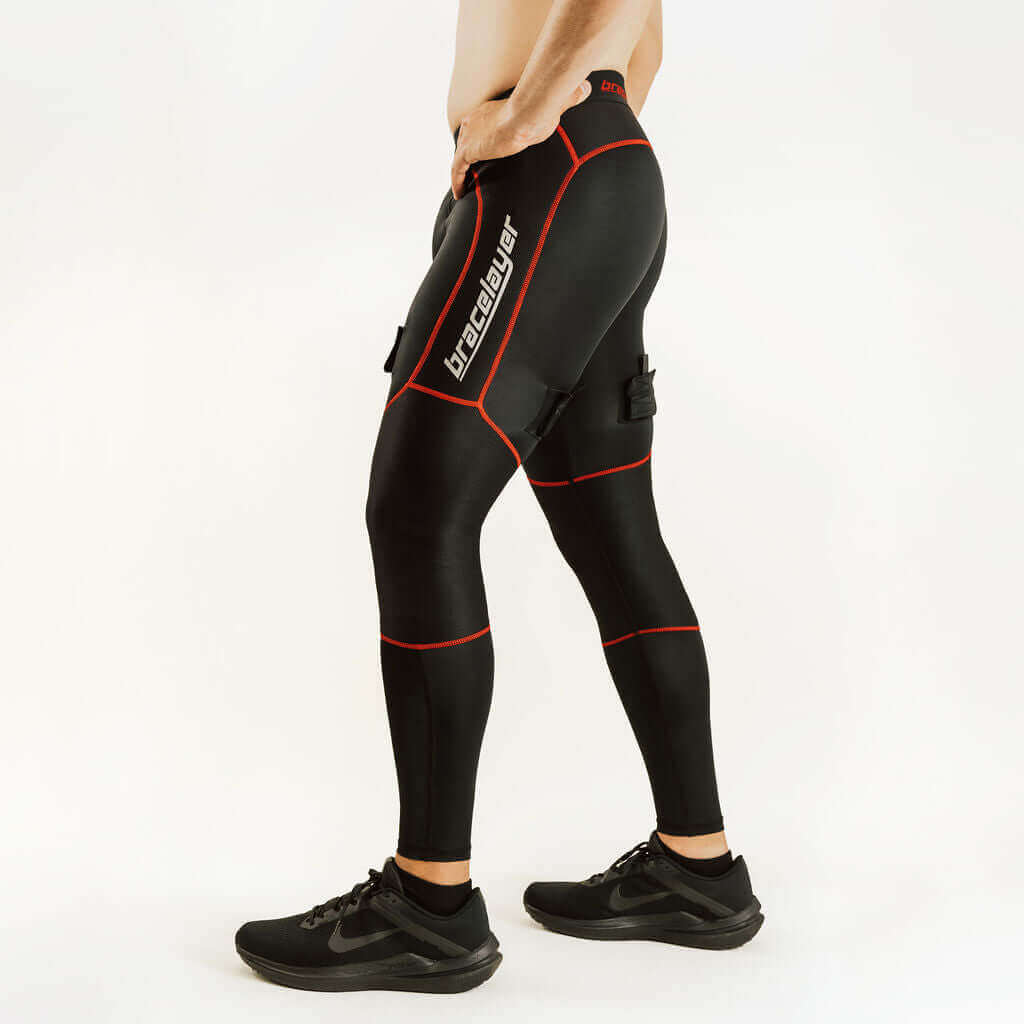
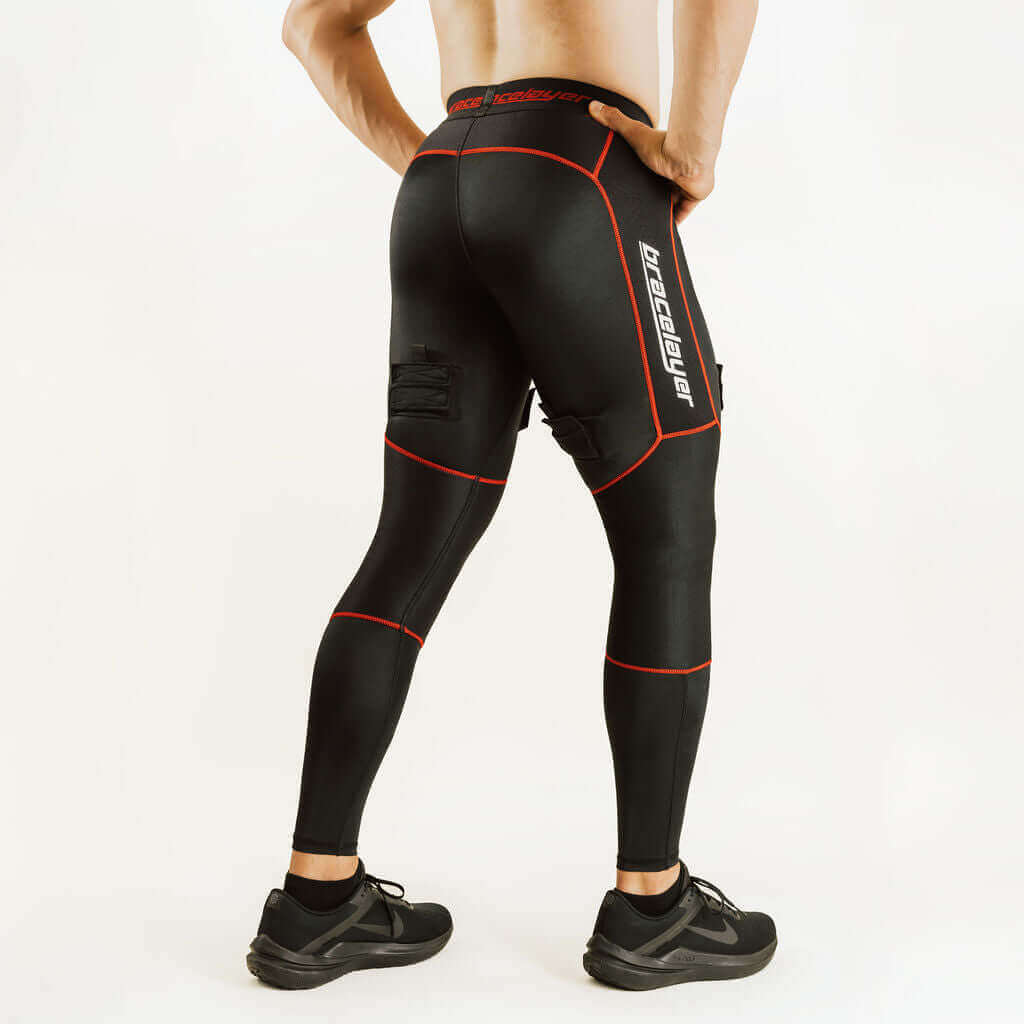
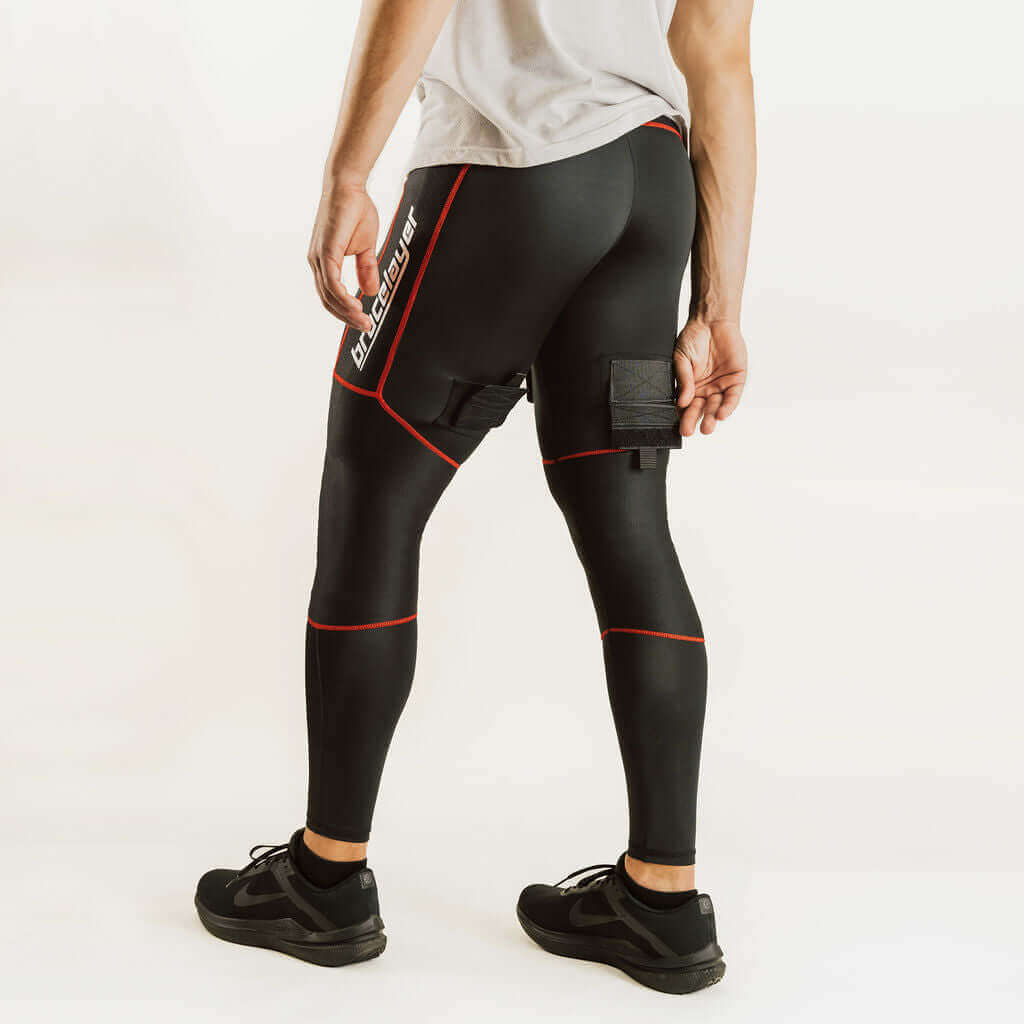

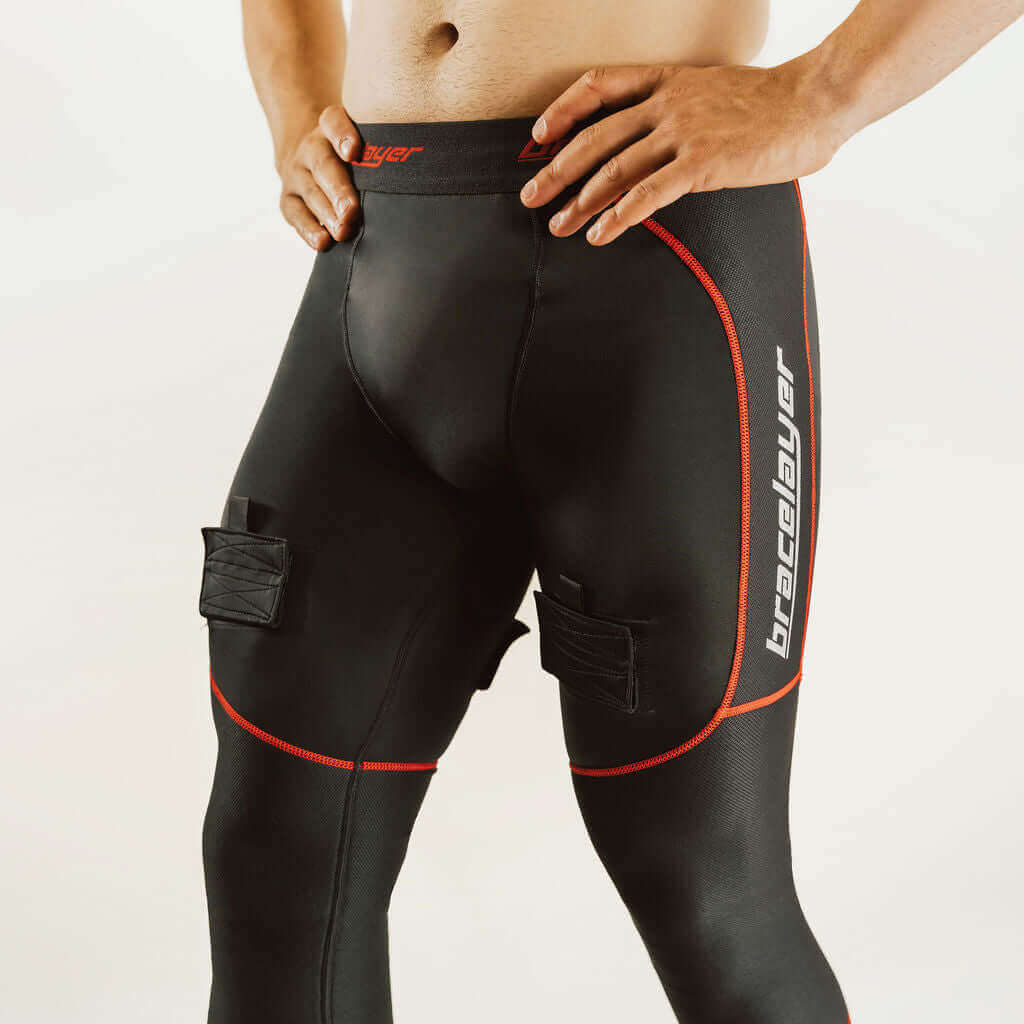
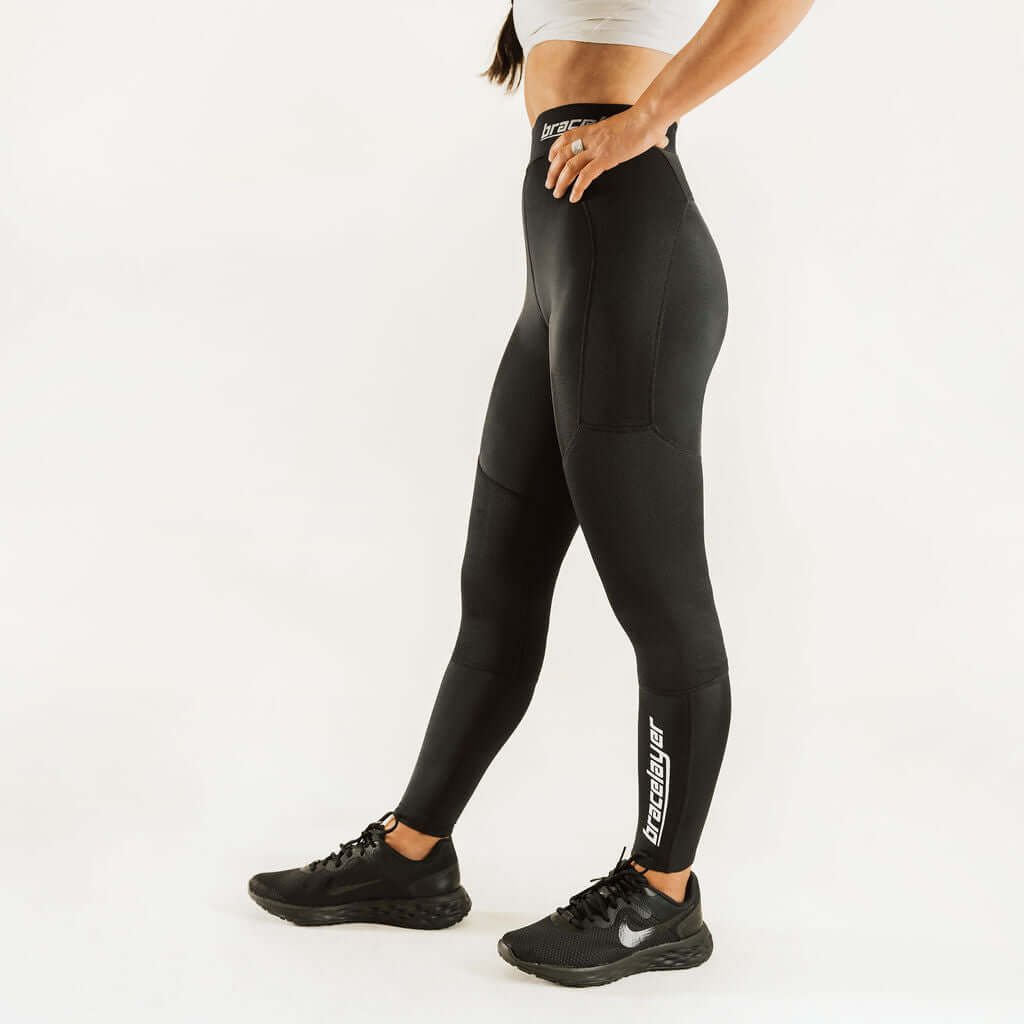

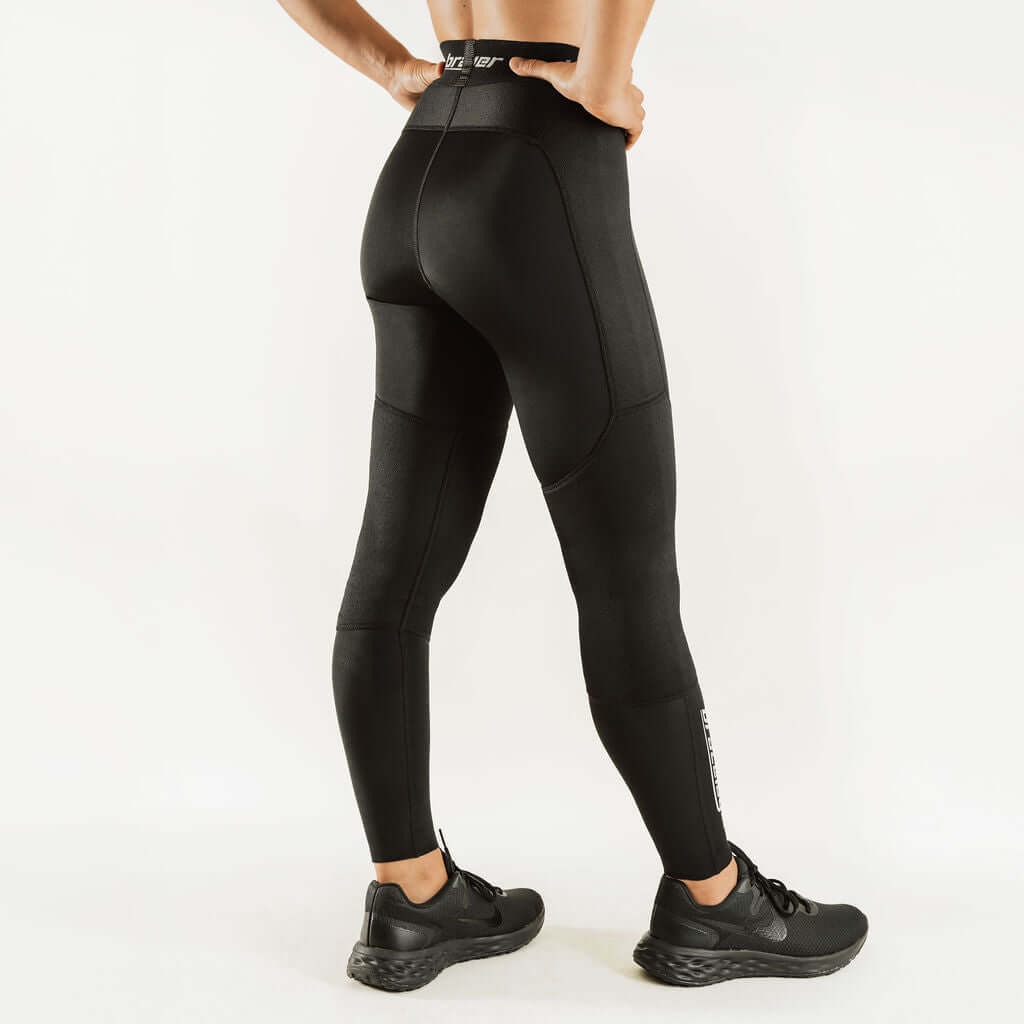
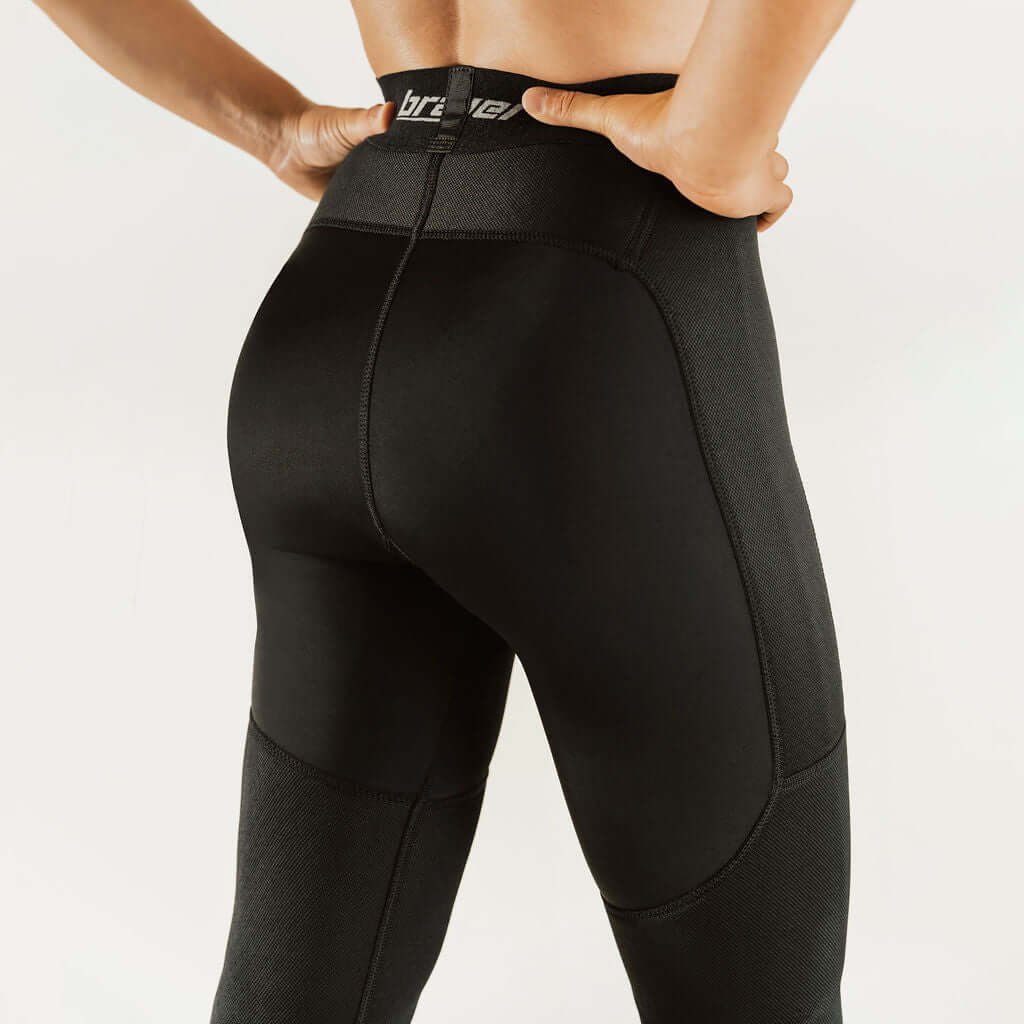

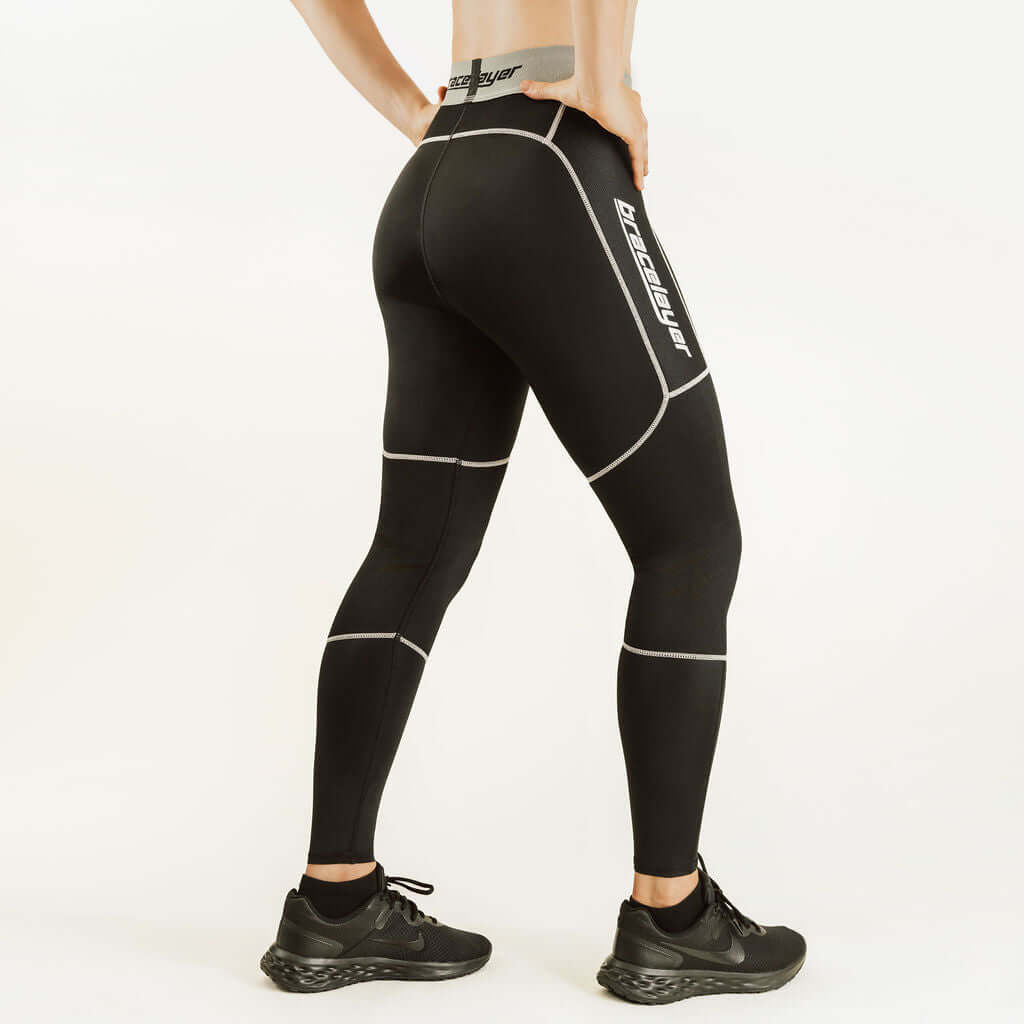
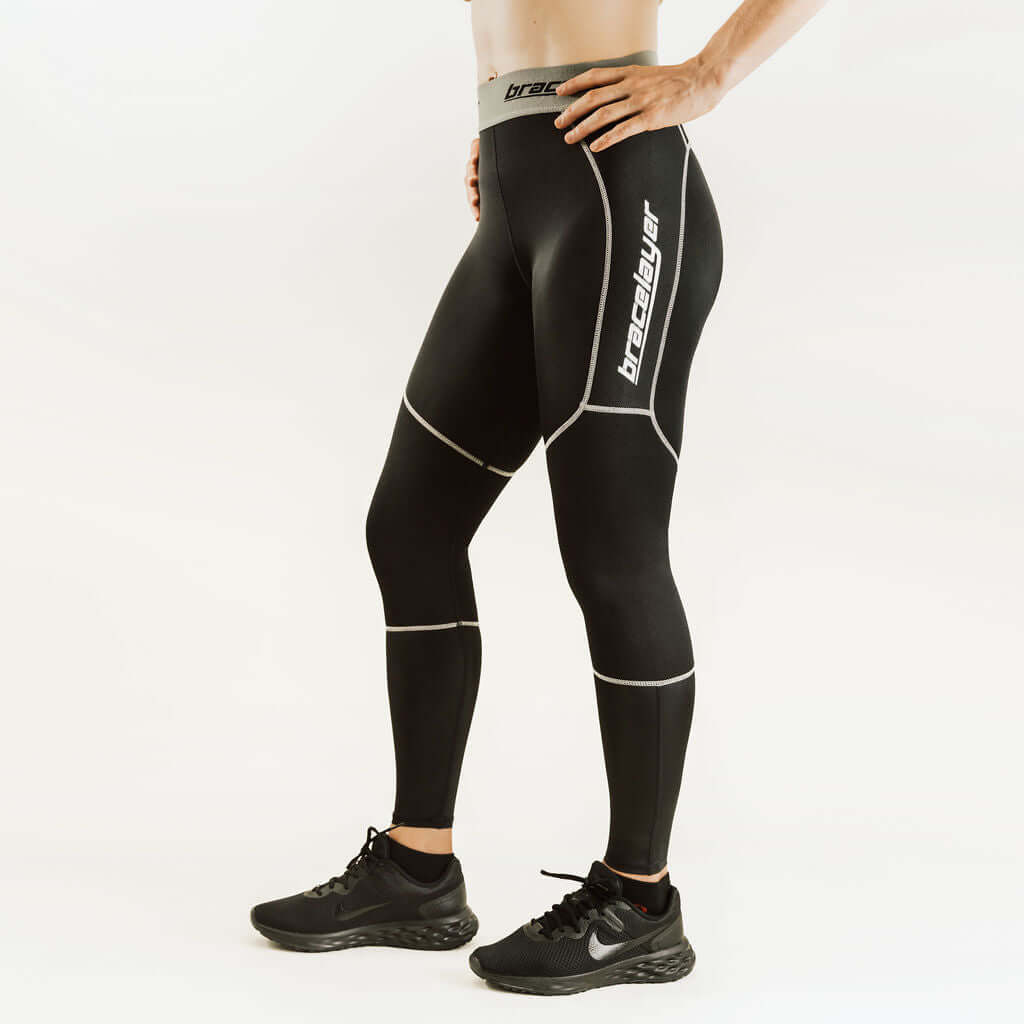
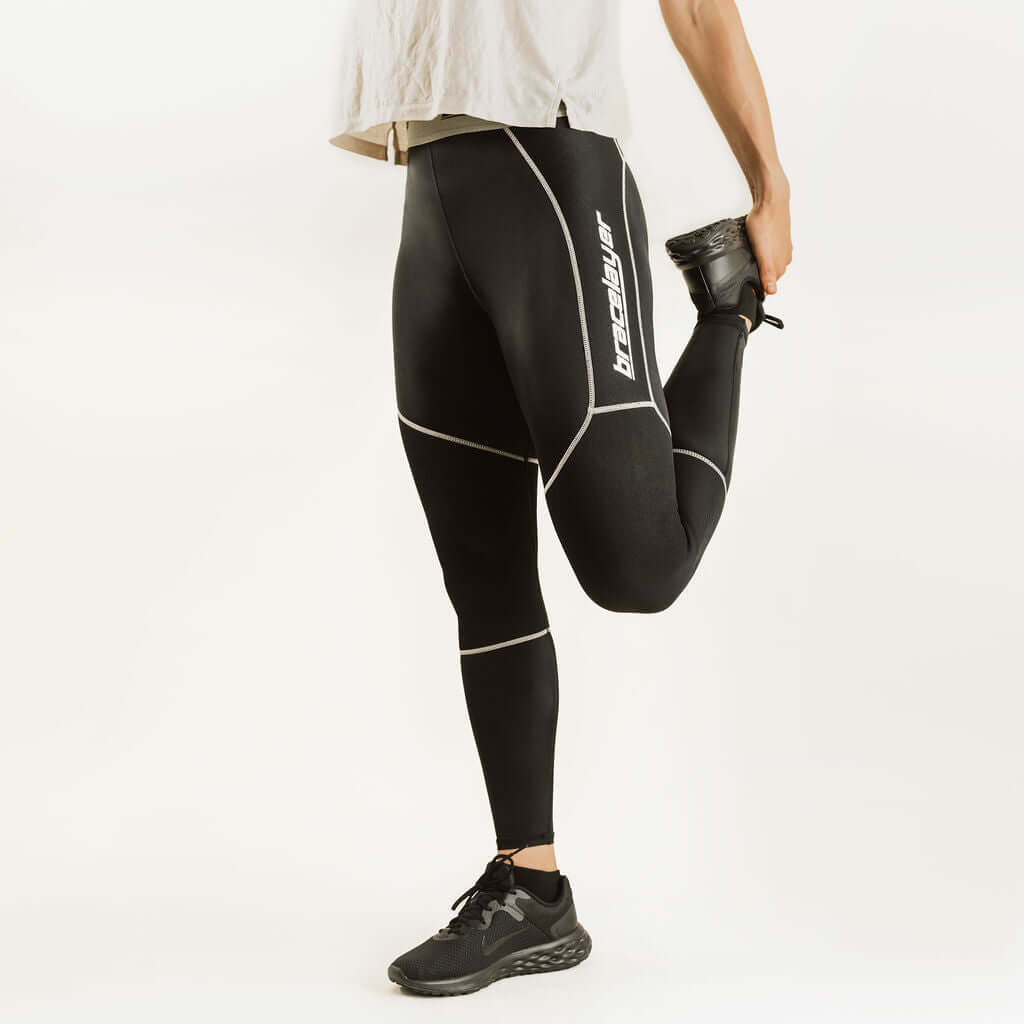
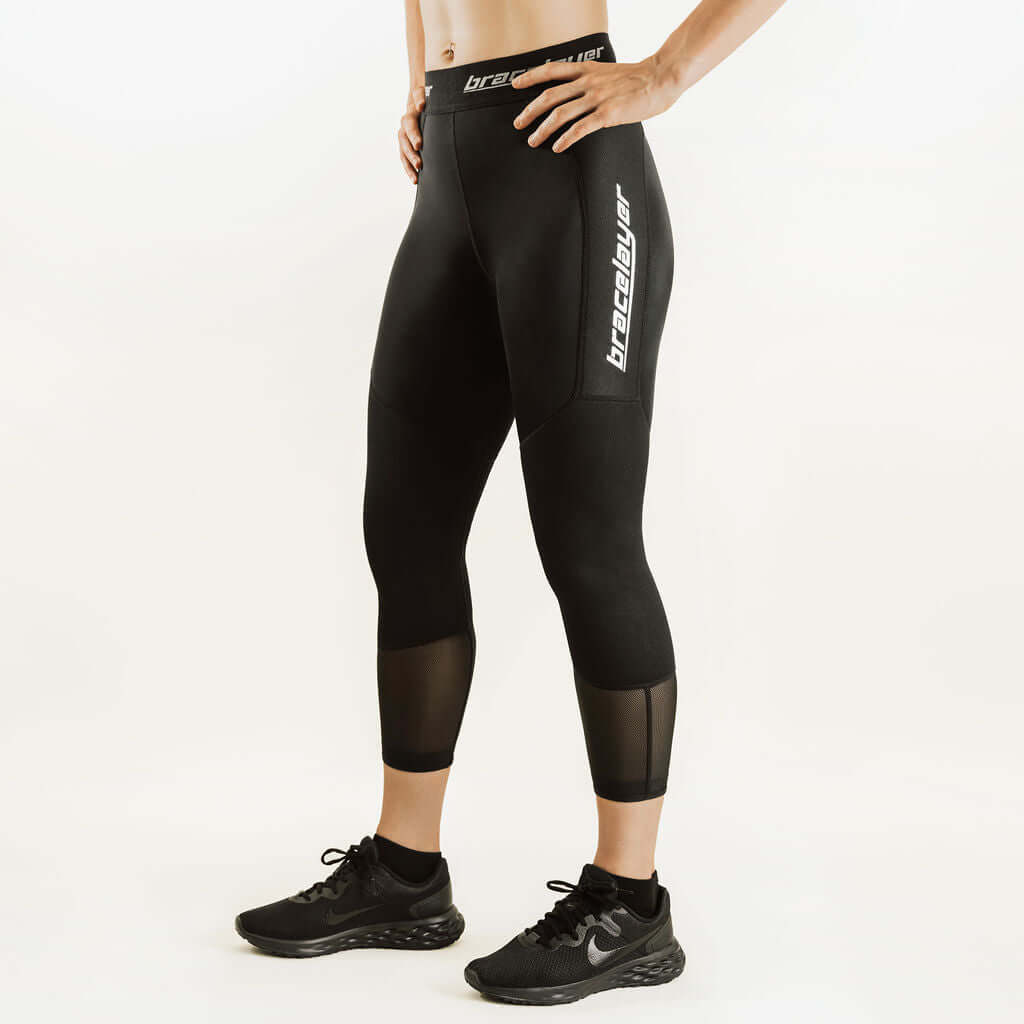
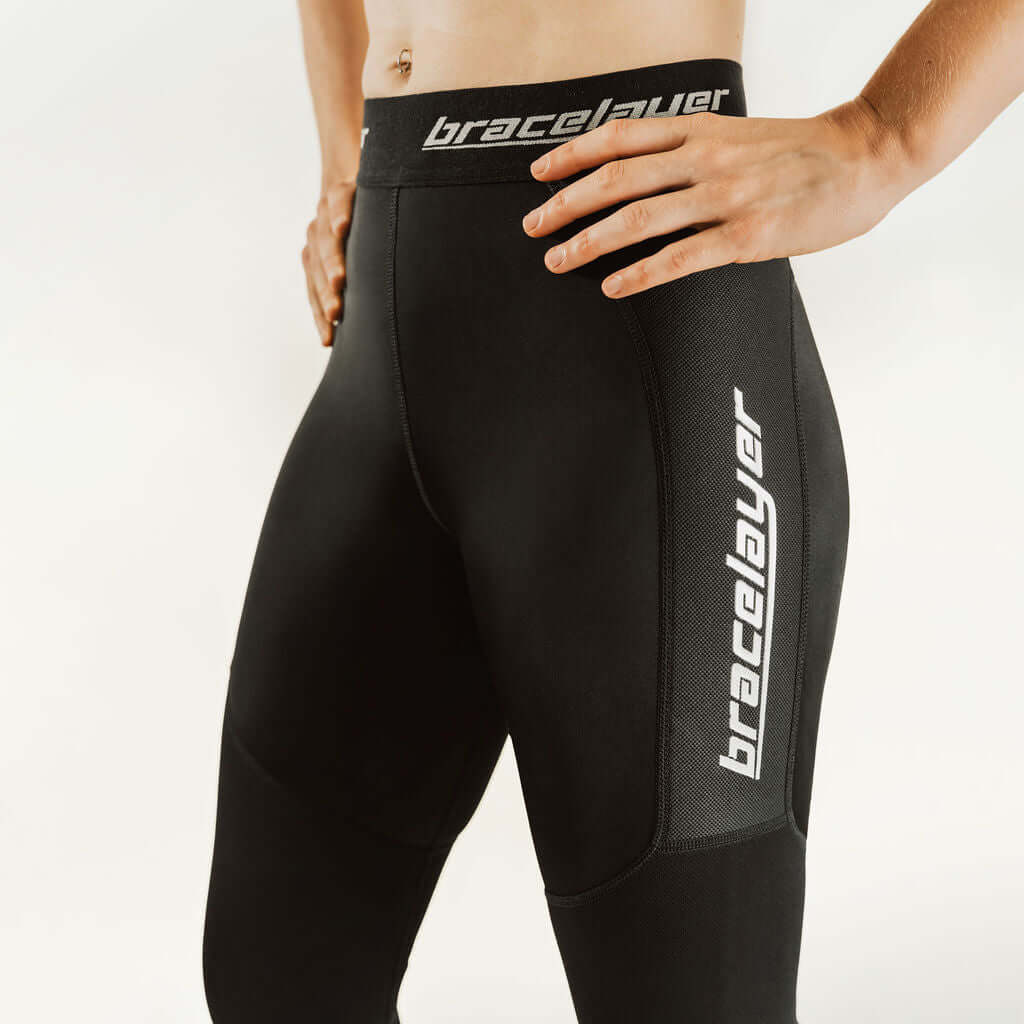
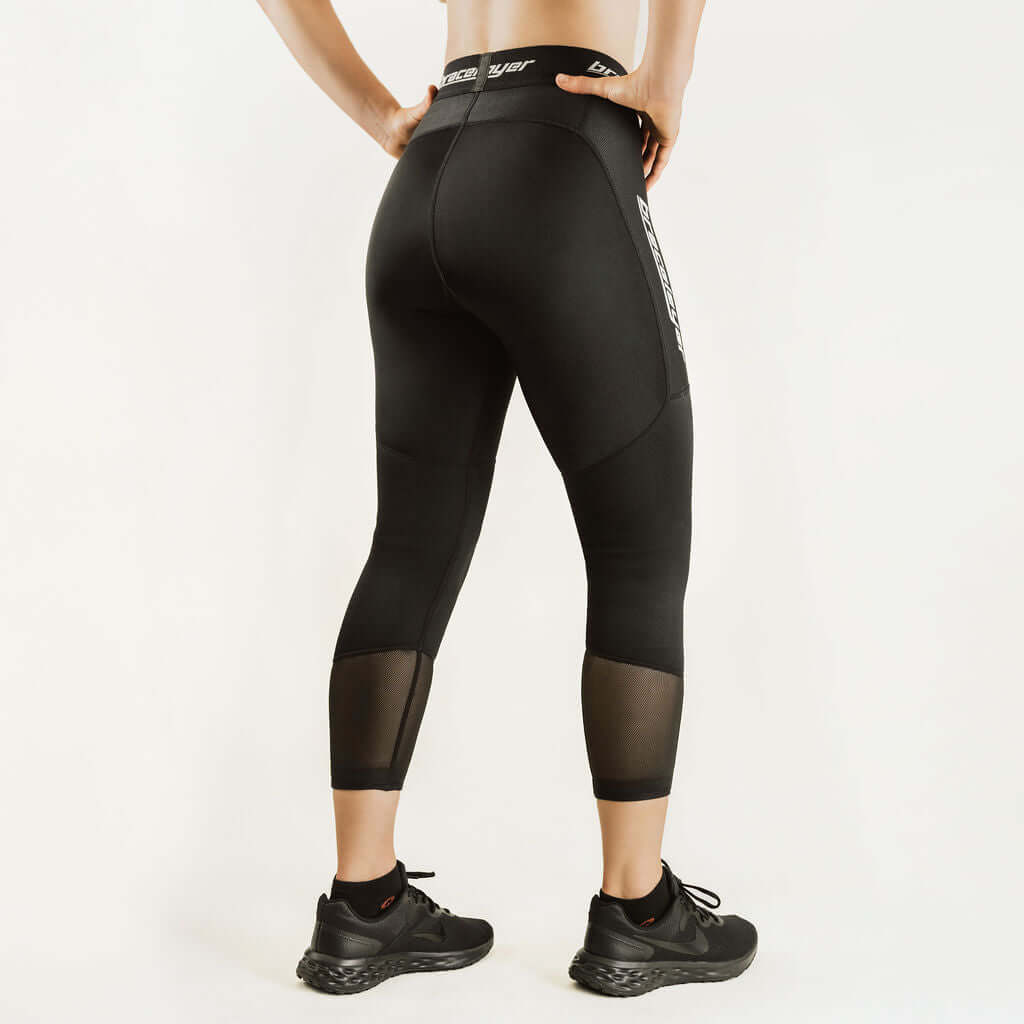

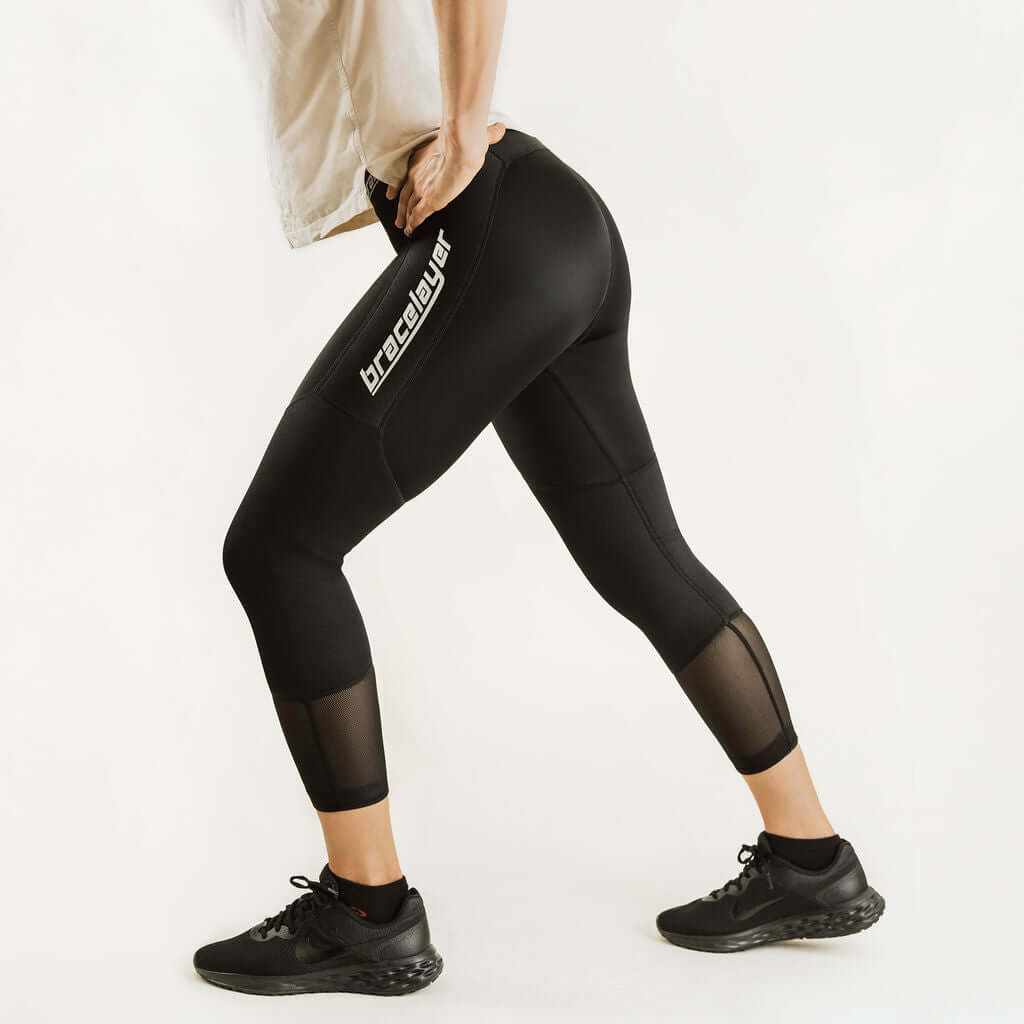
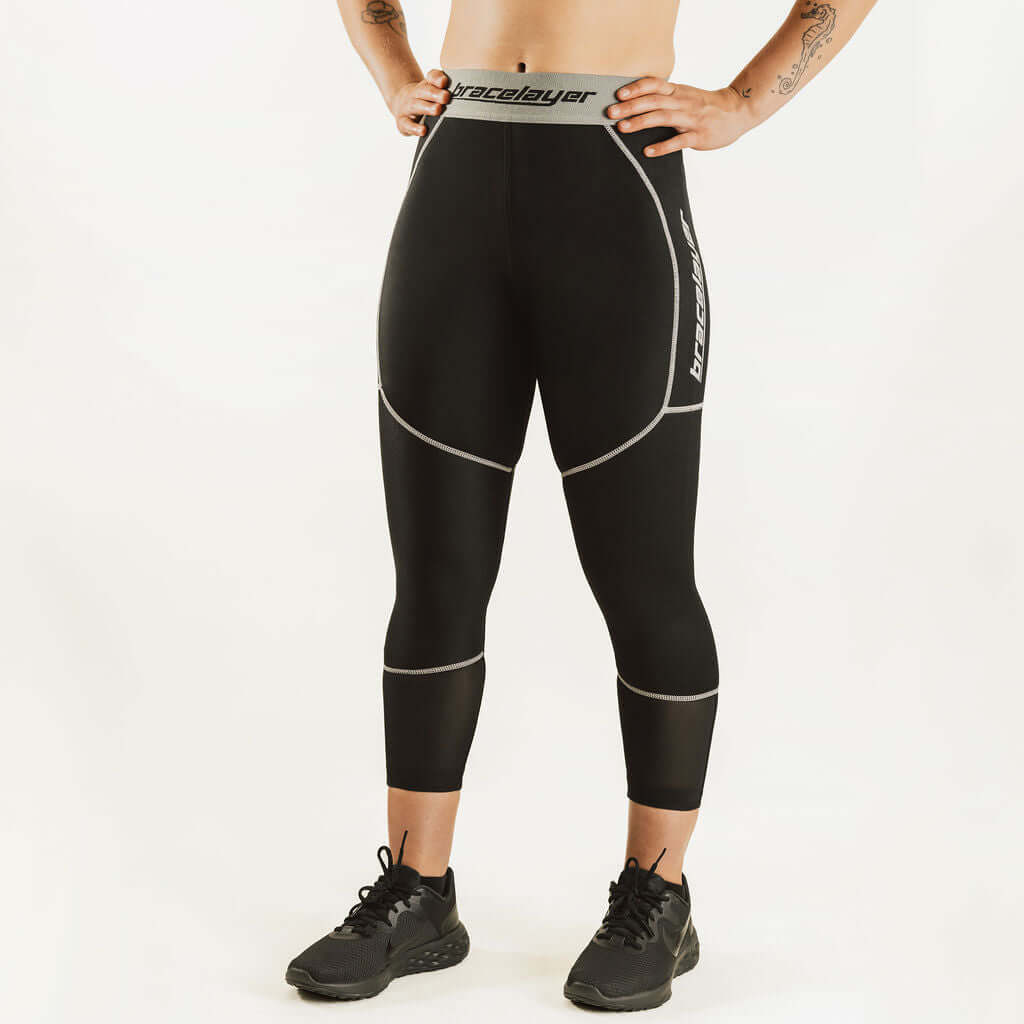
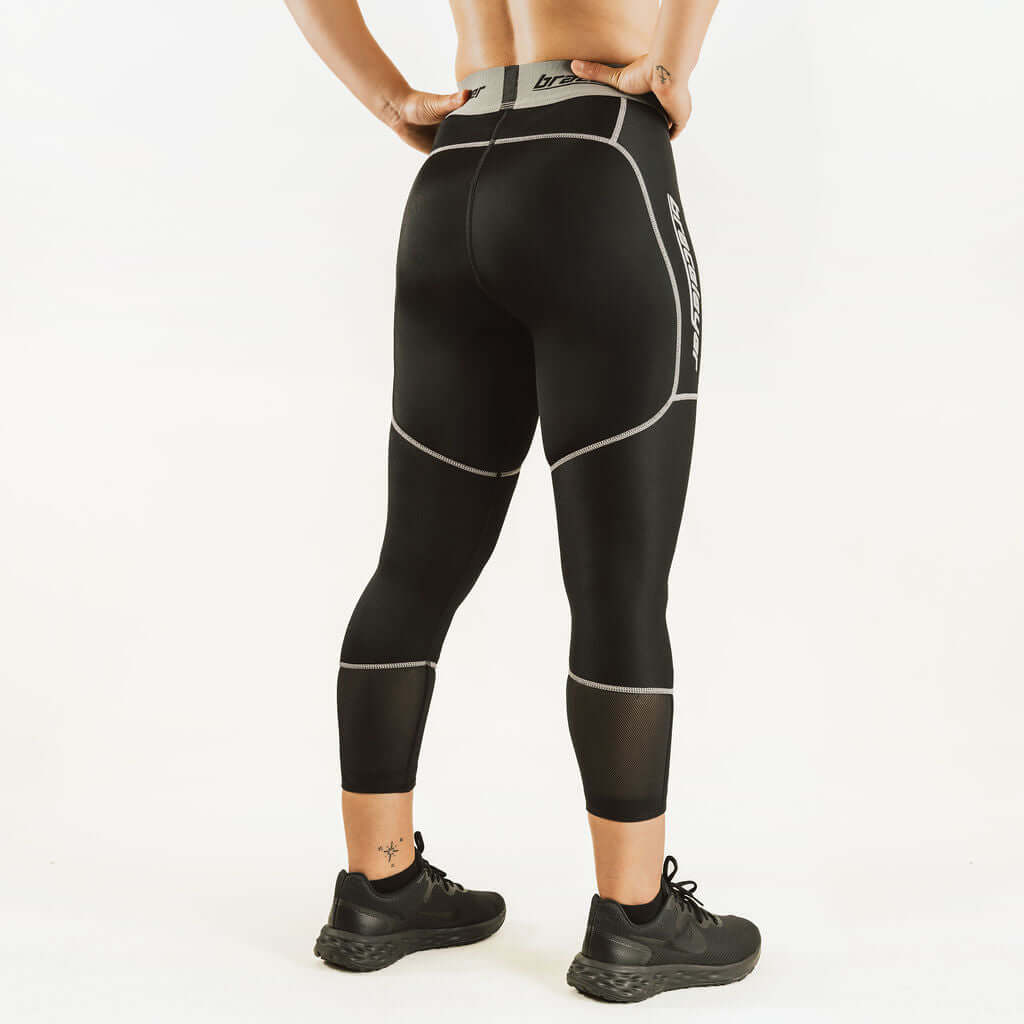


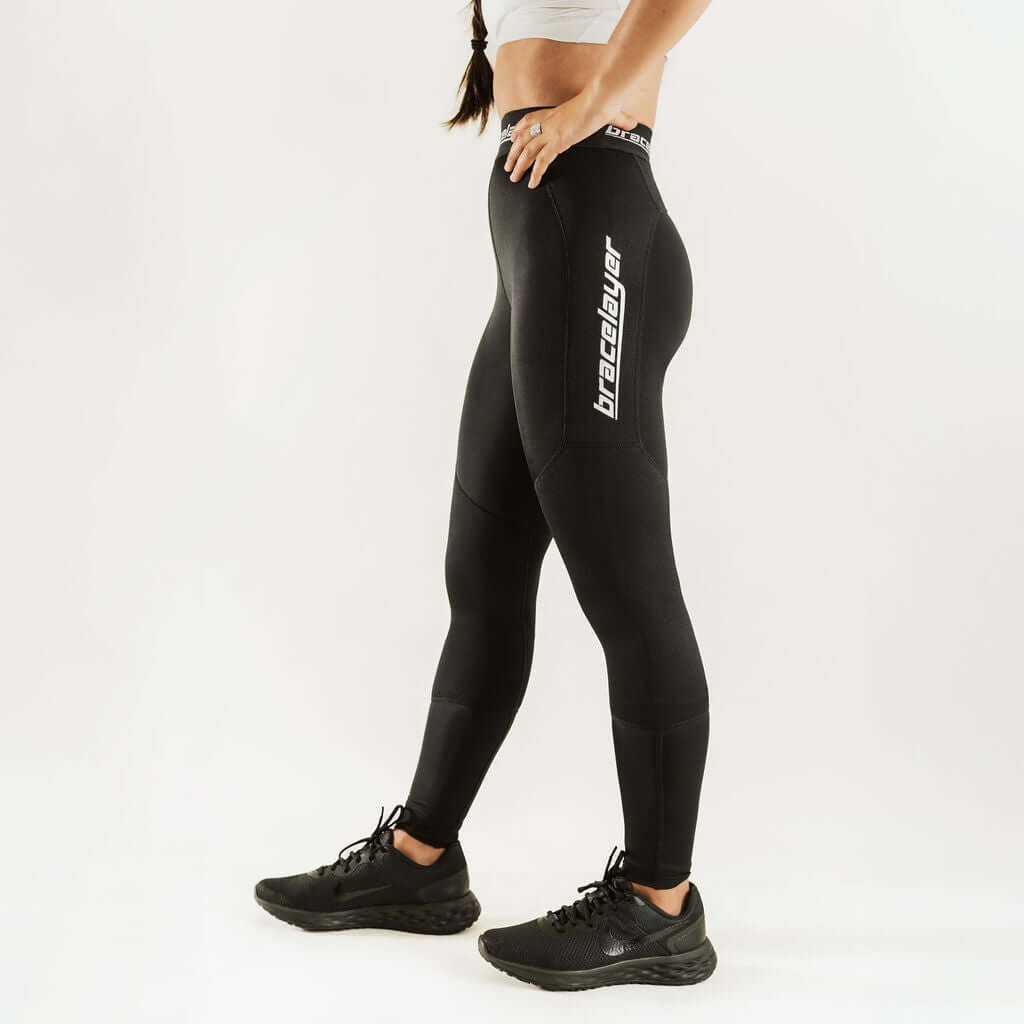

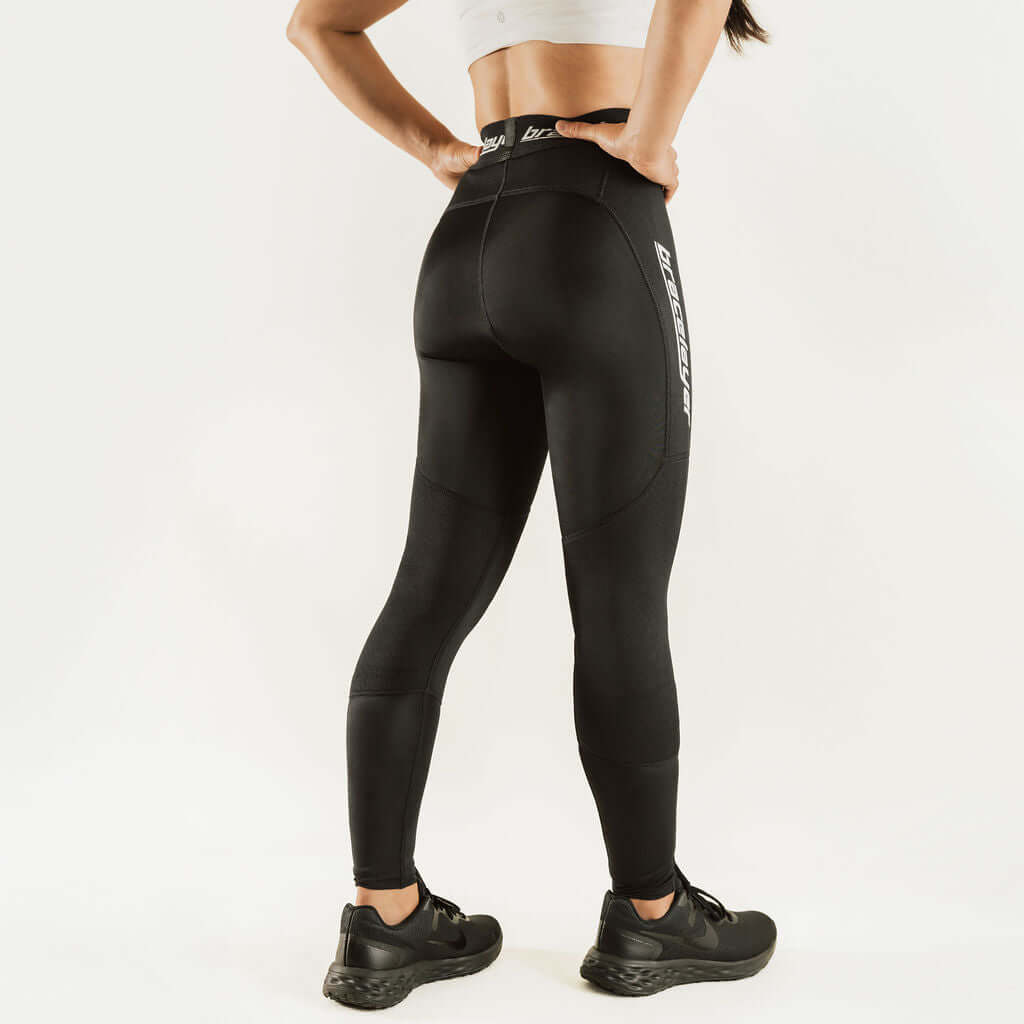


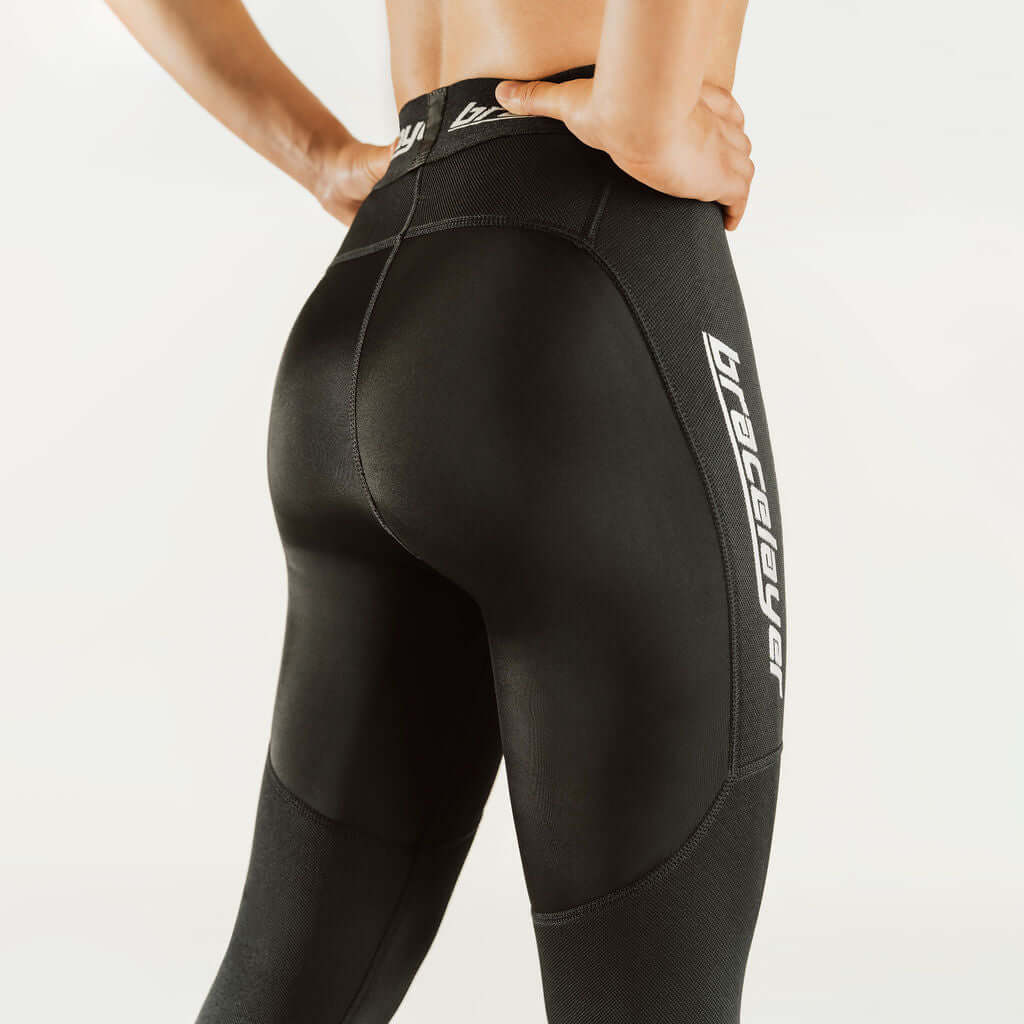
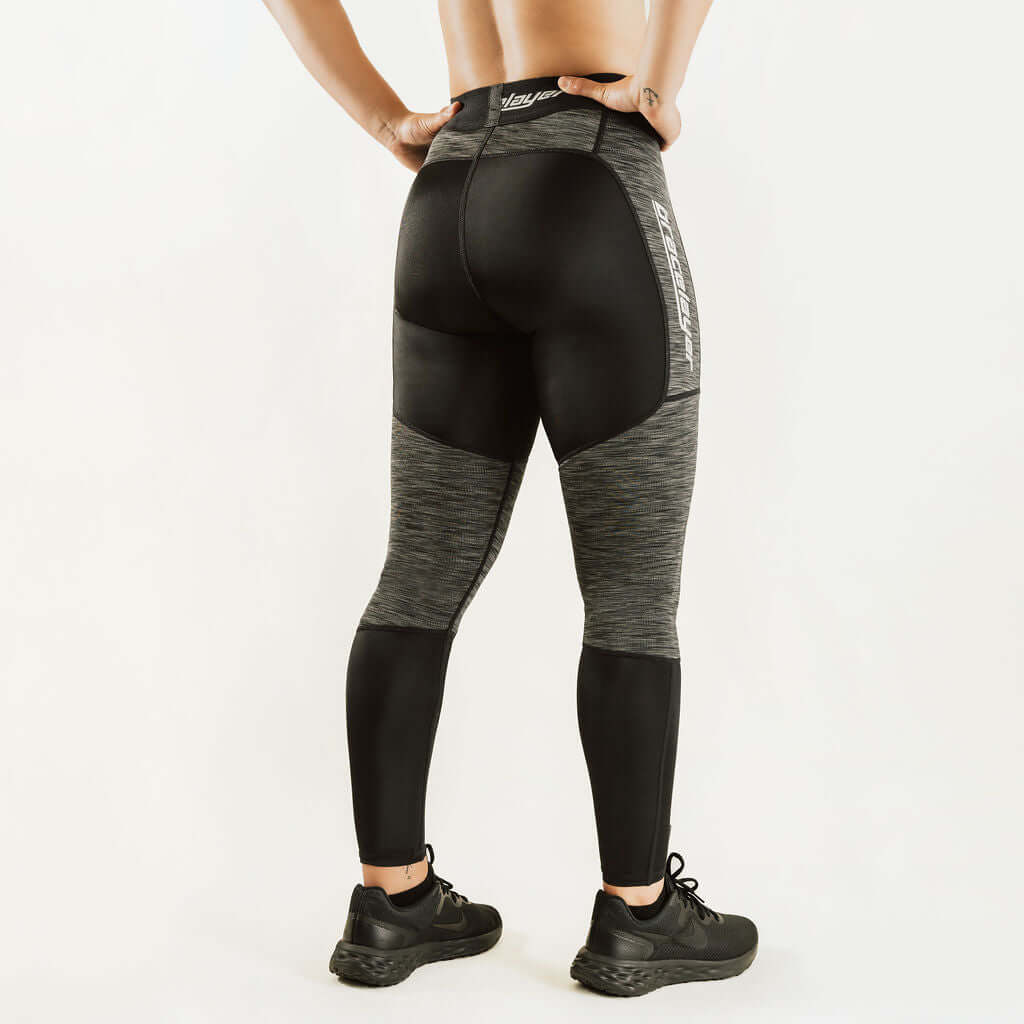
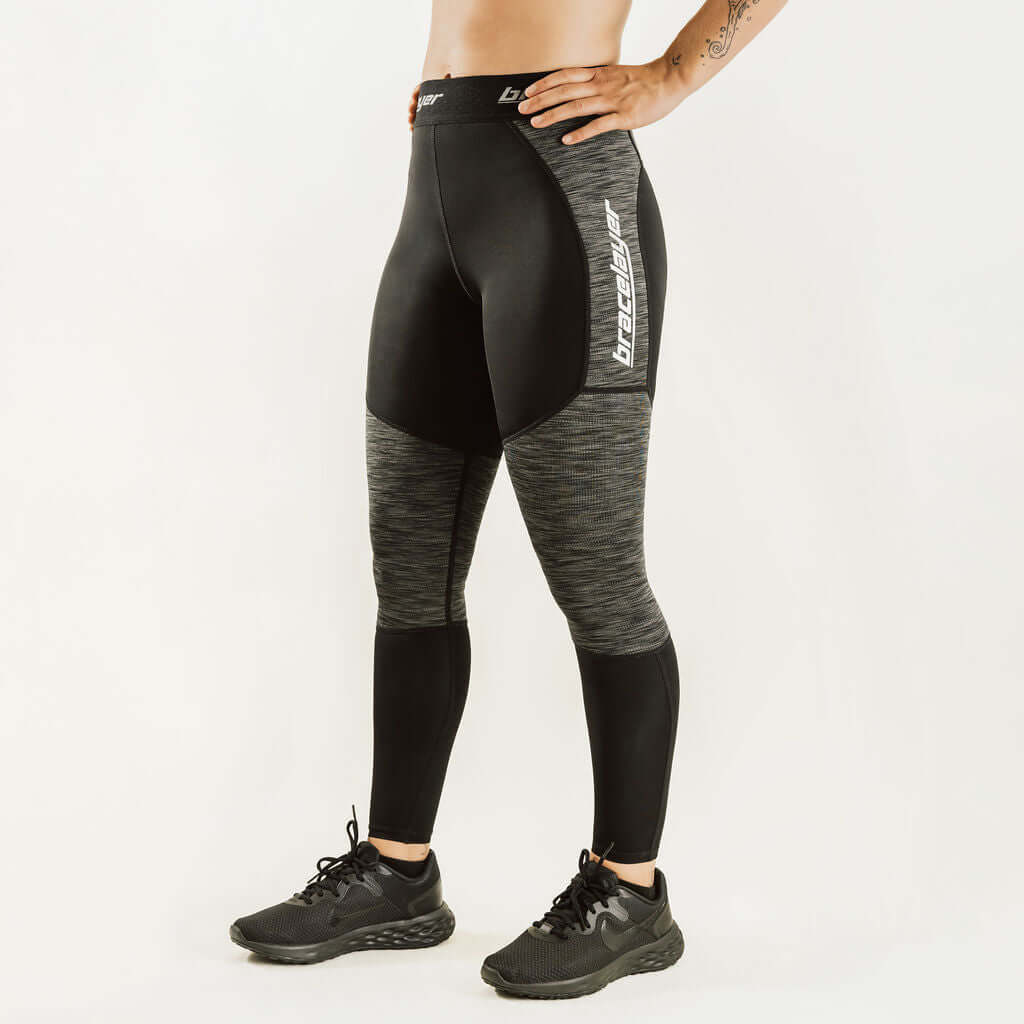

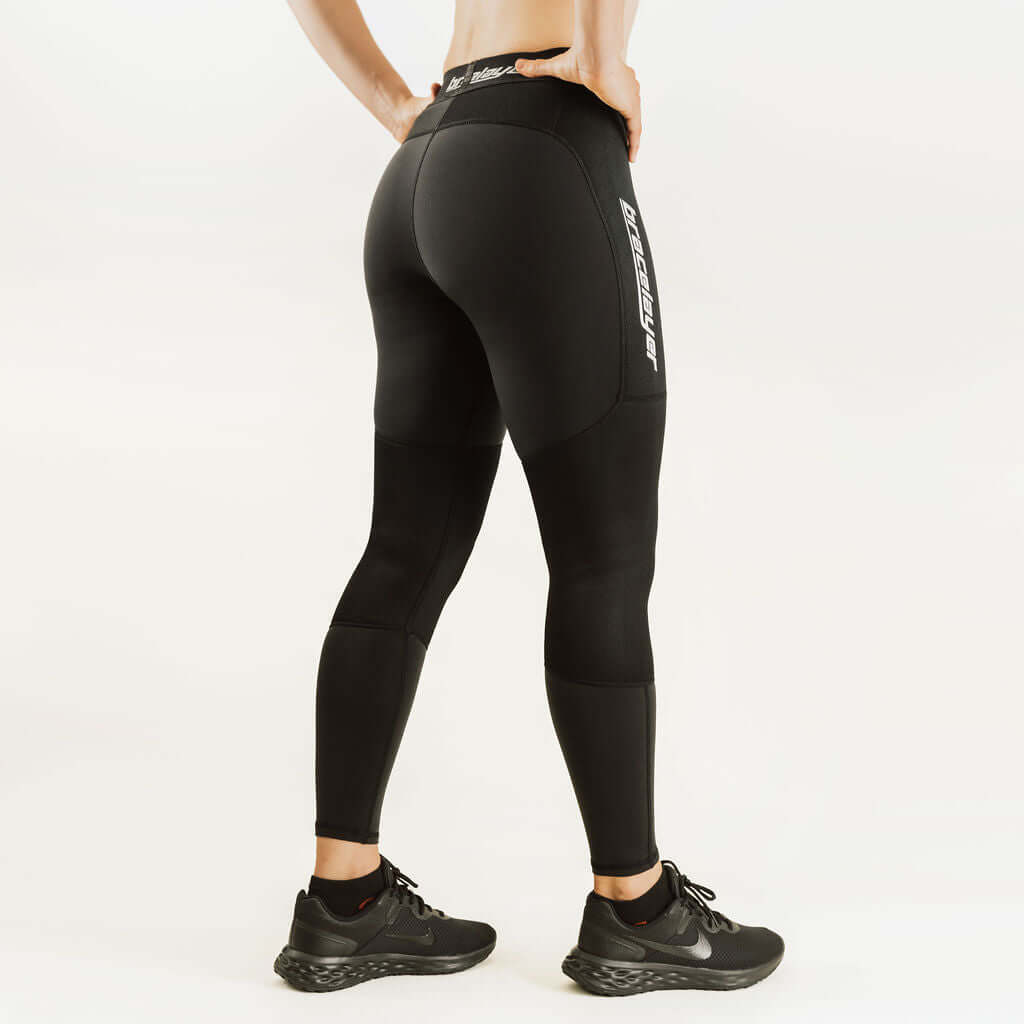





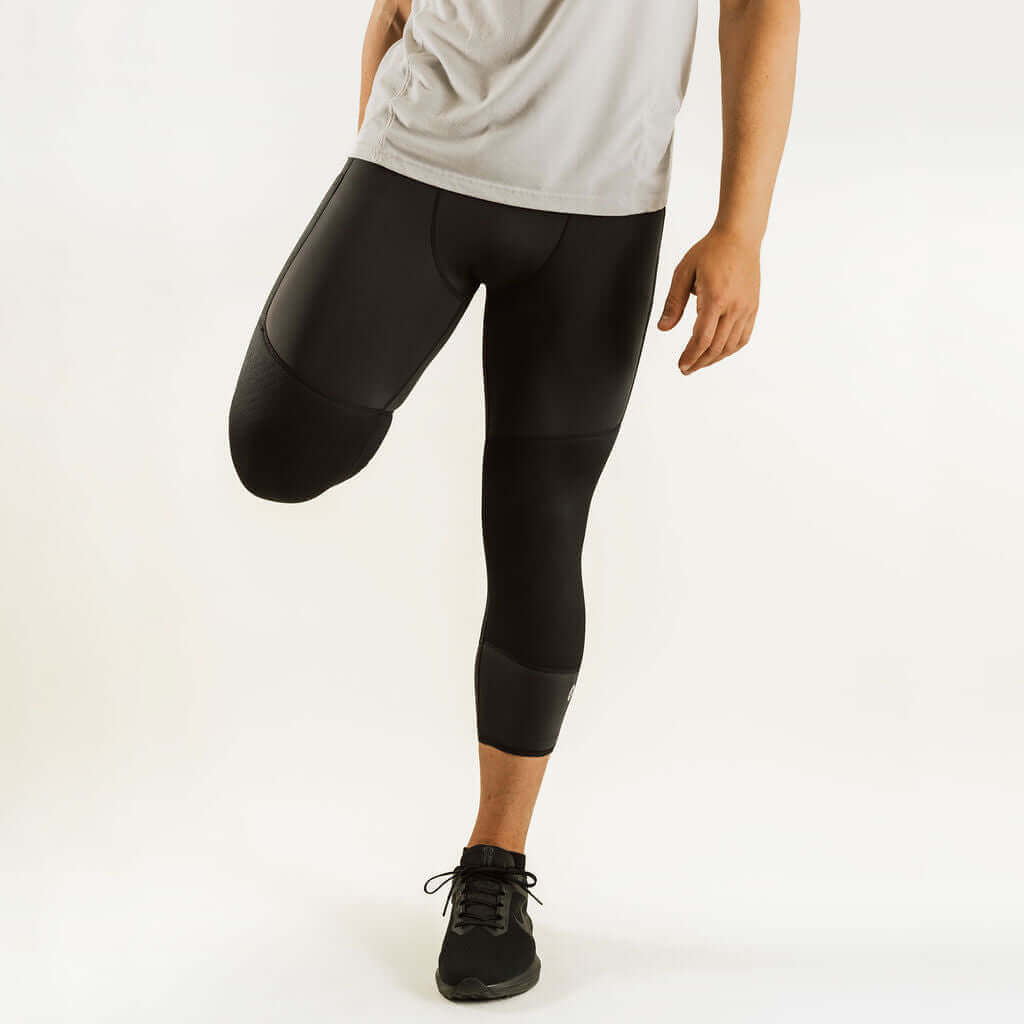
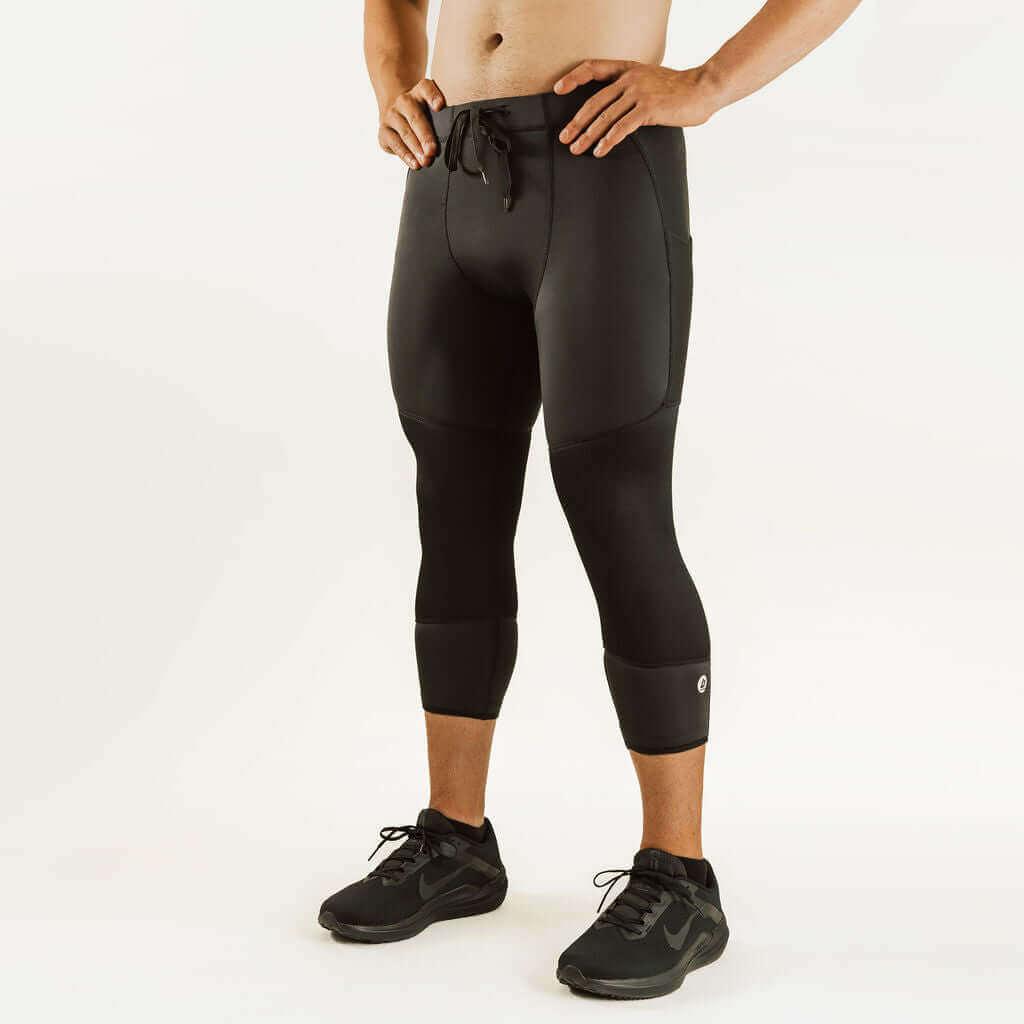
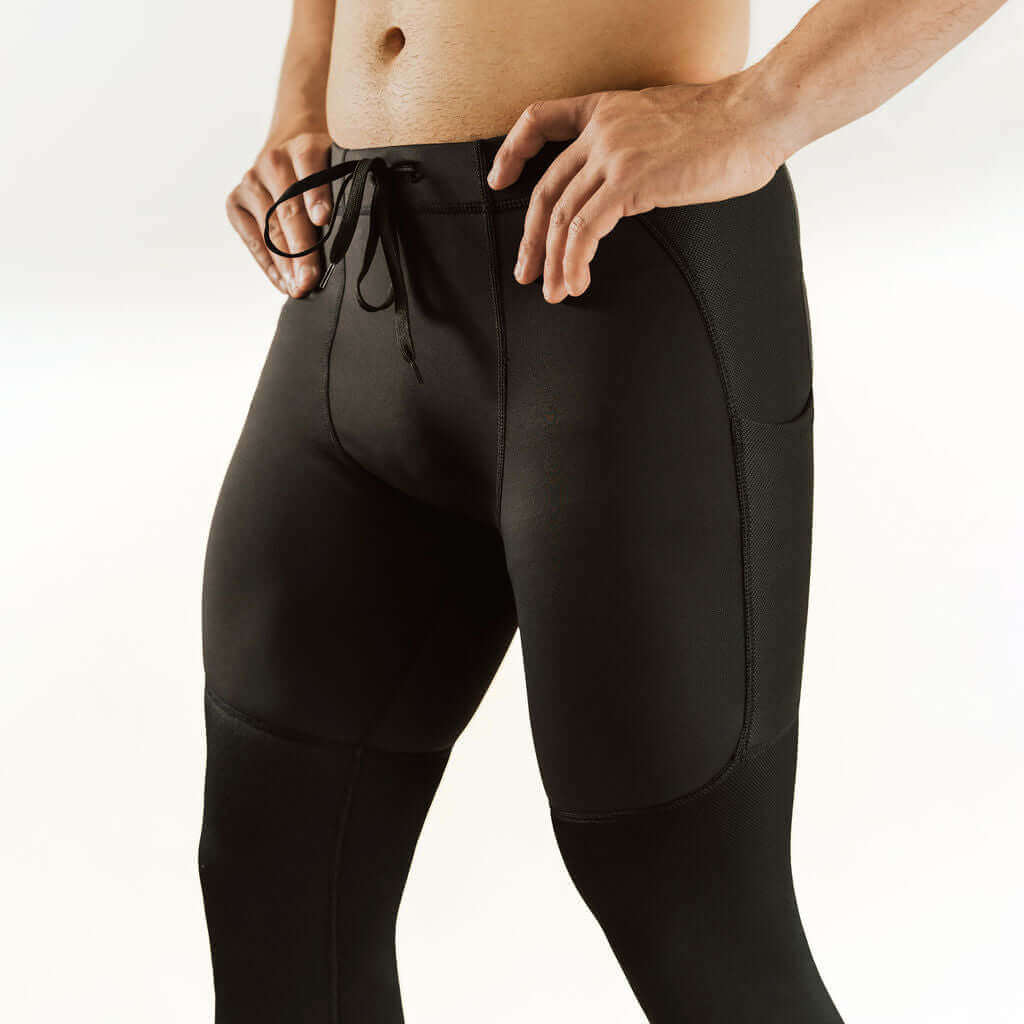

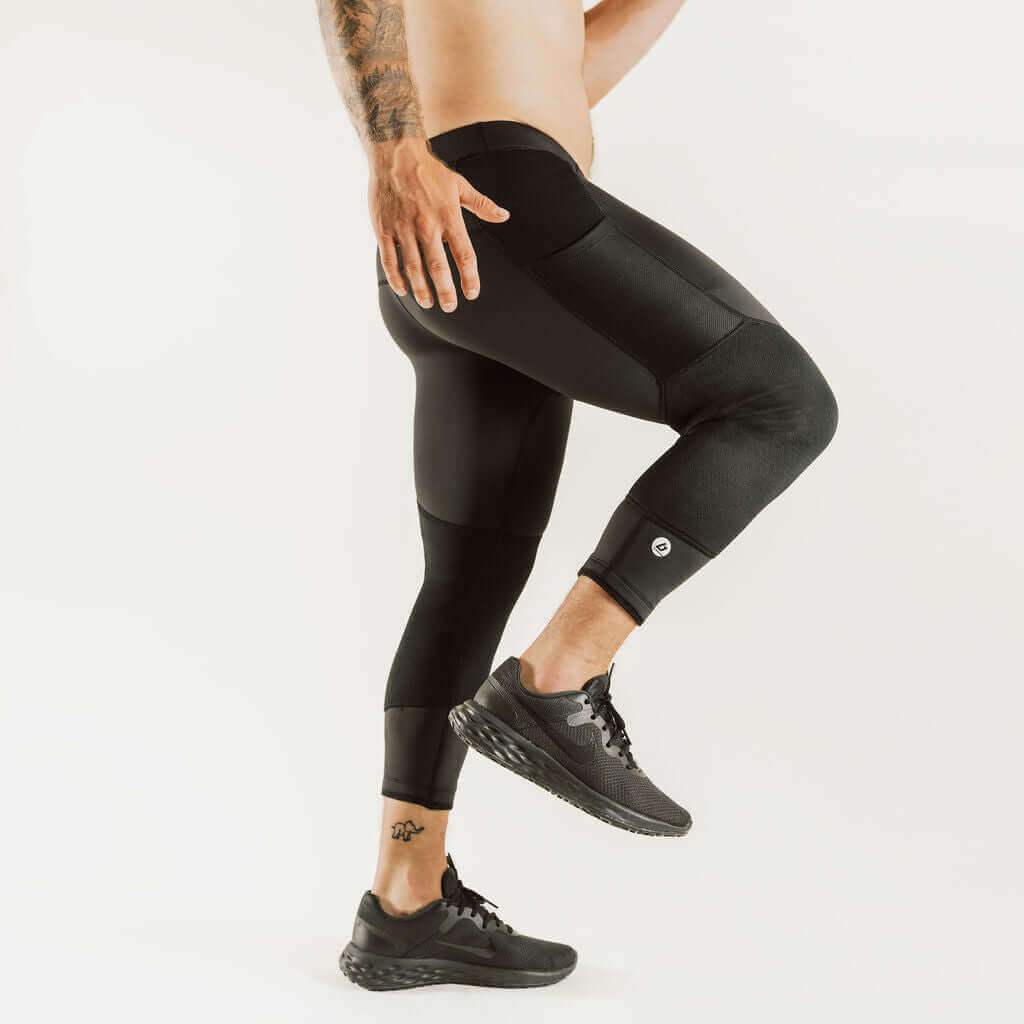



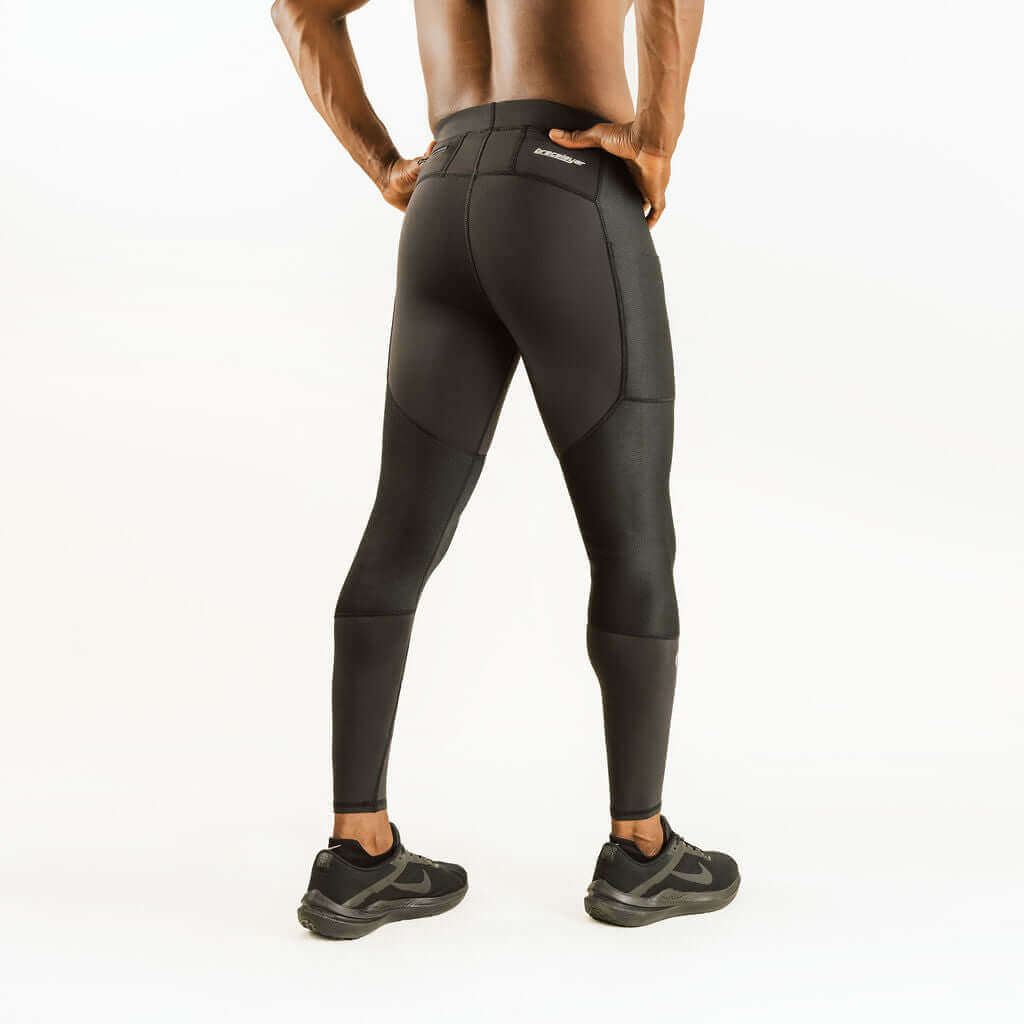
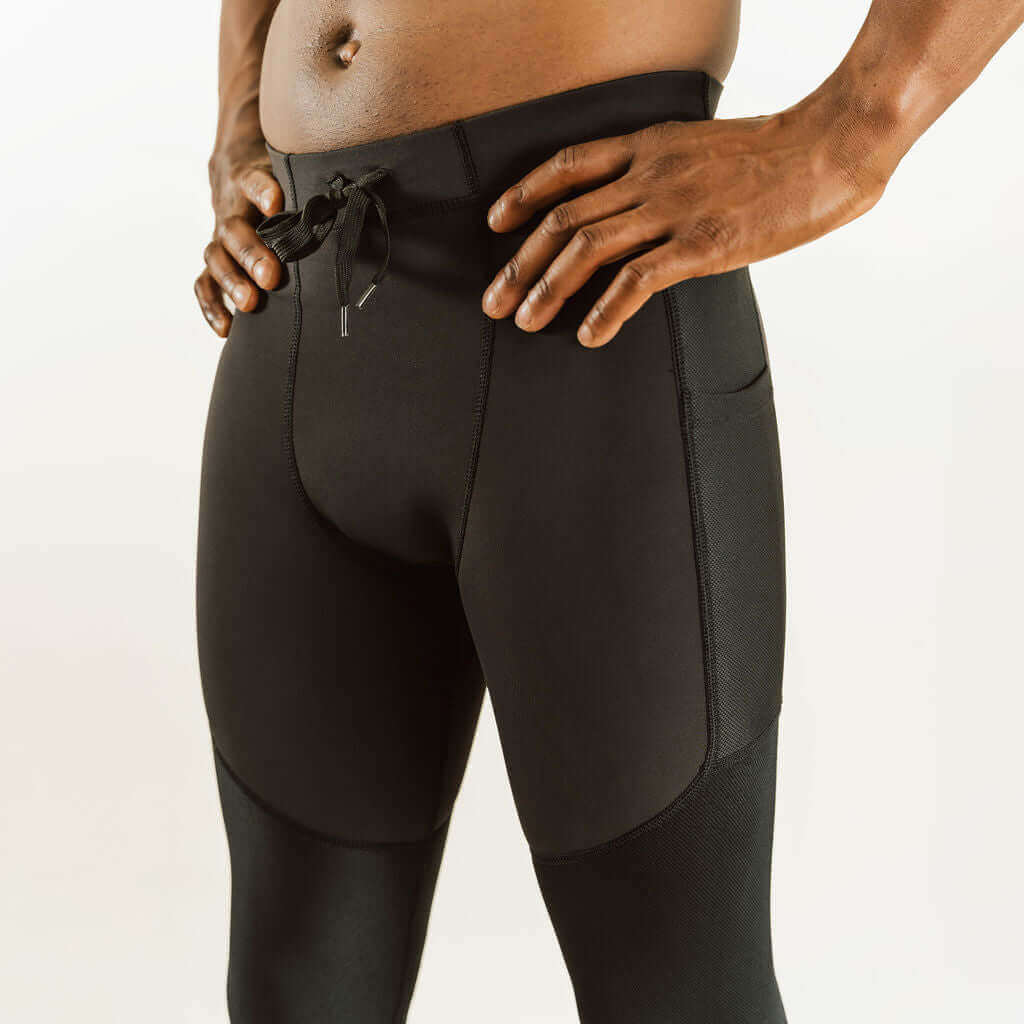

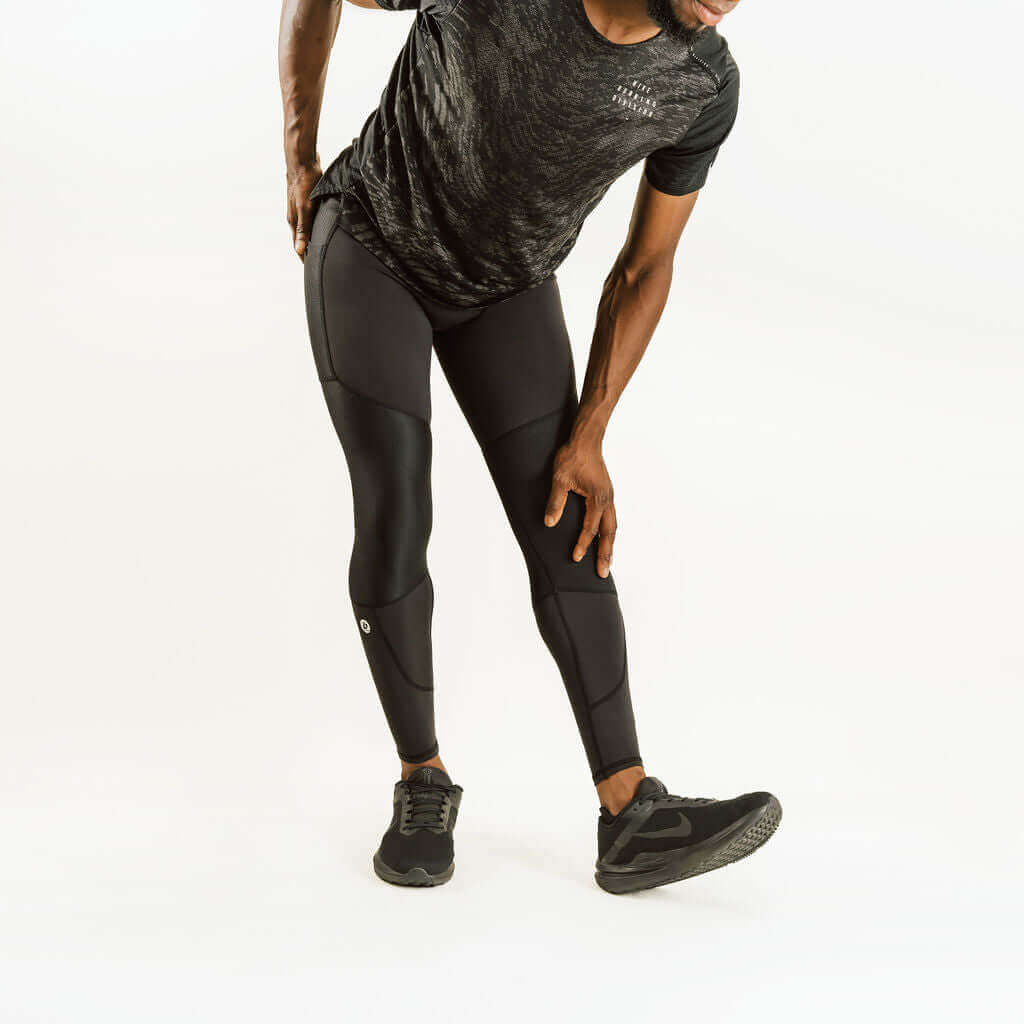


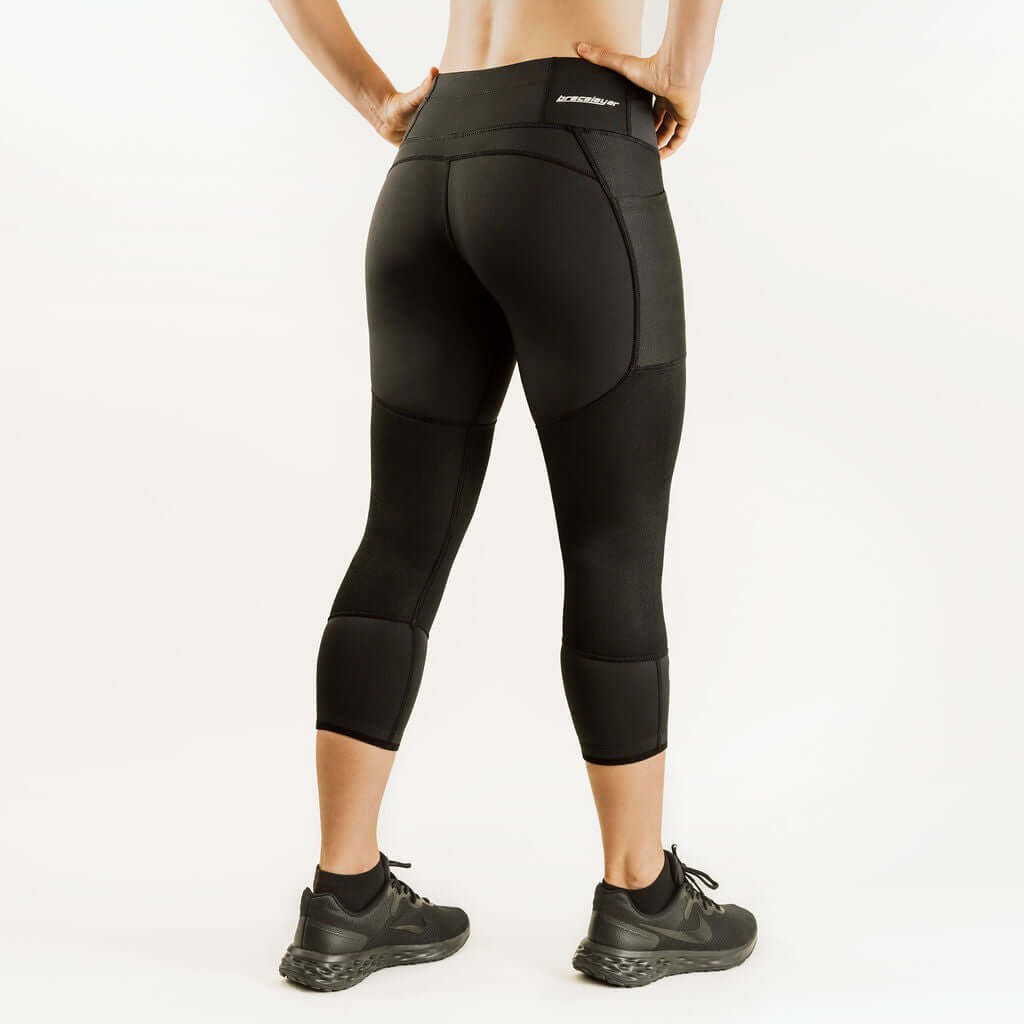


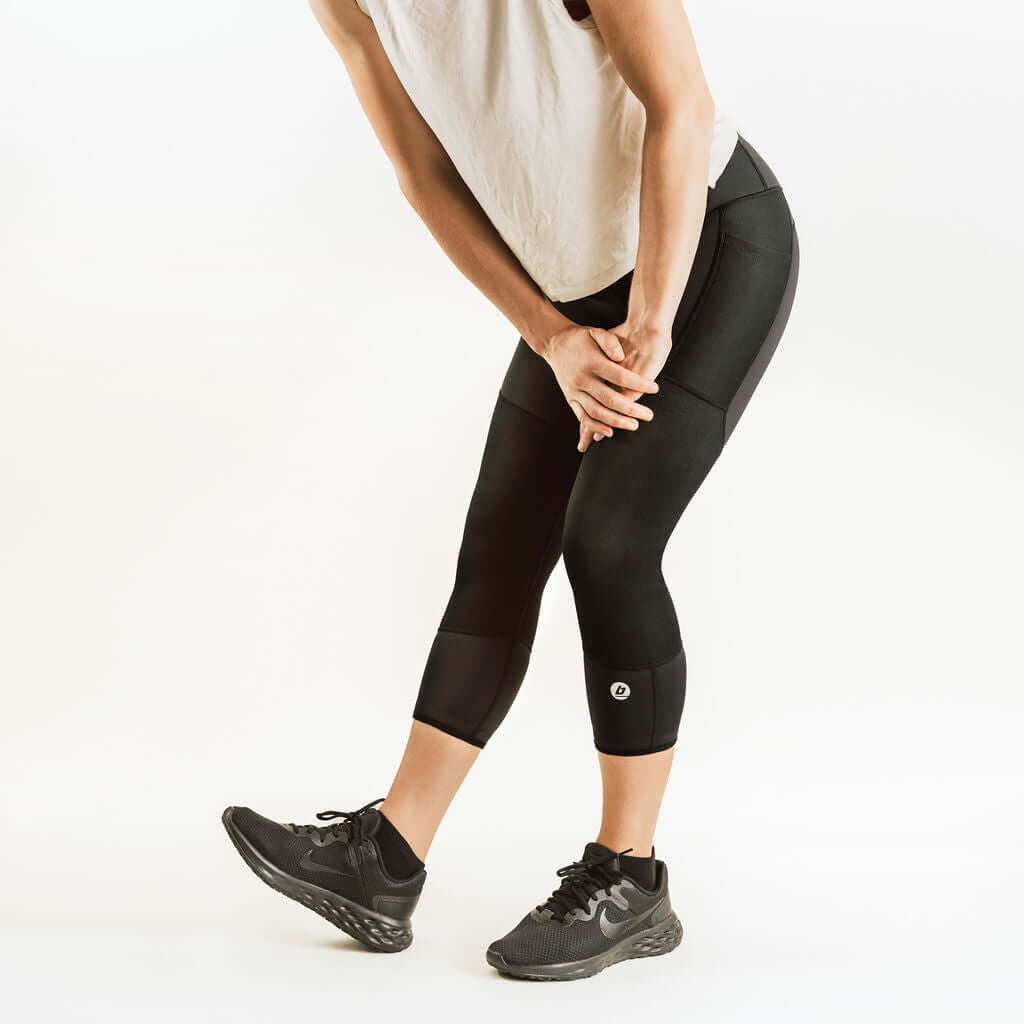

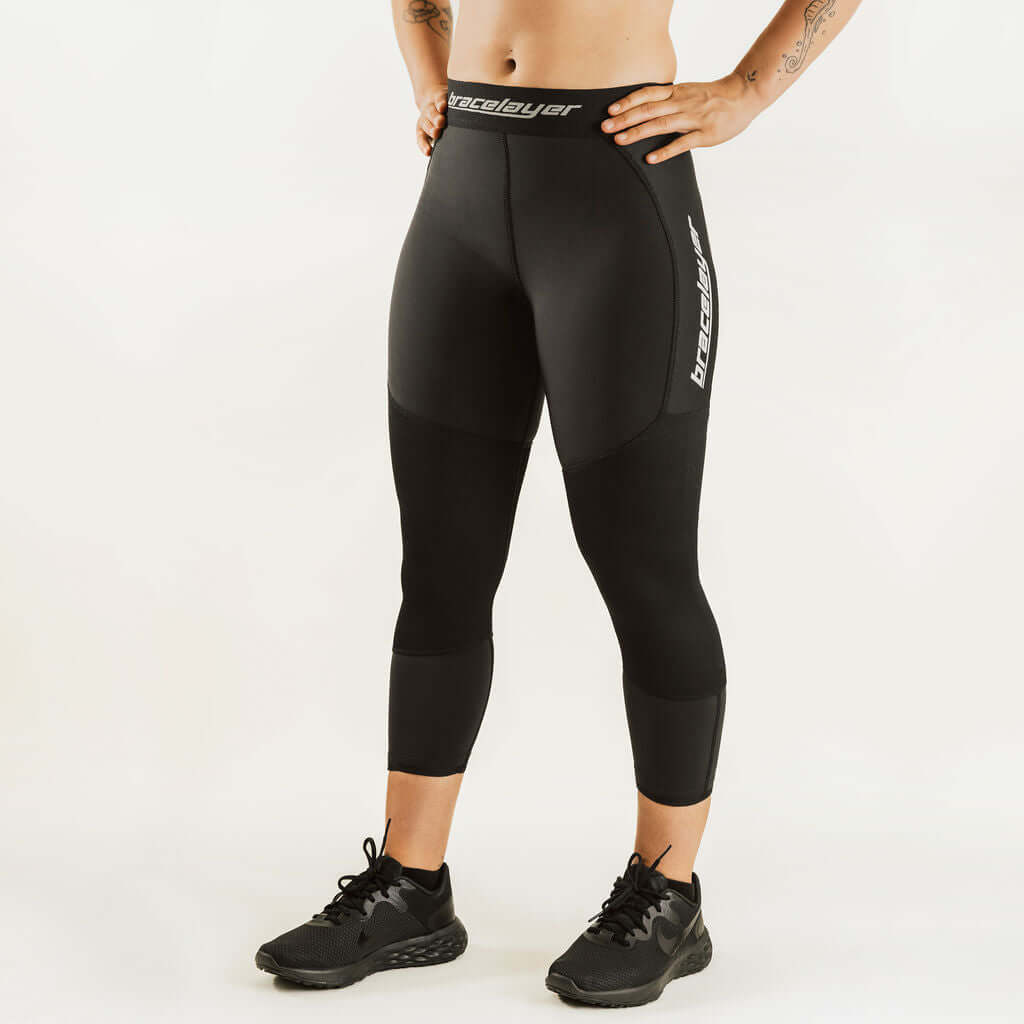
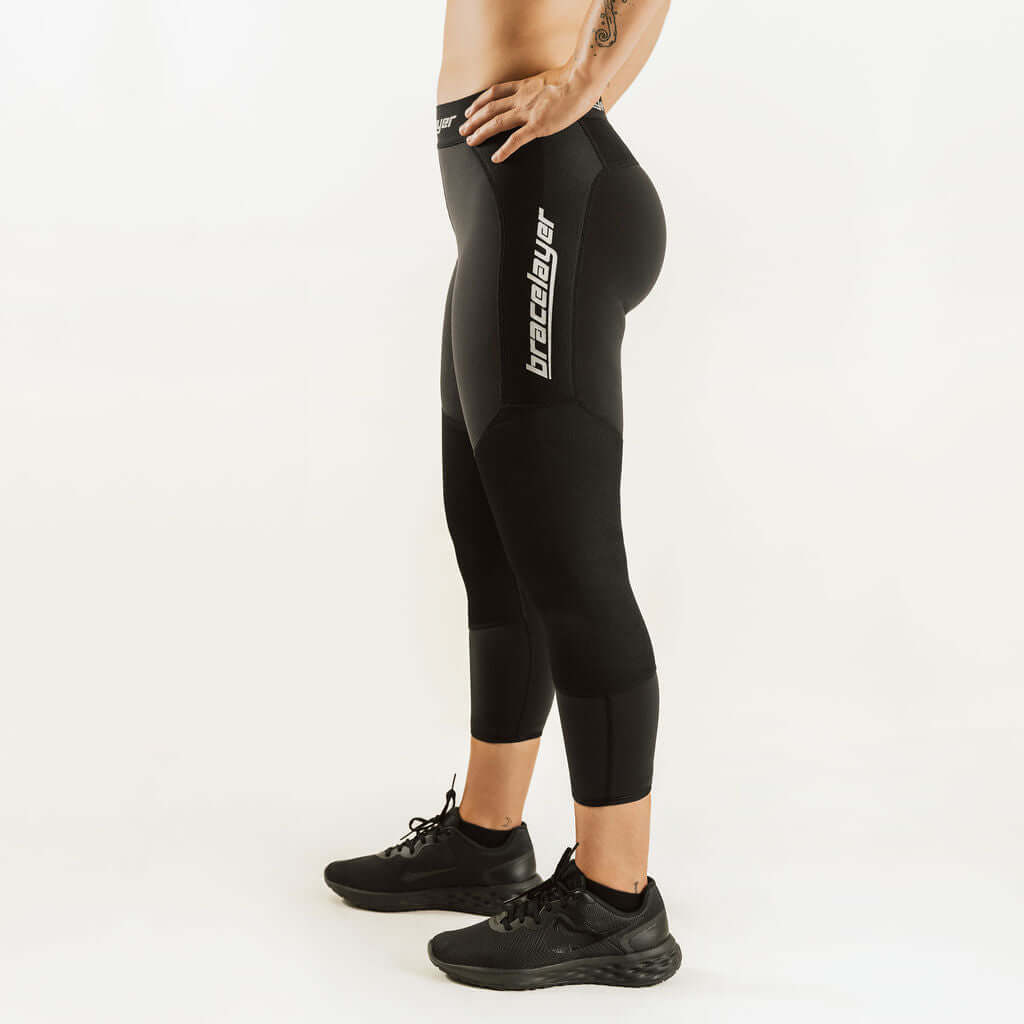

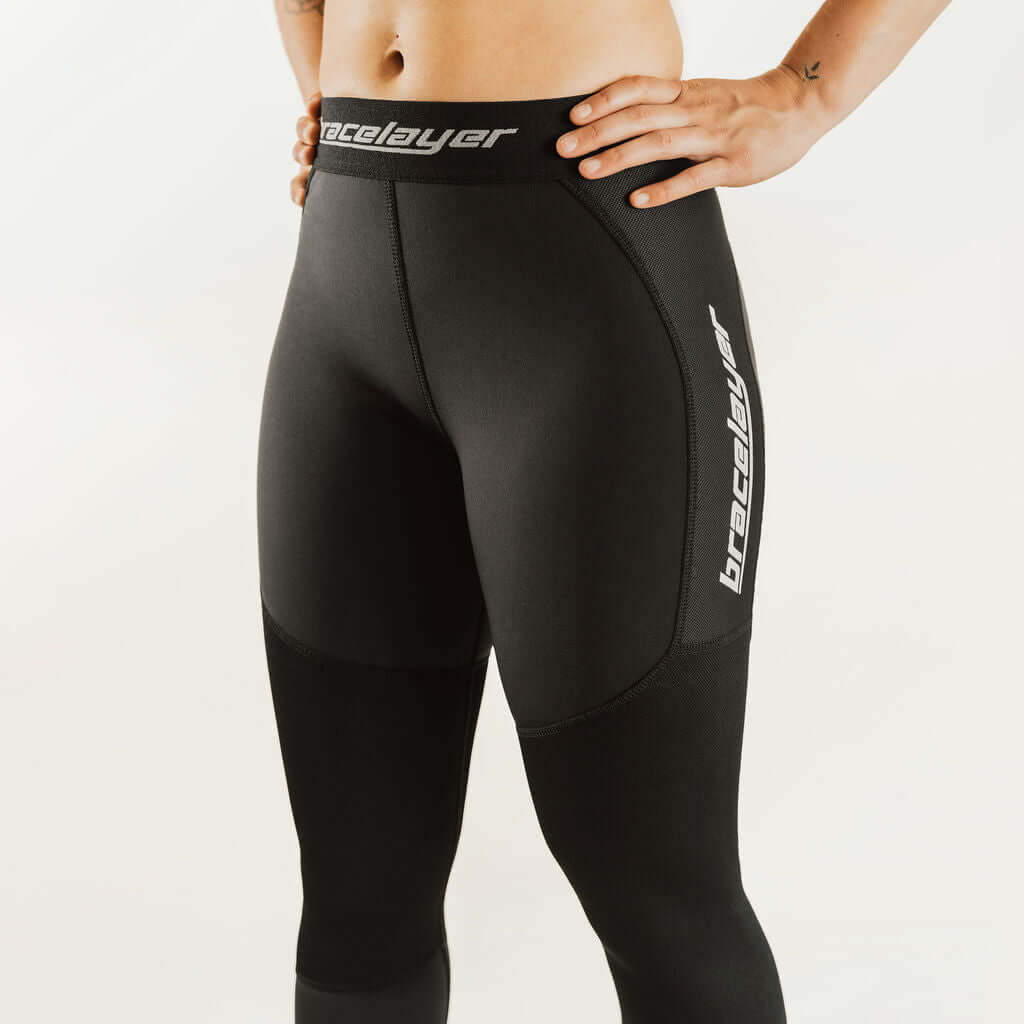
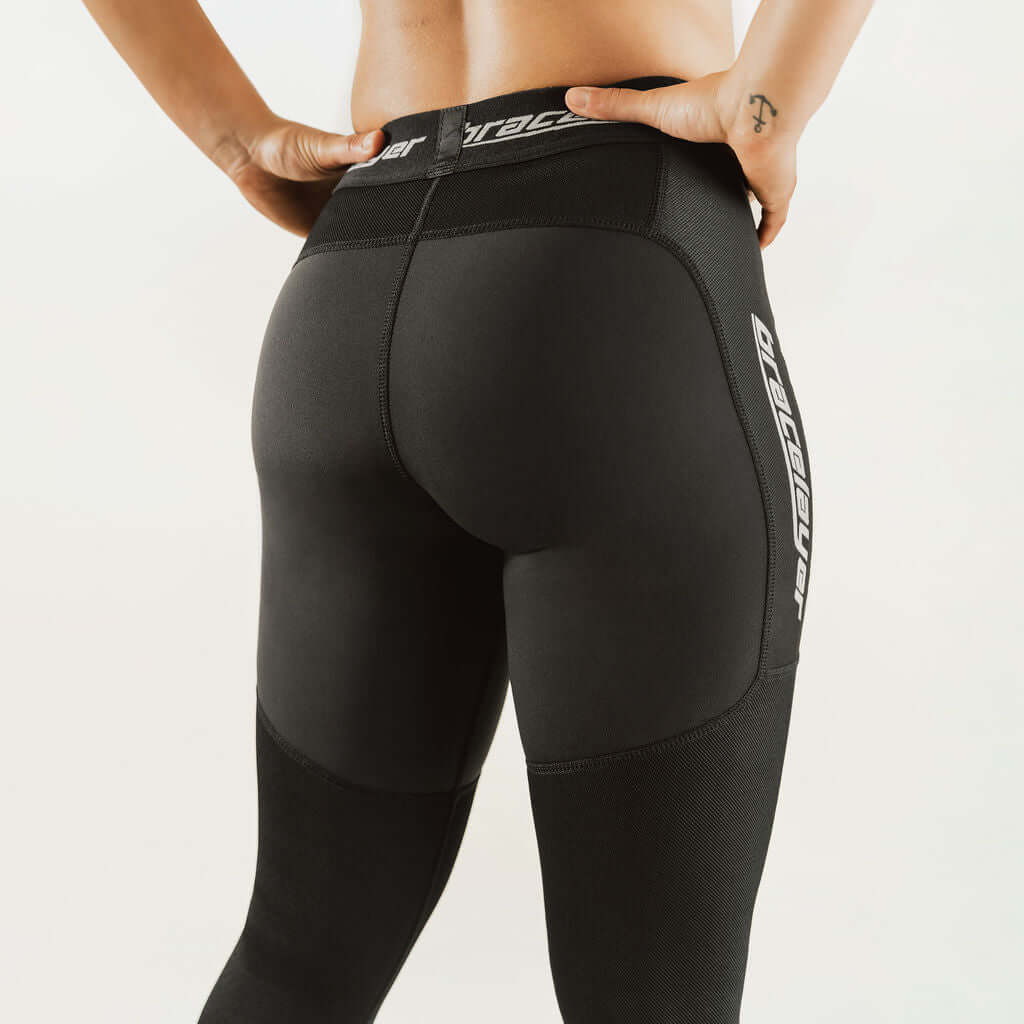
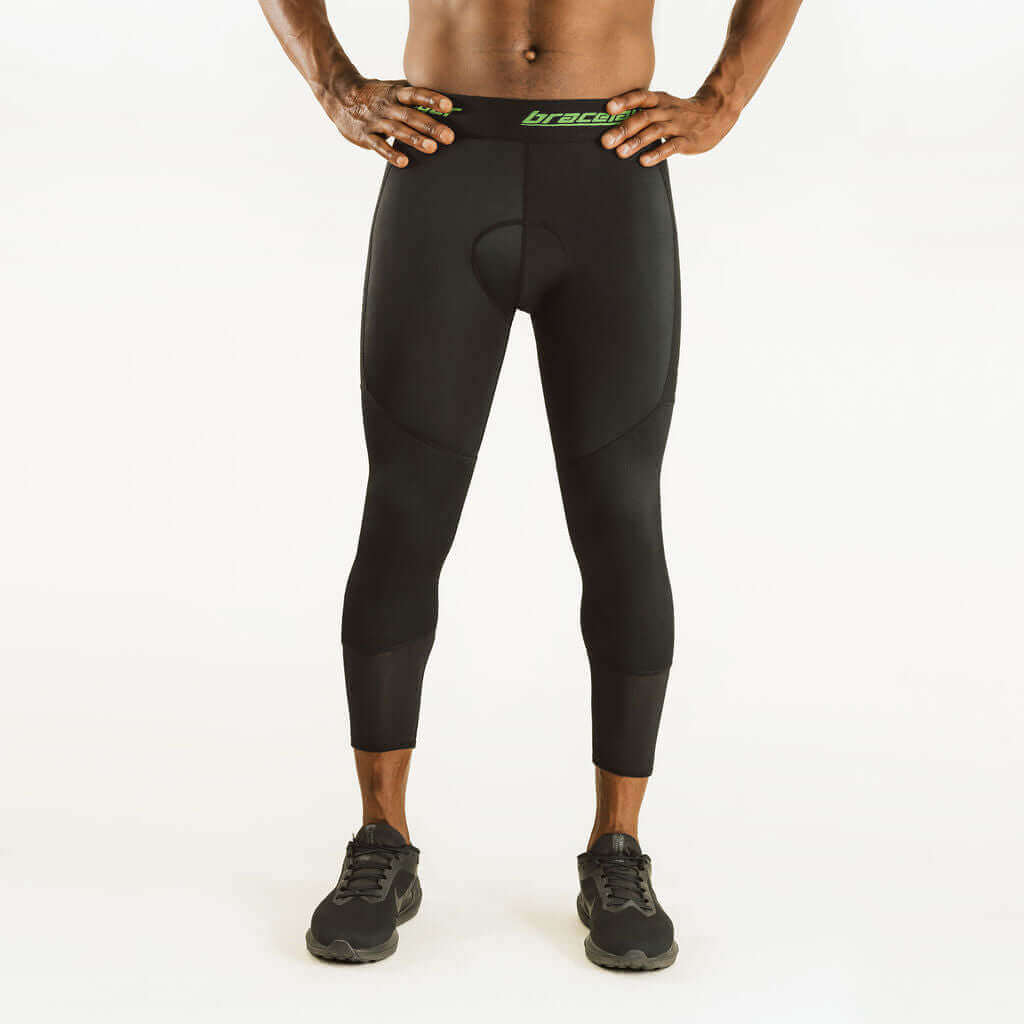
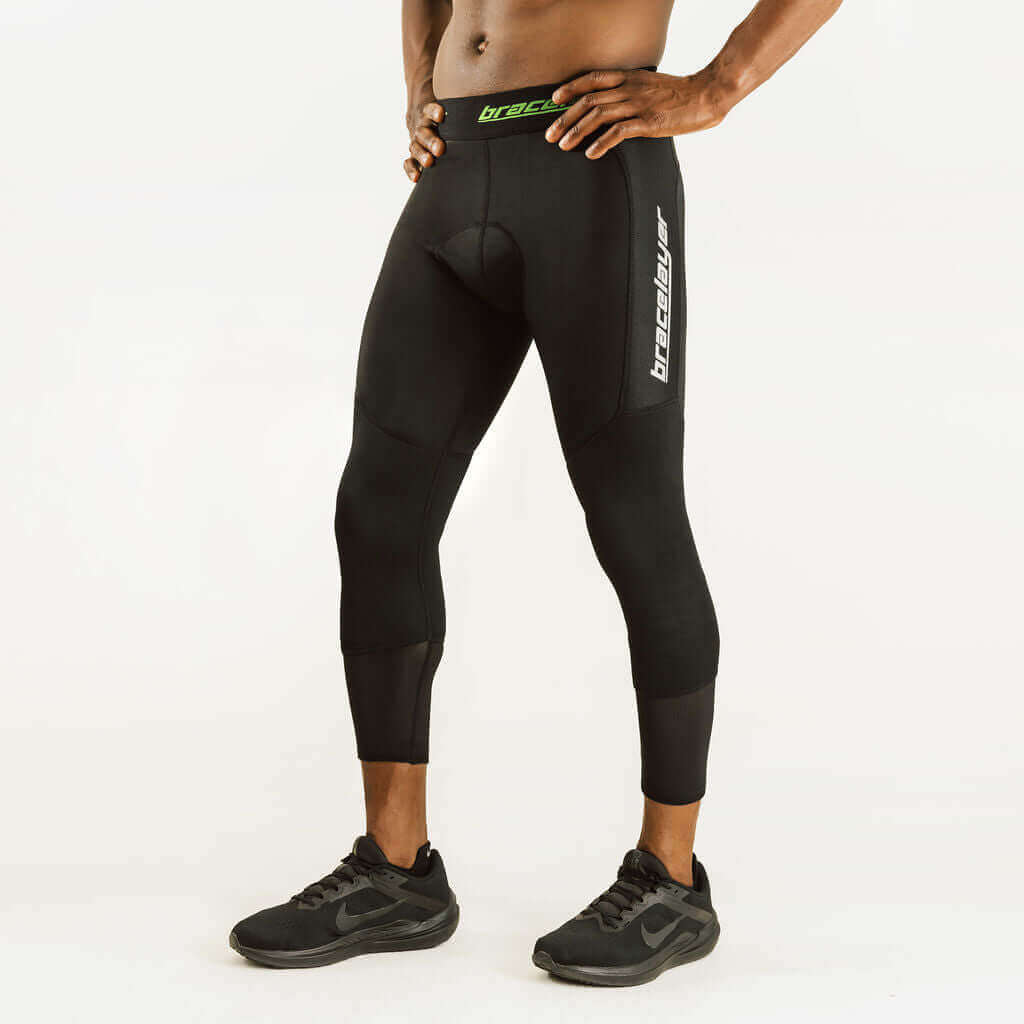
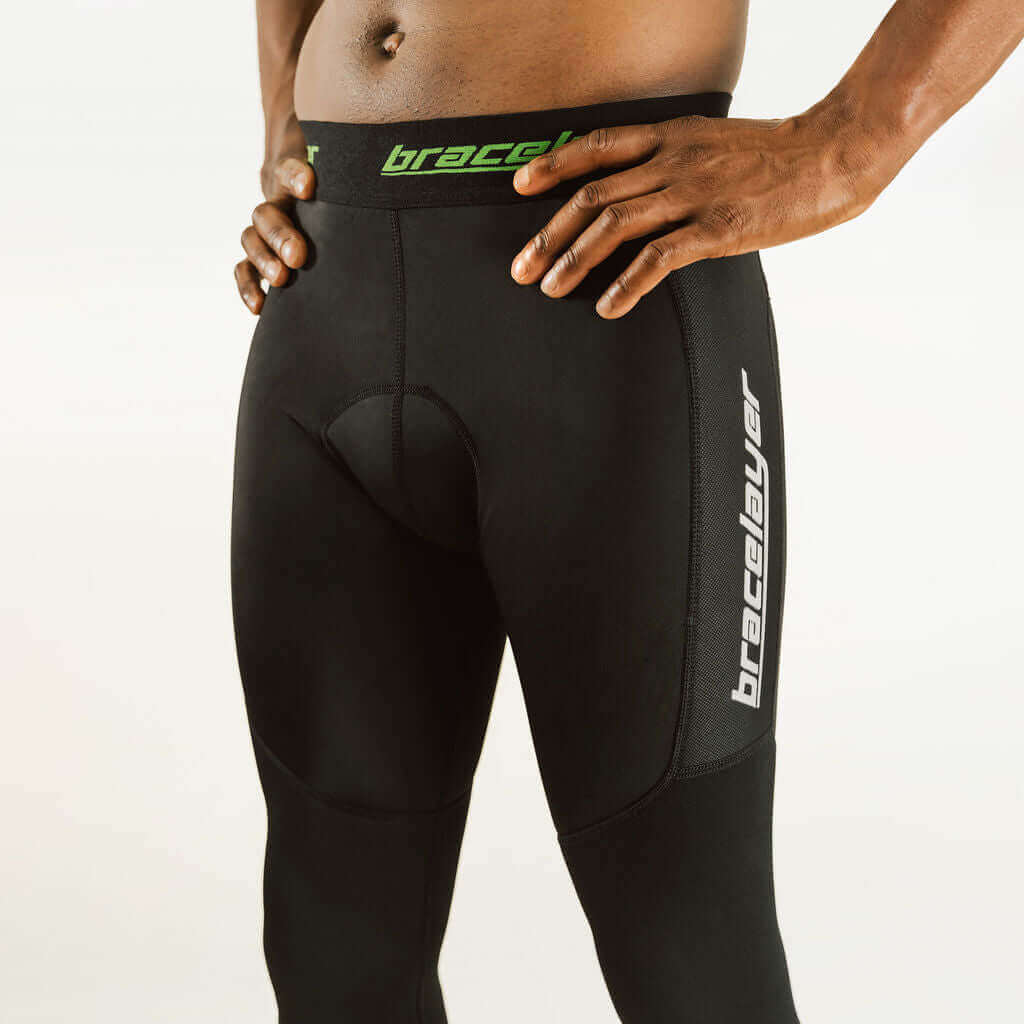
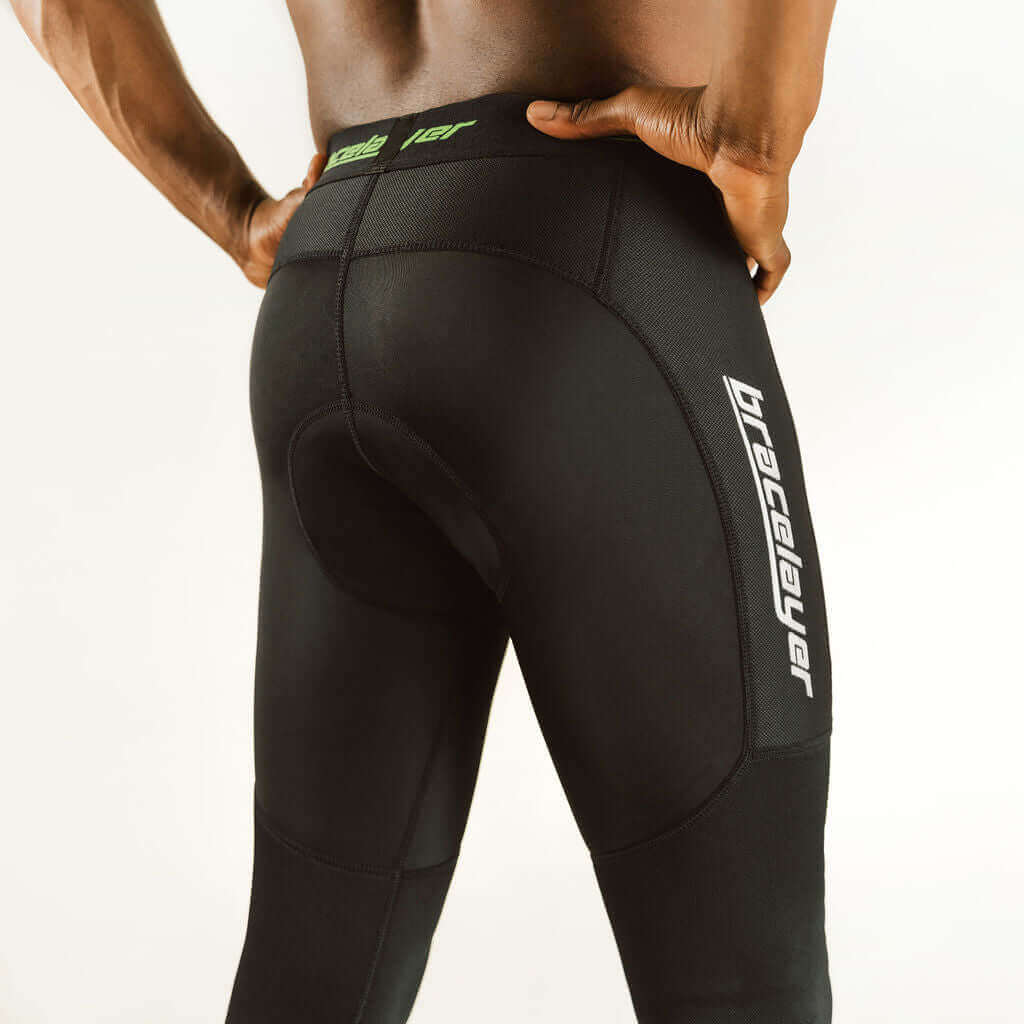


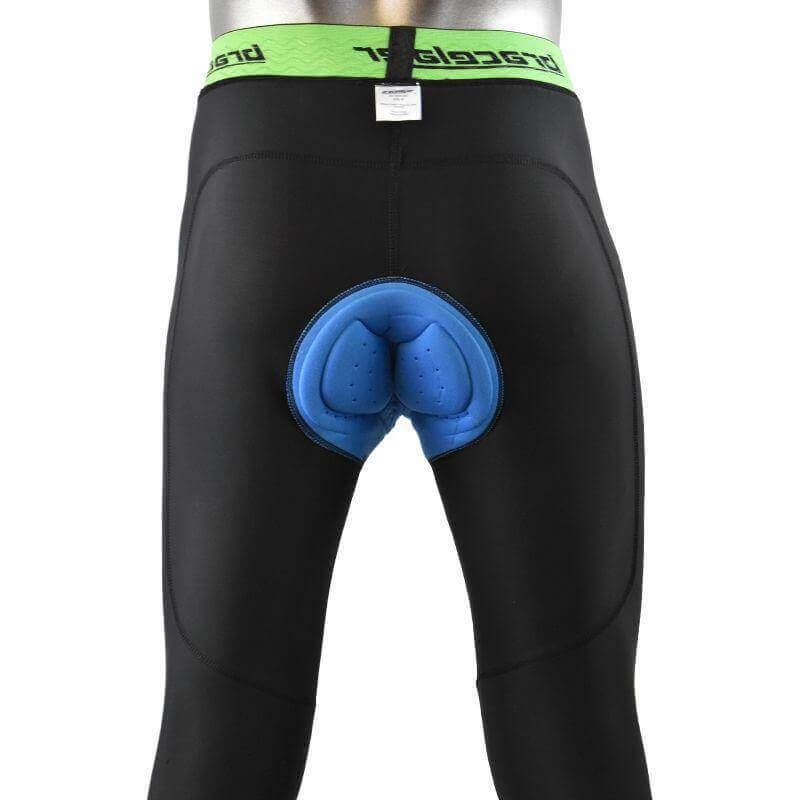

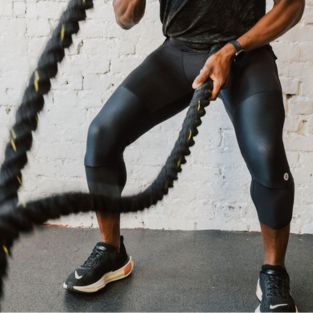
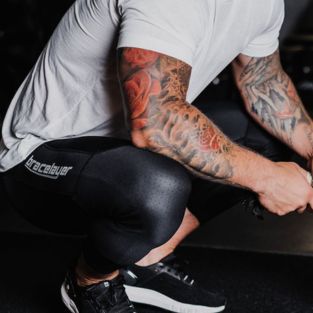

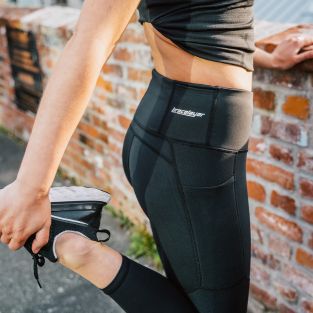
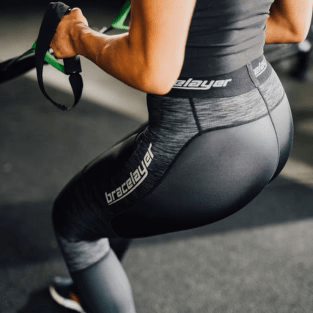


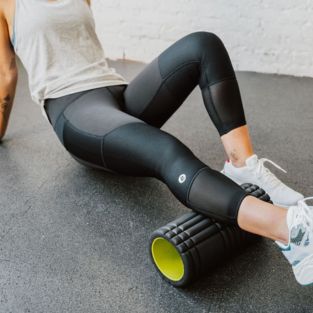
Leave a comment